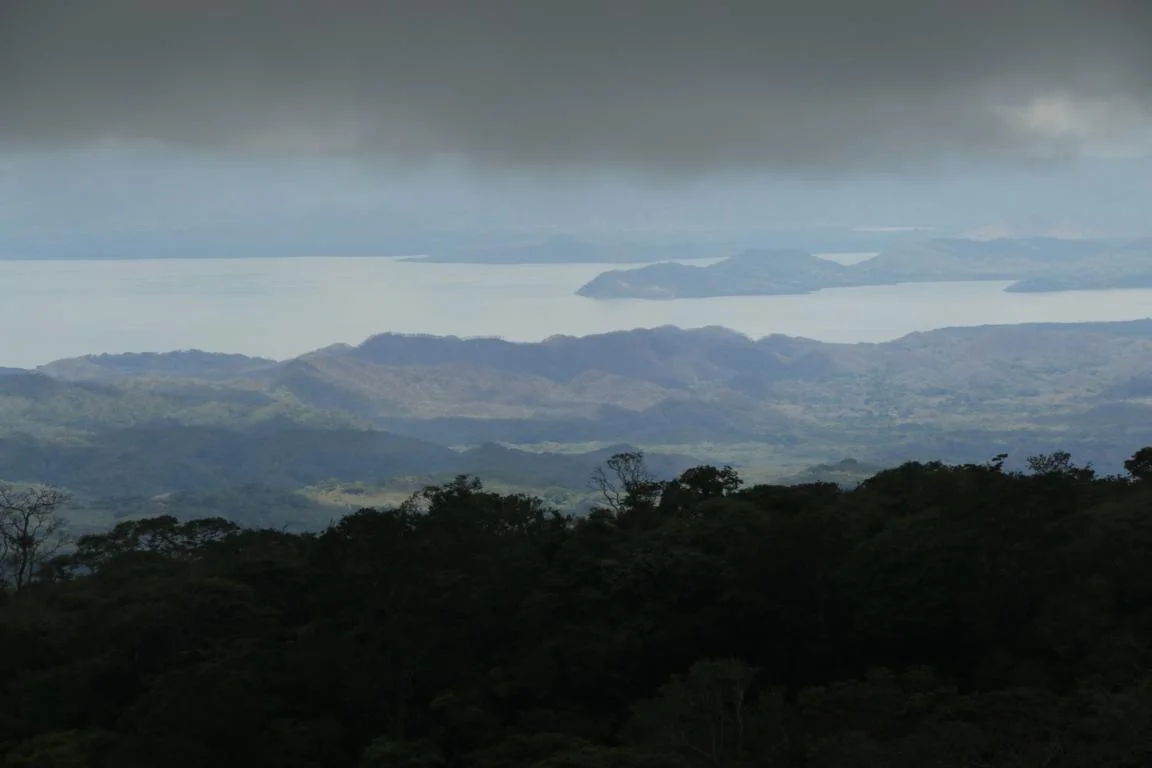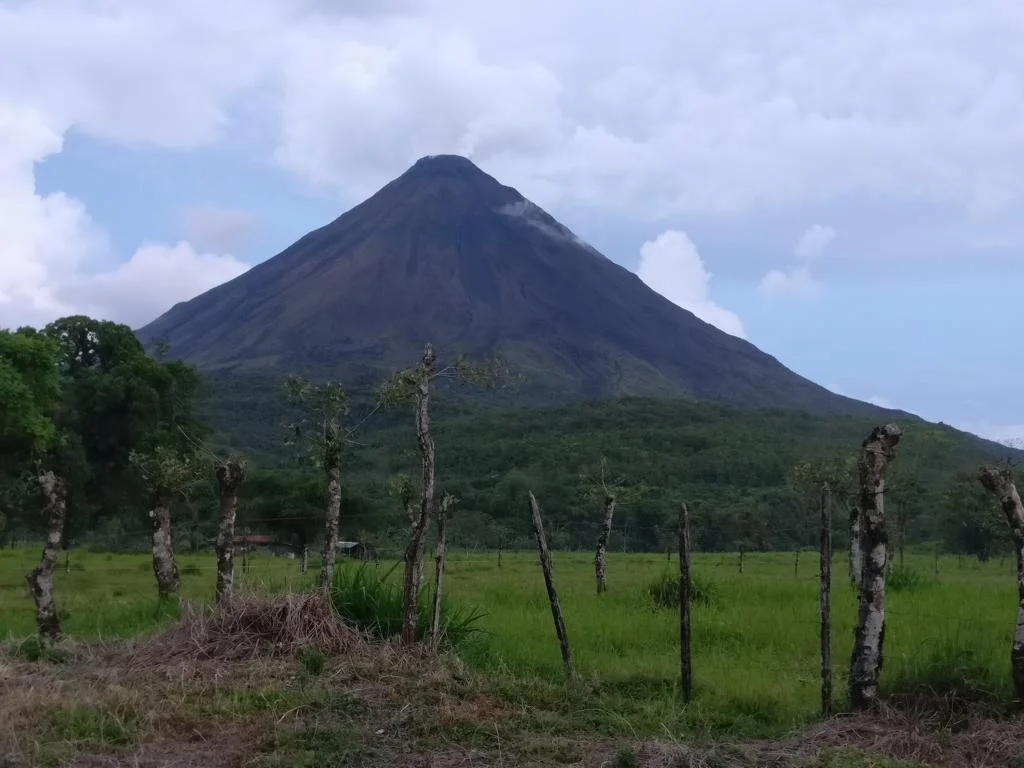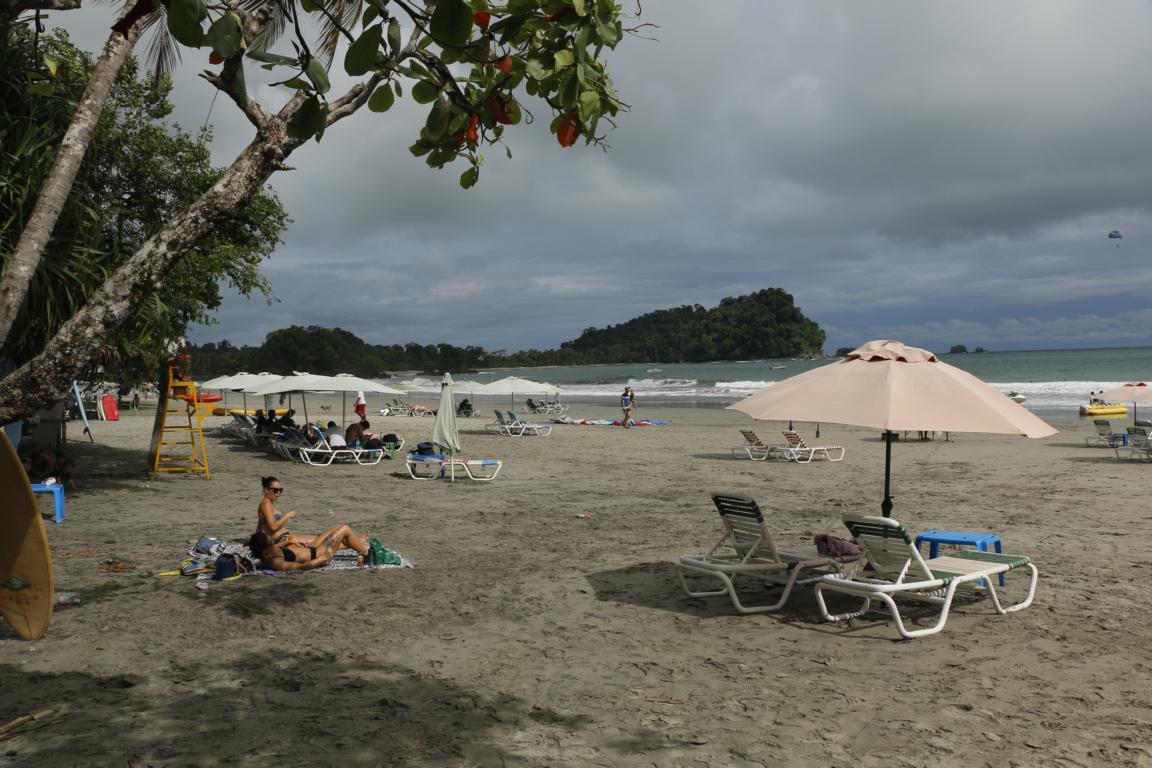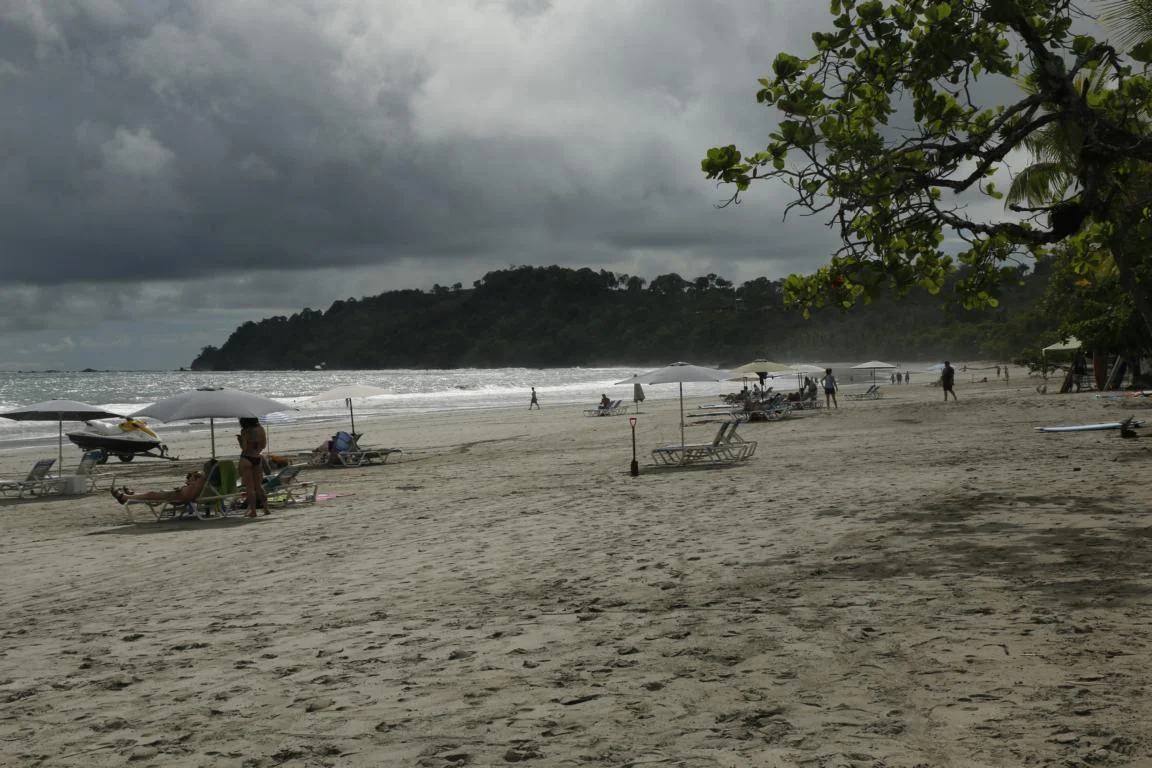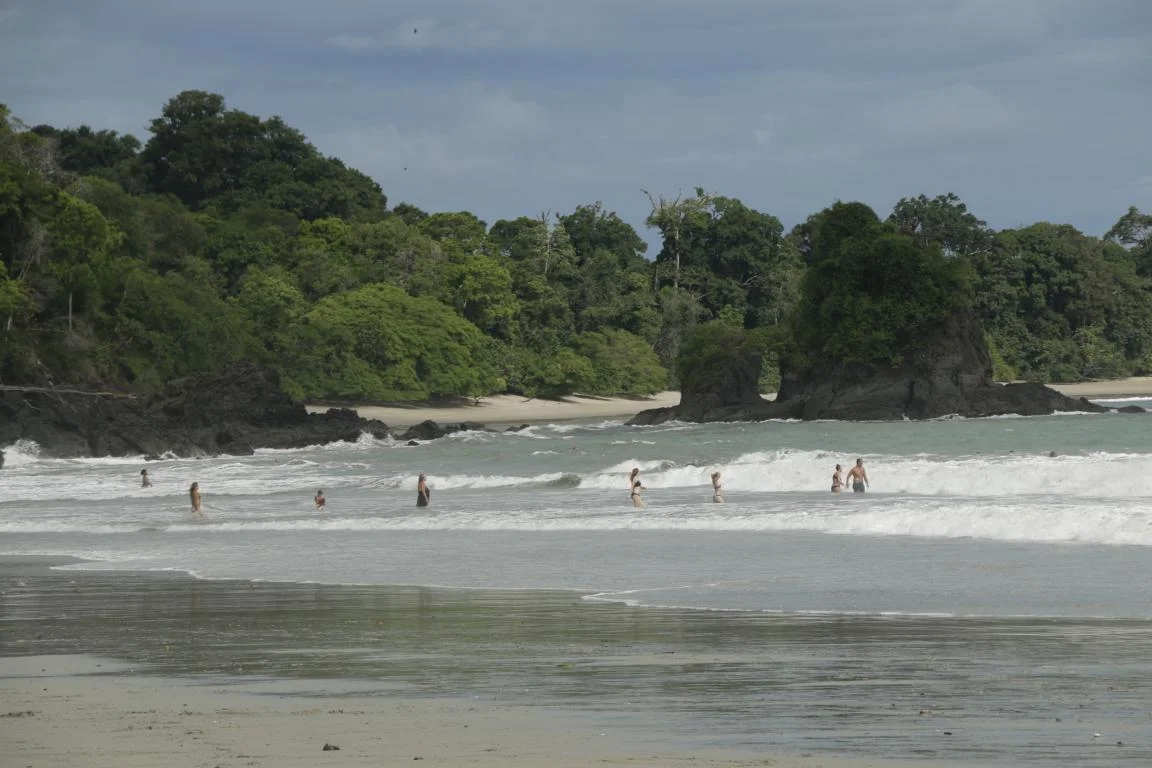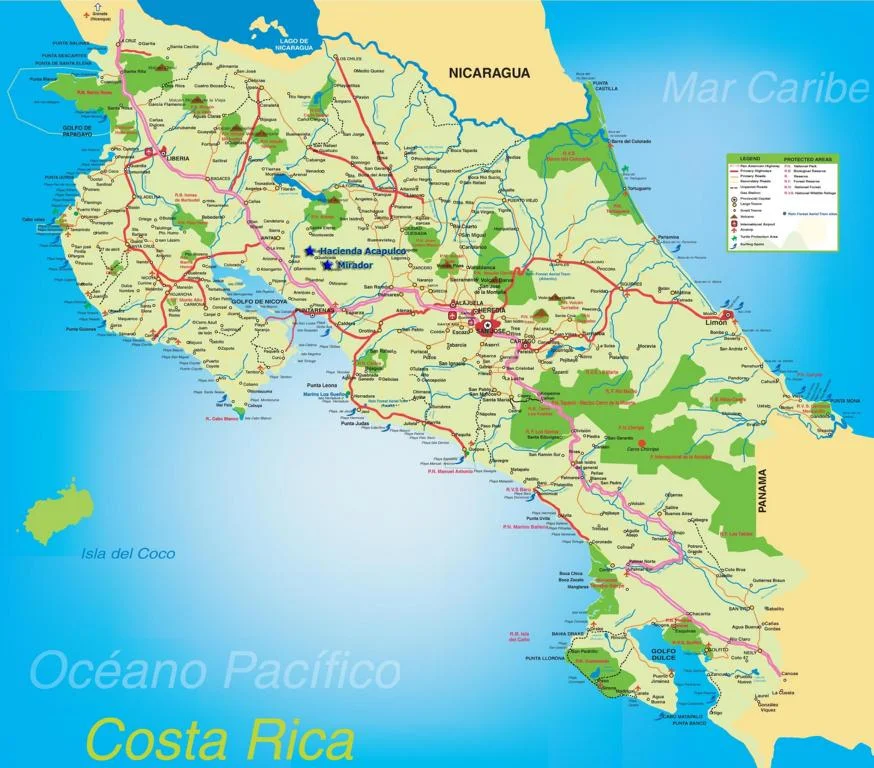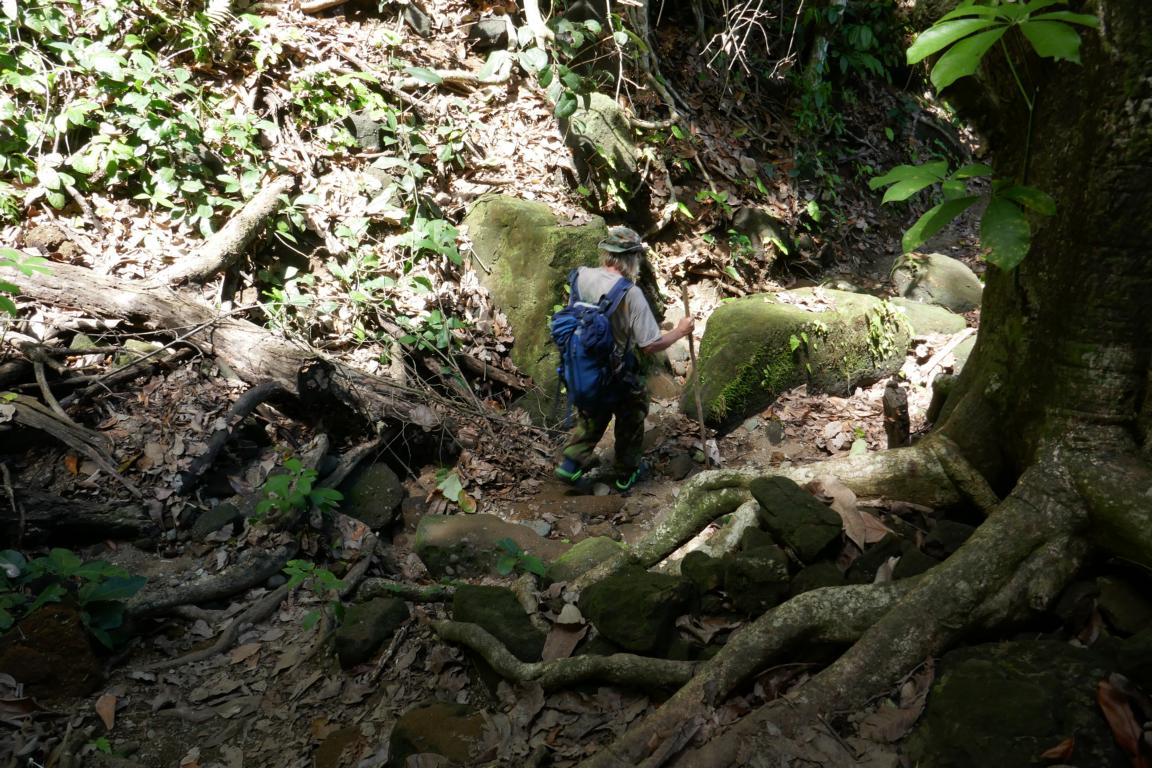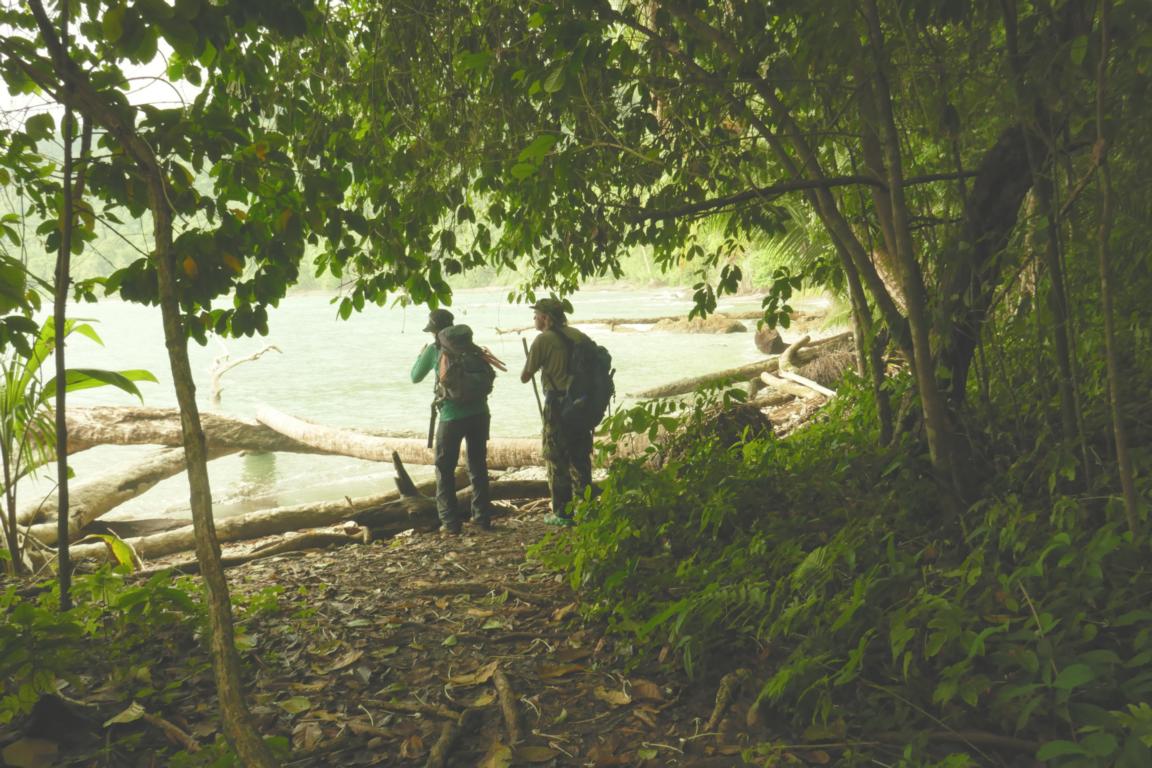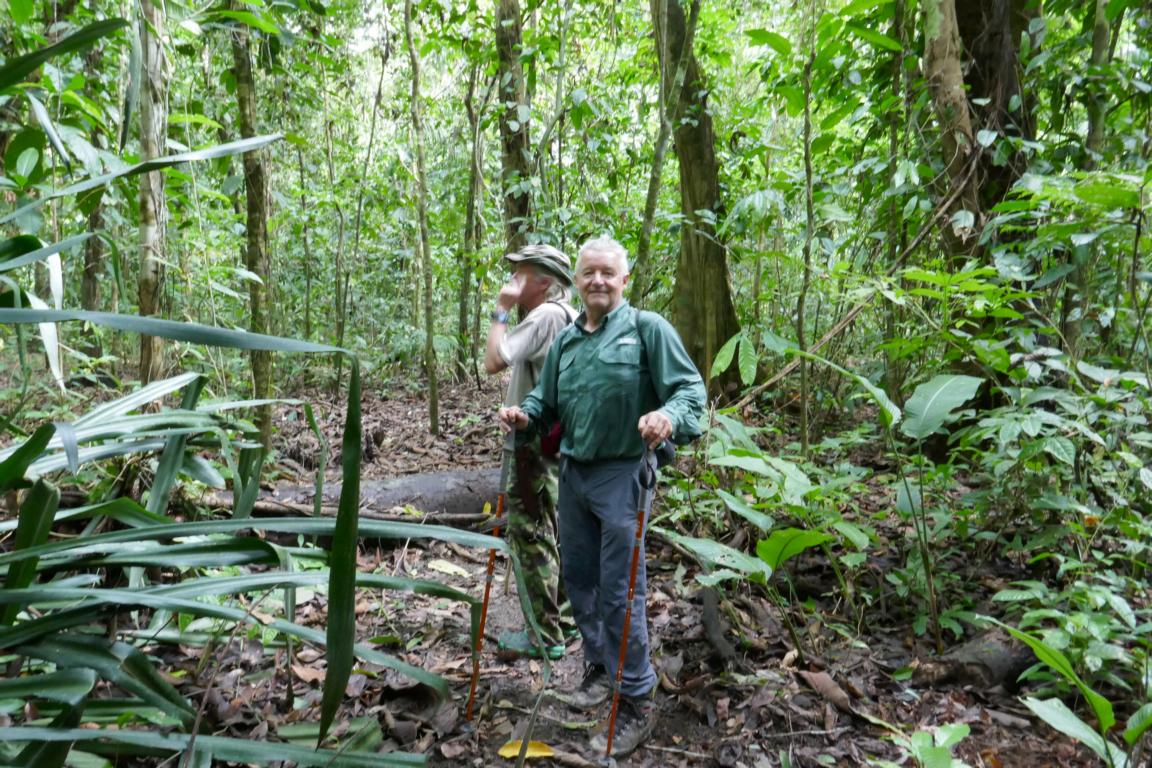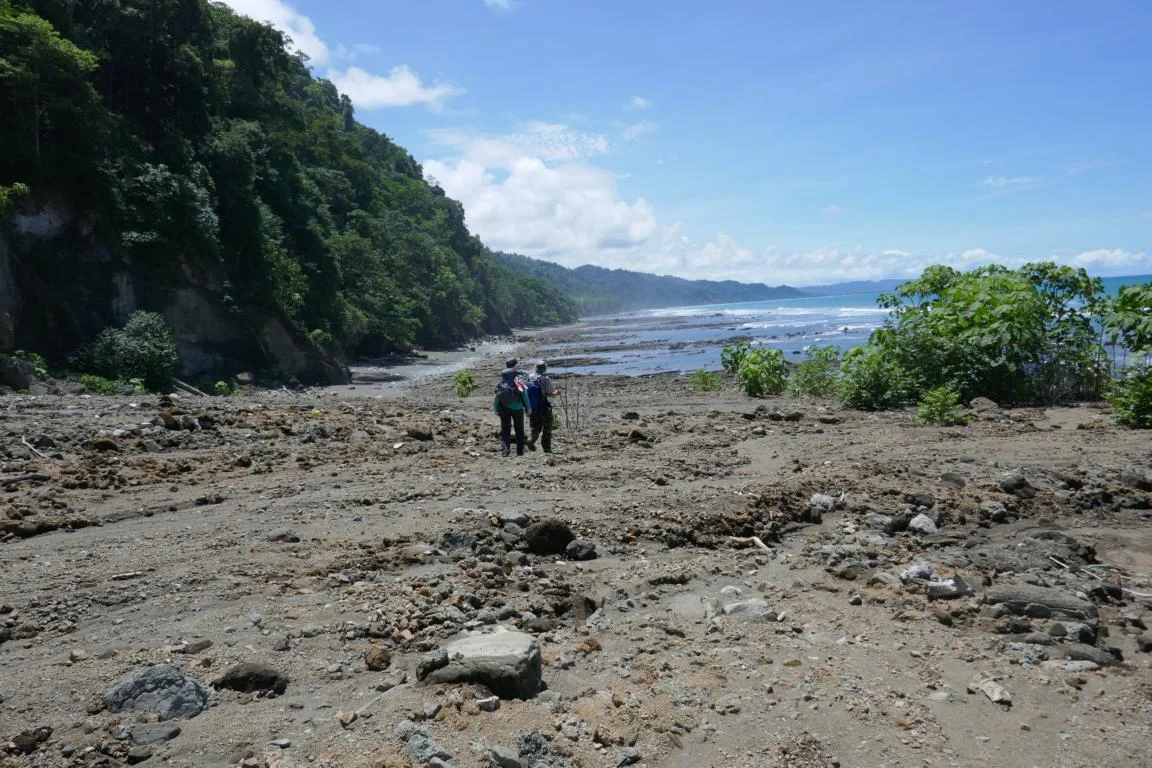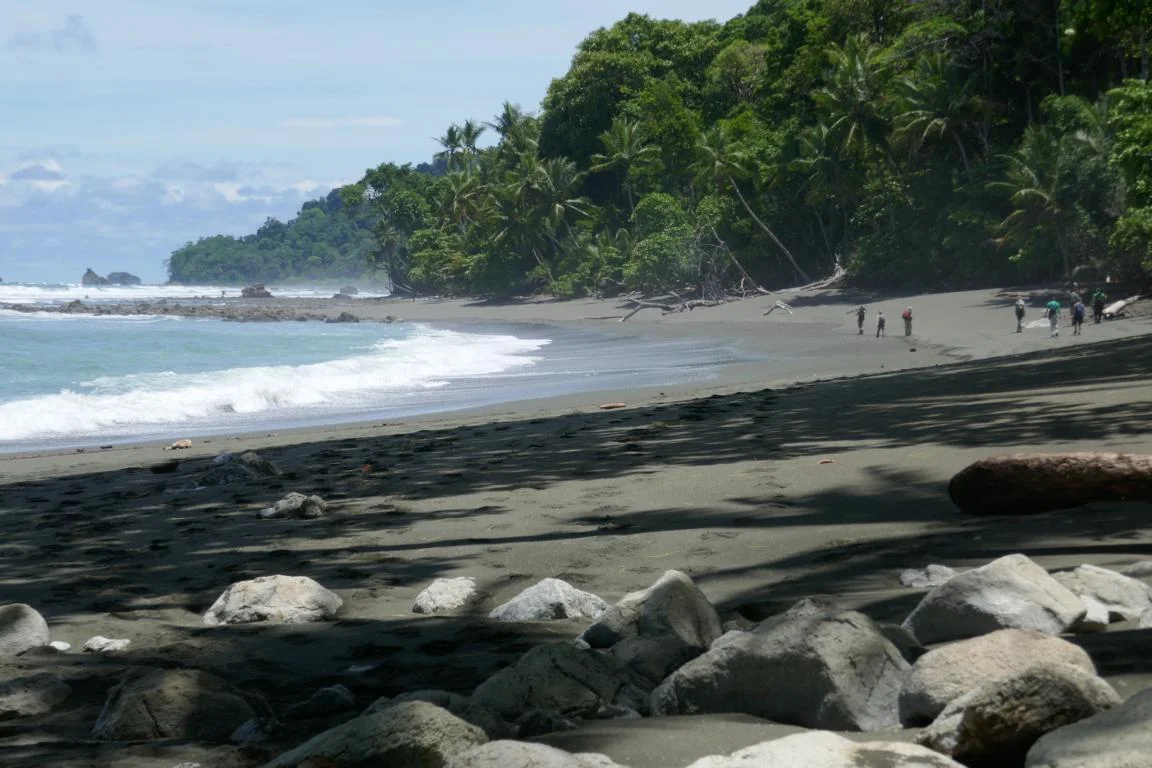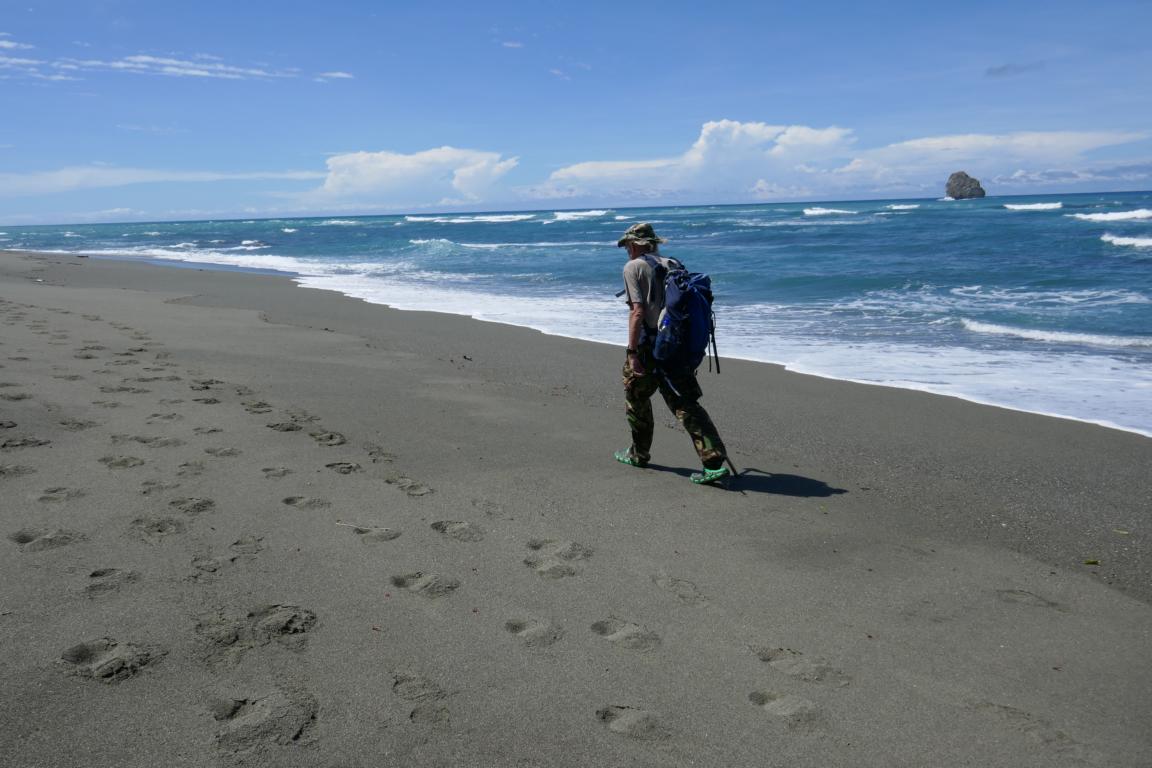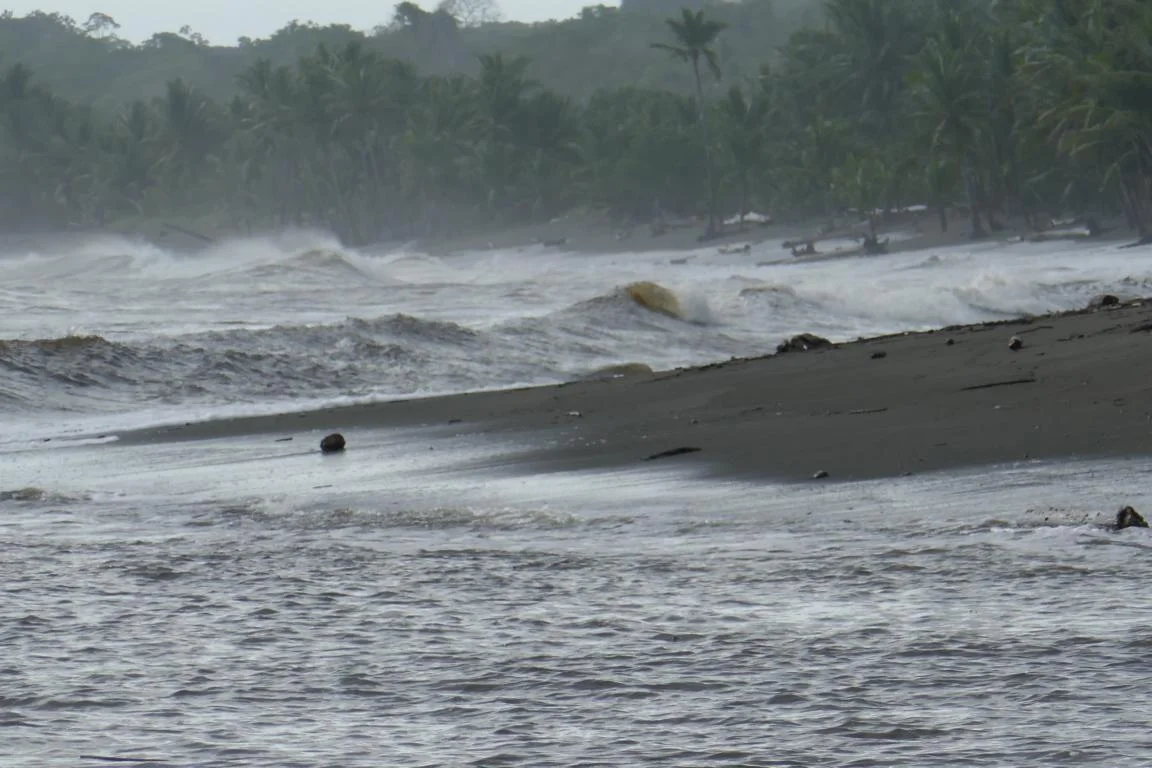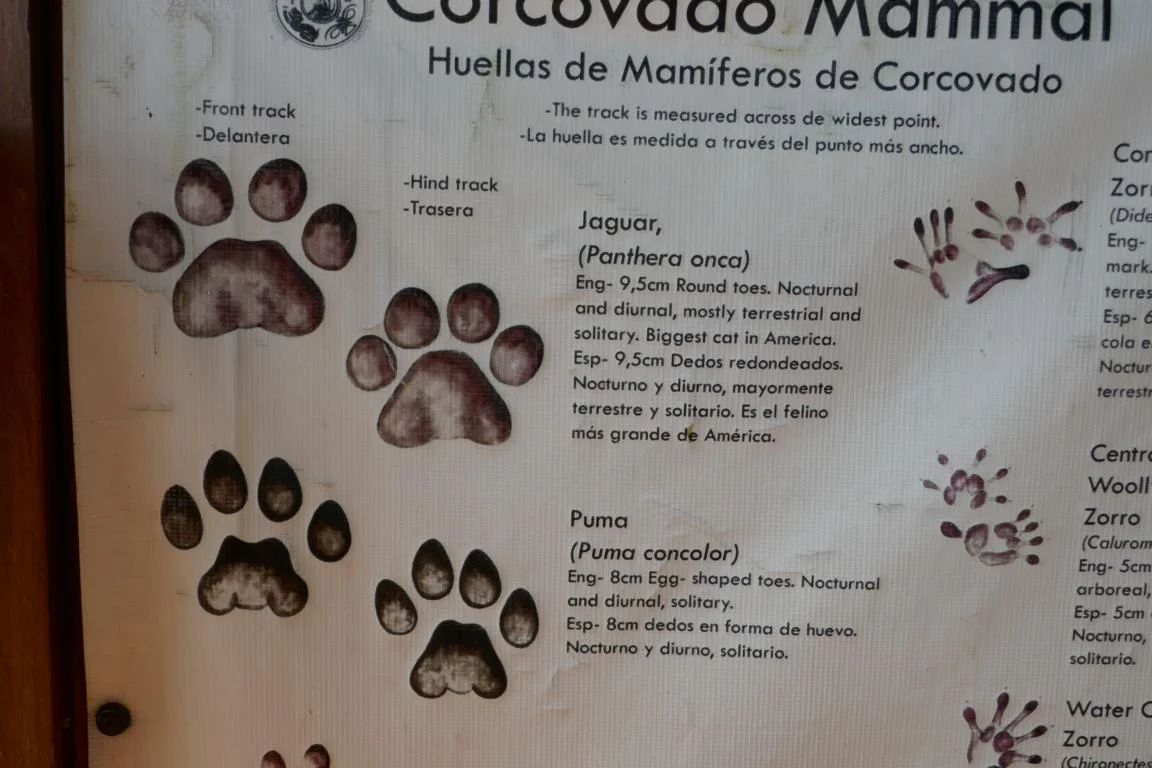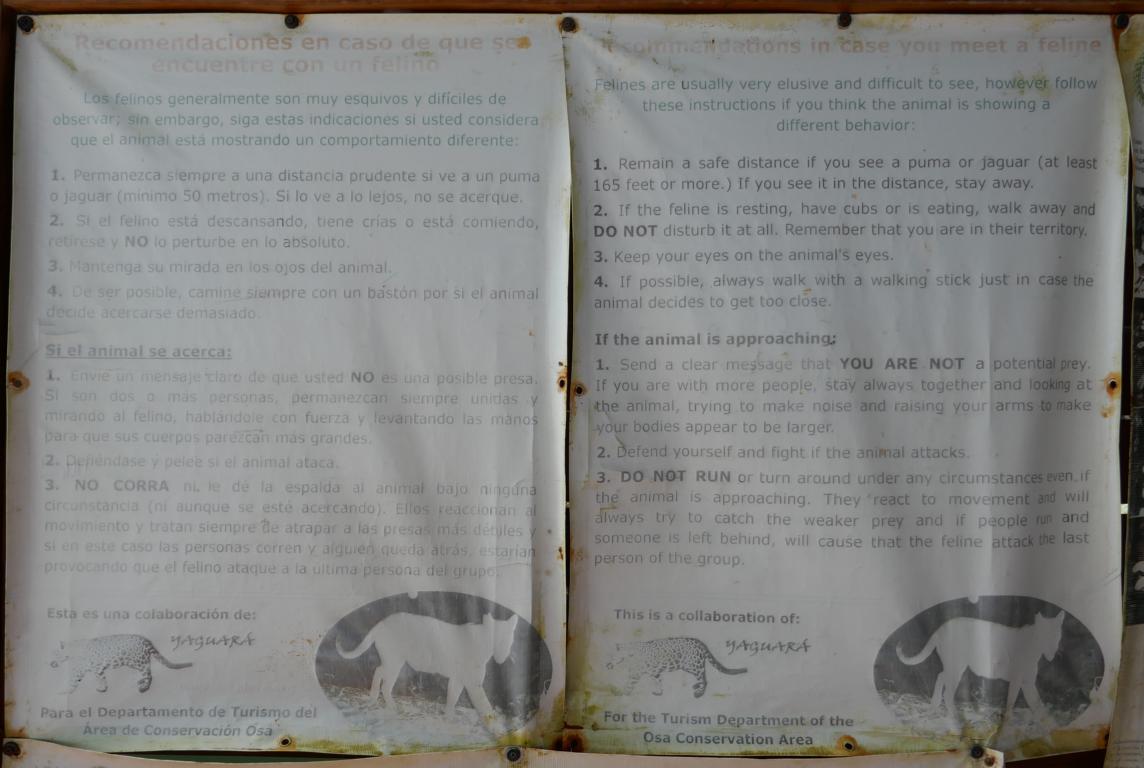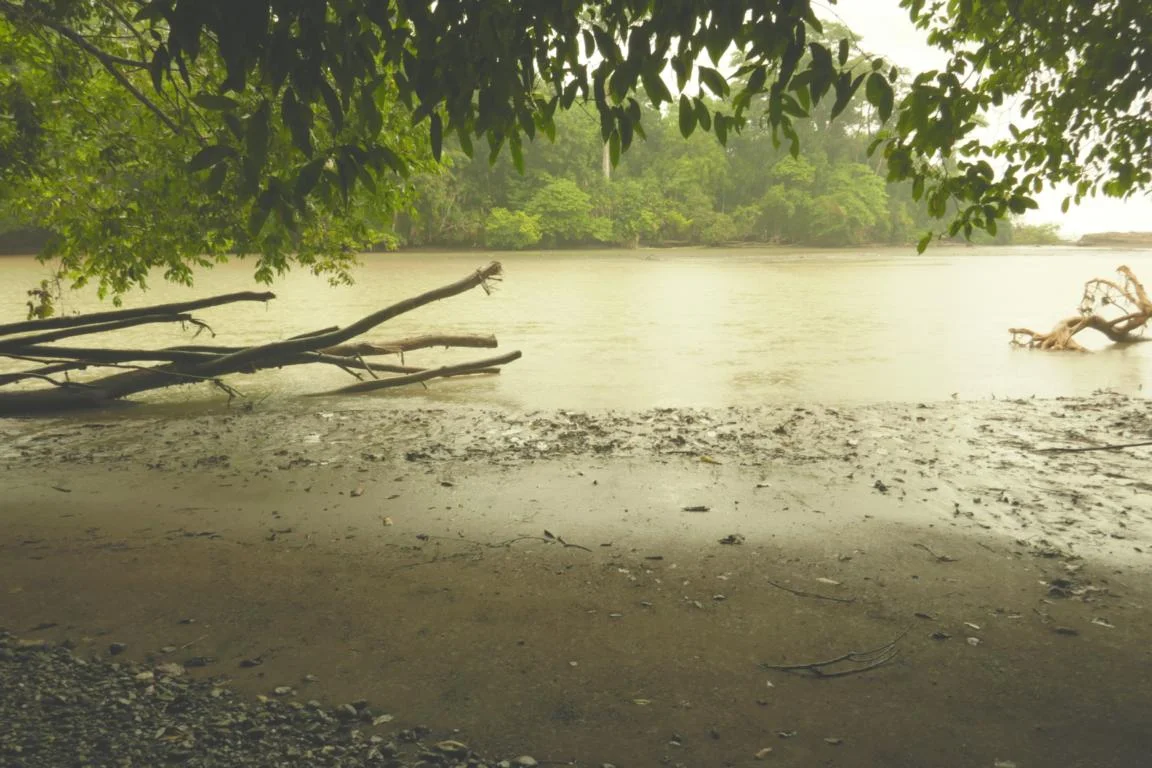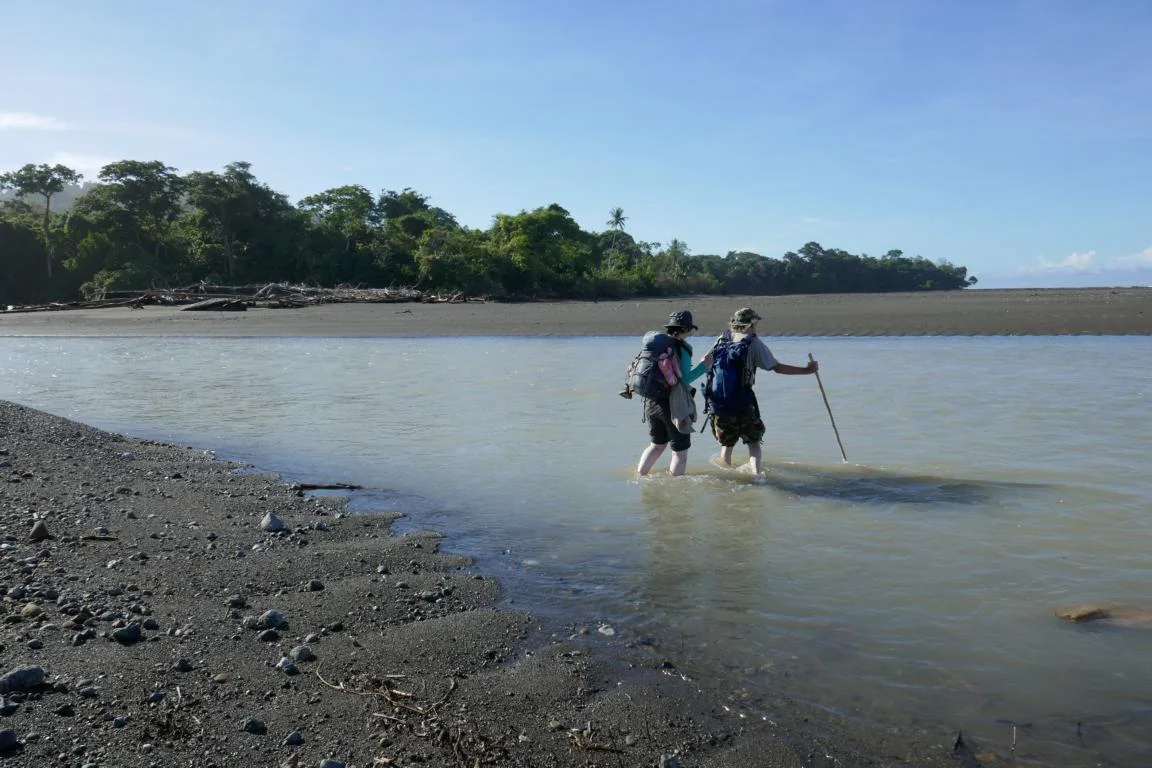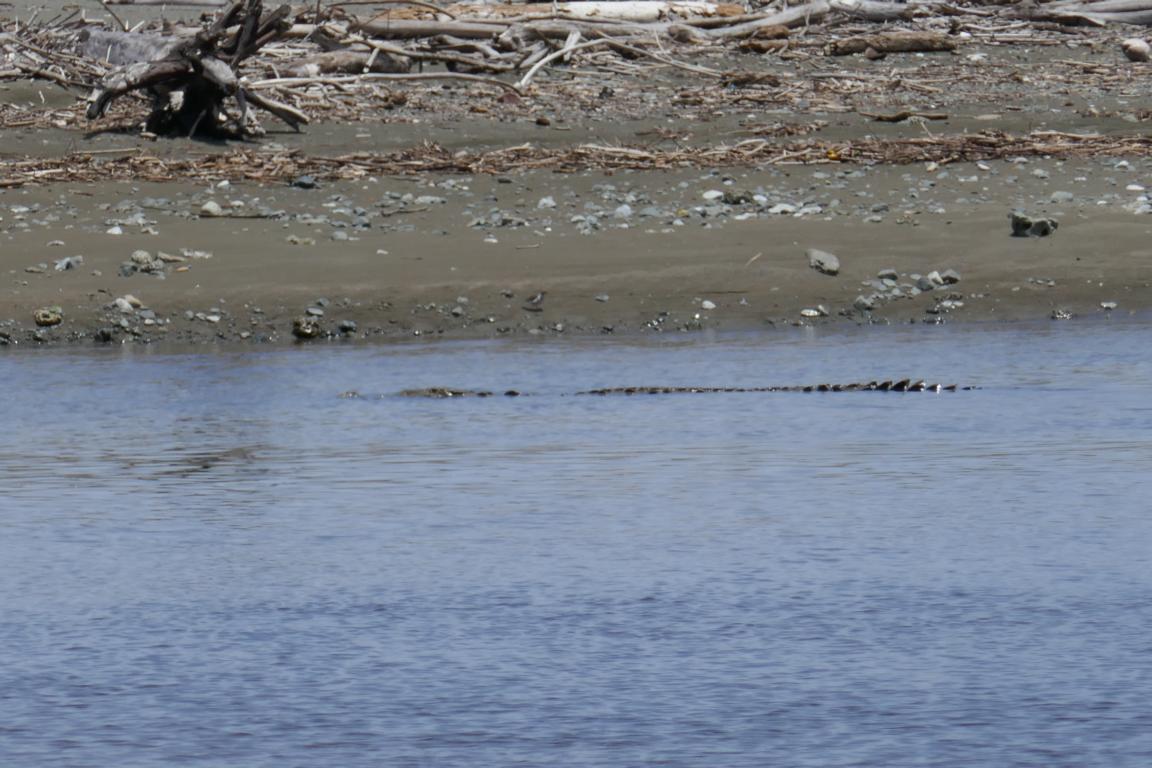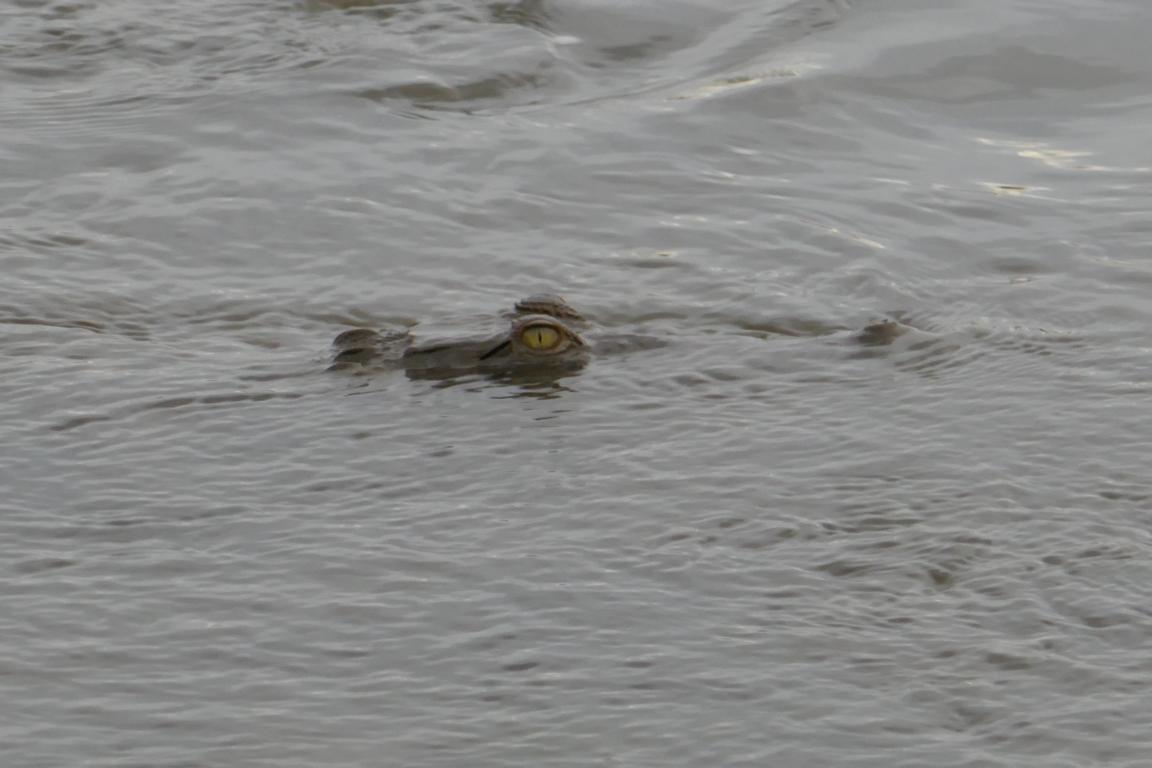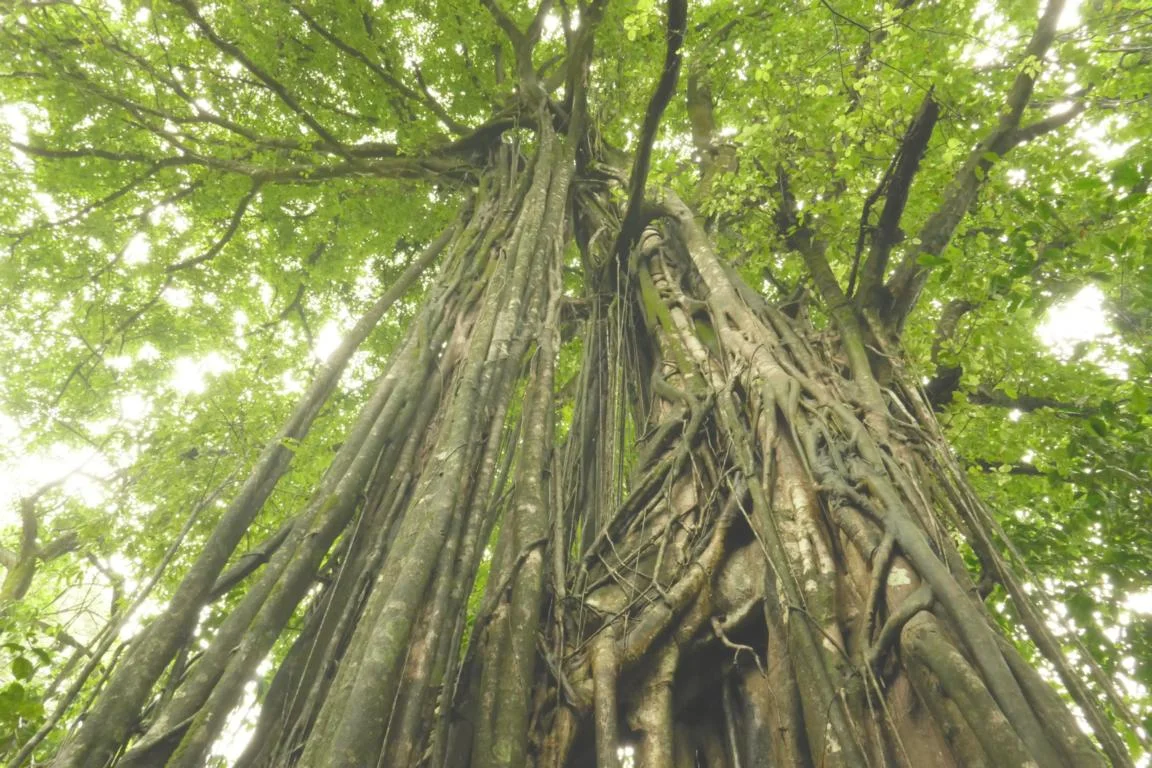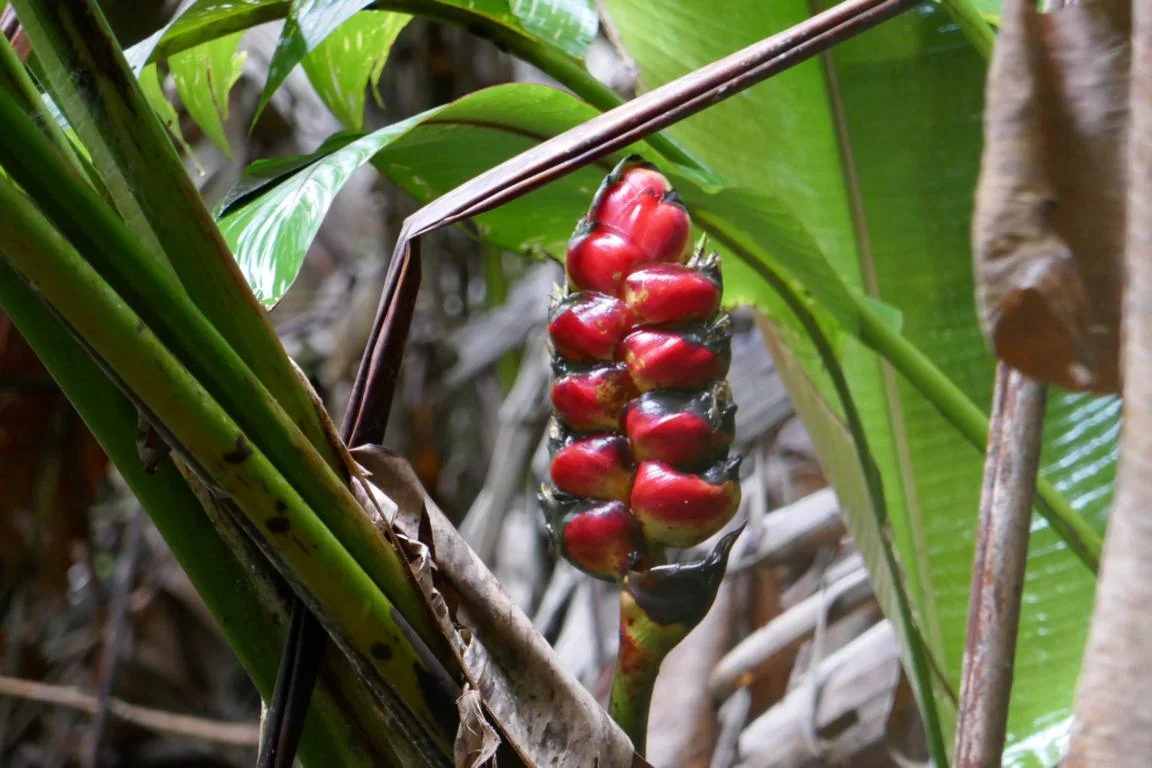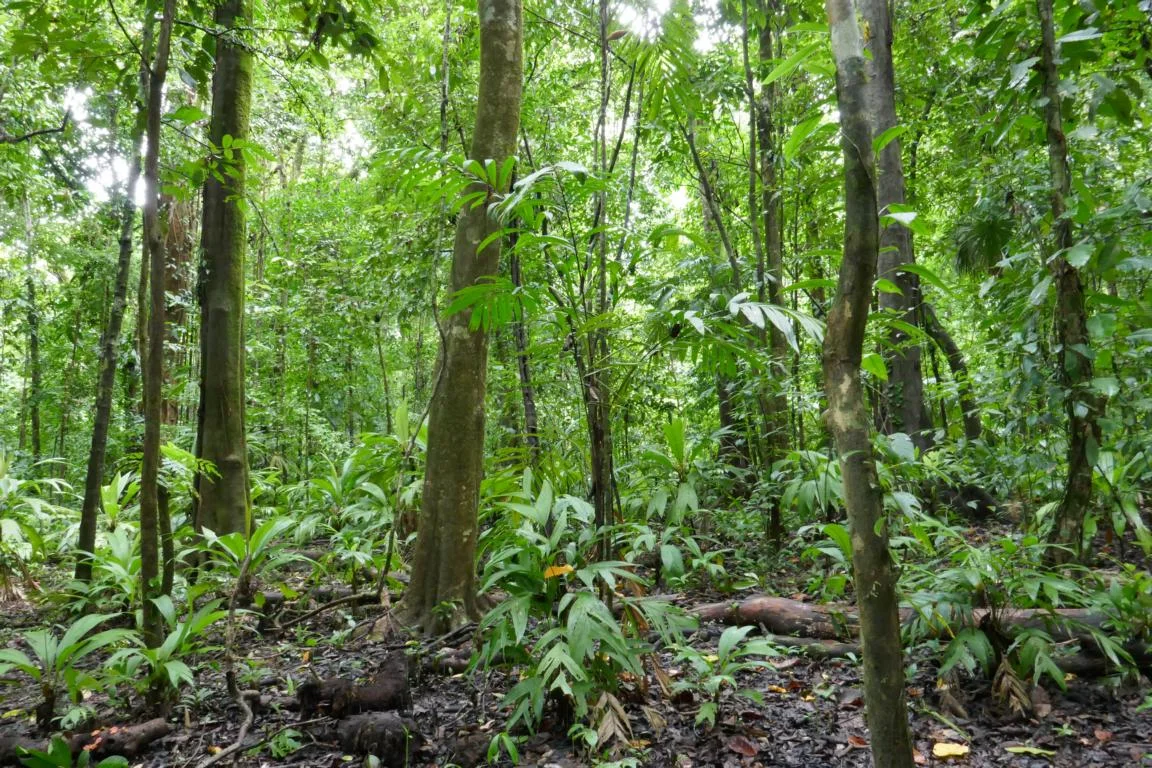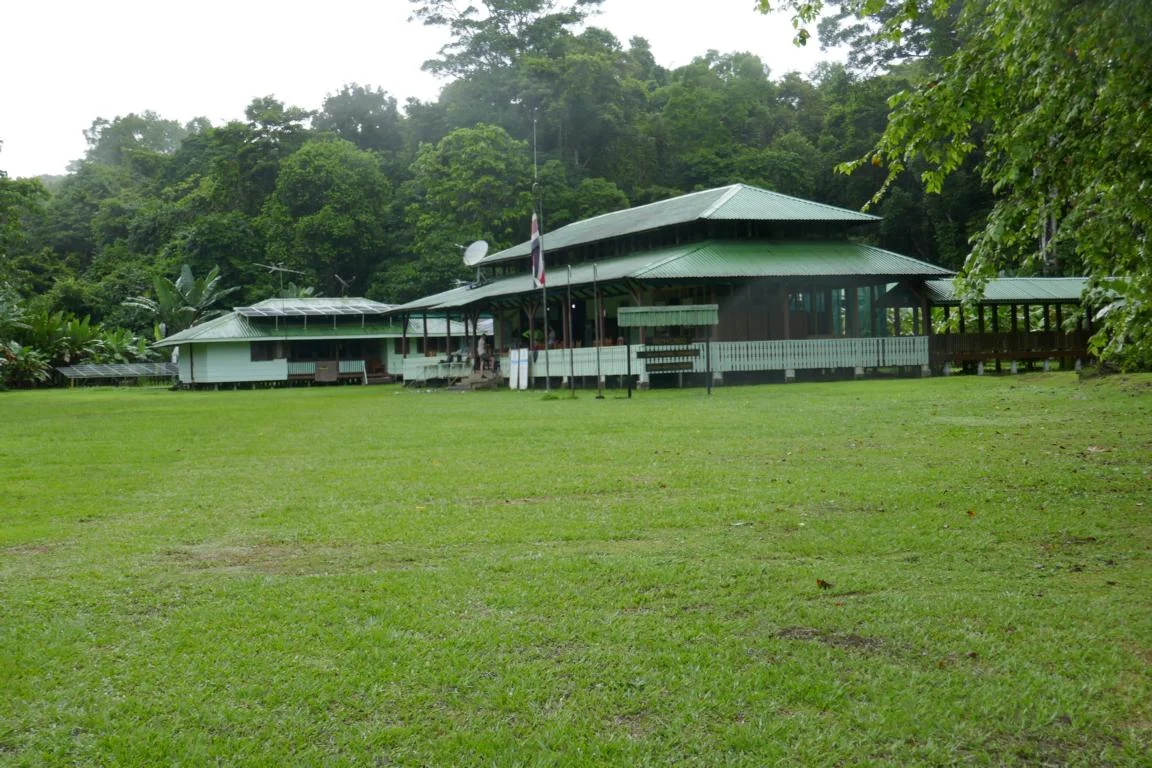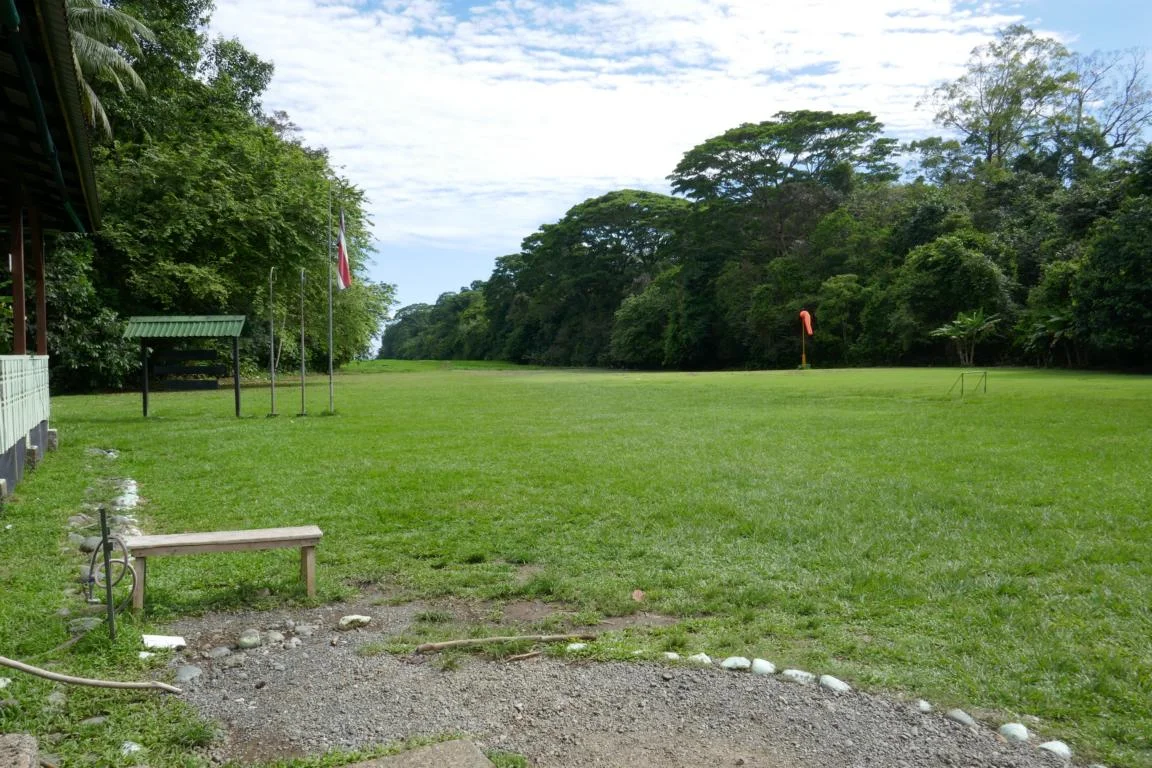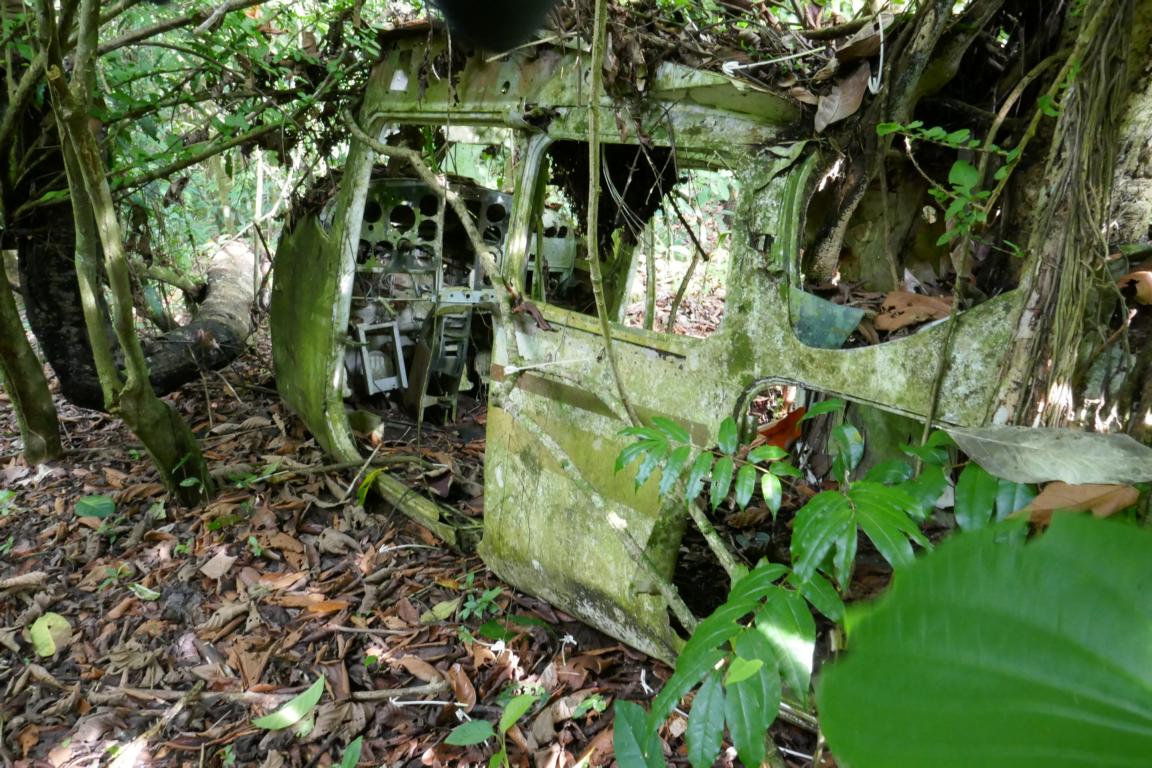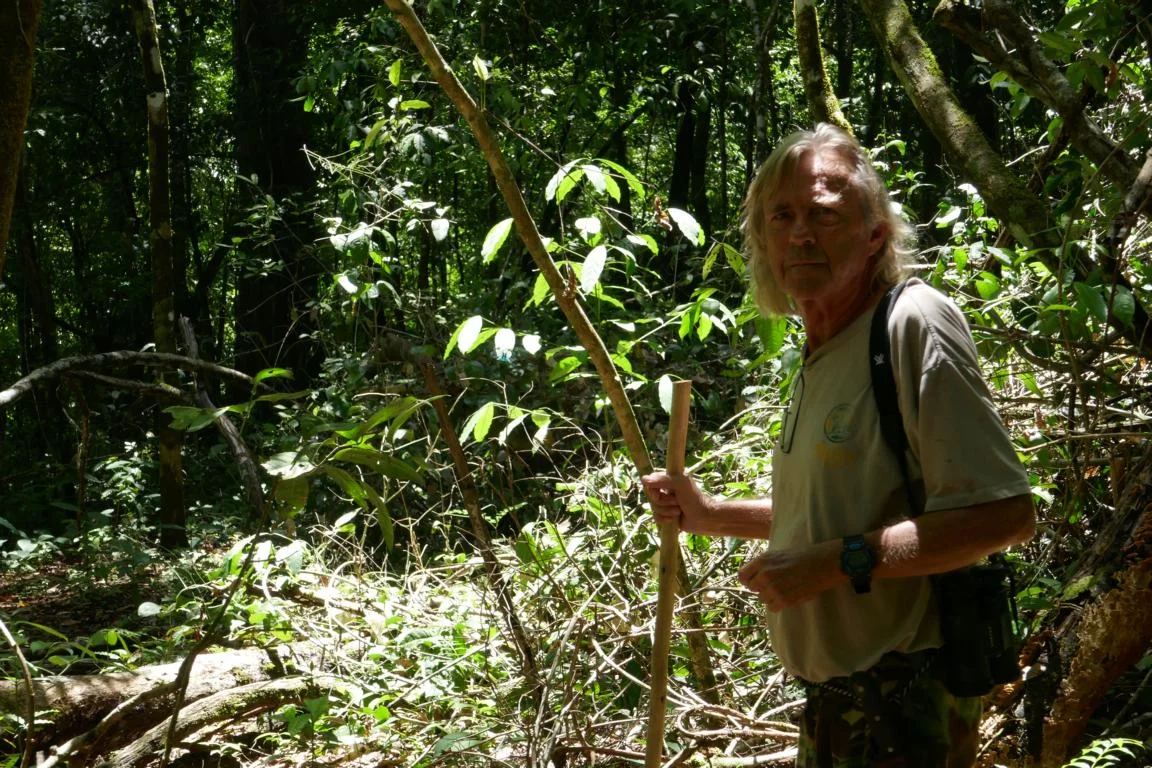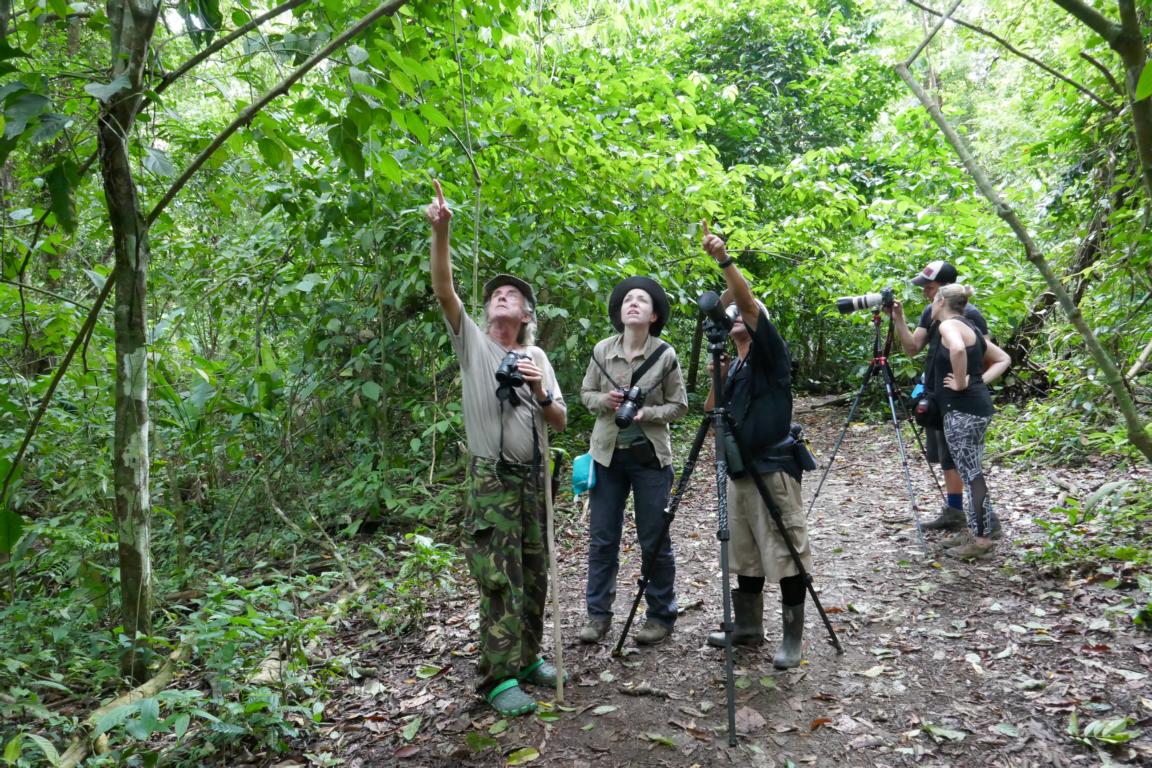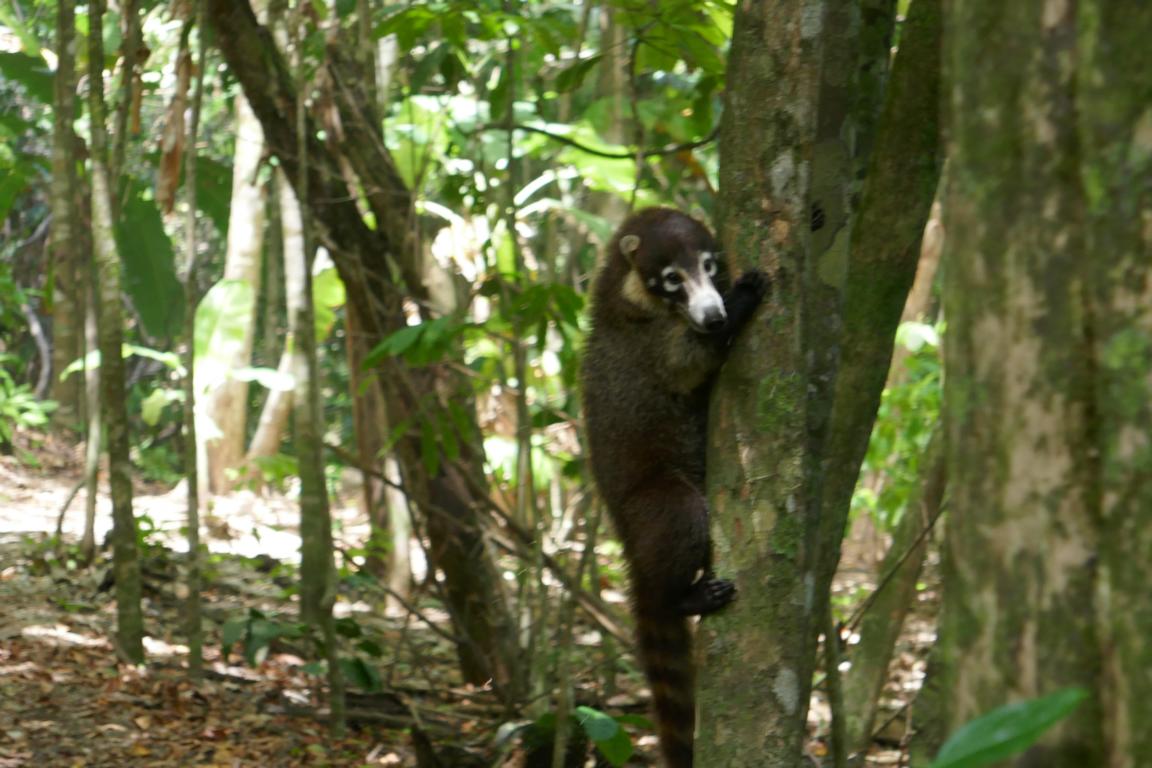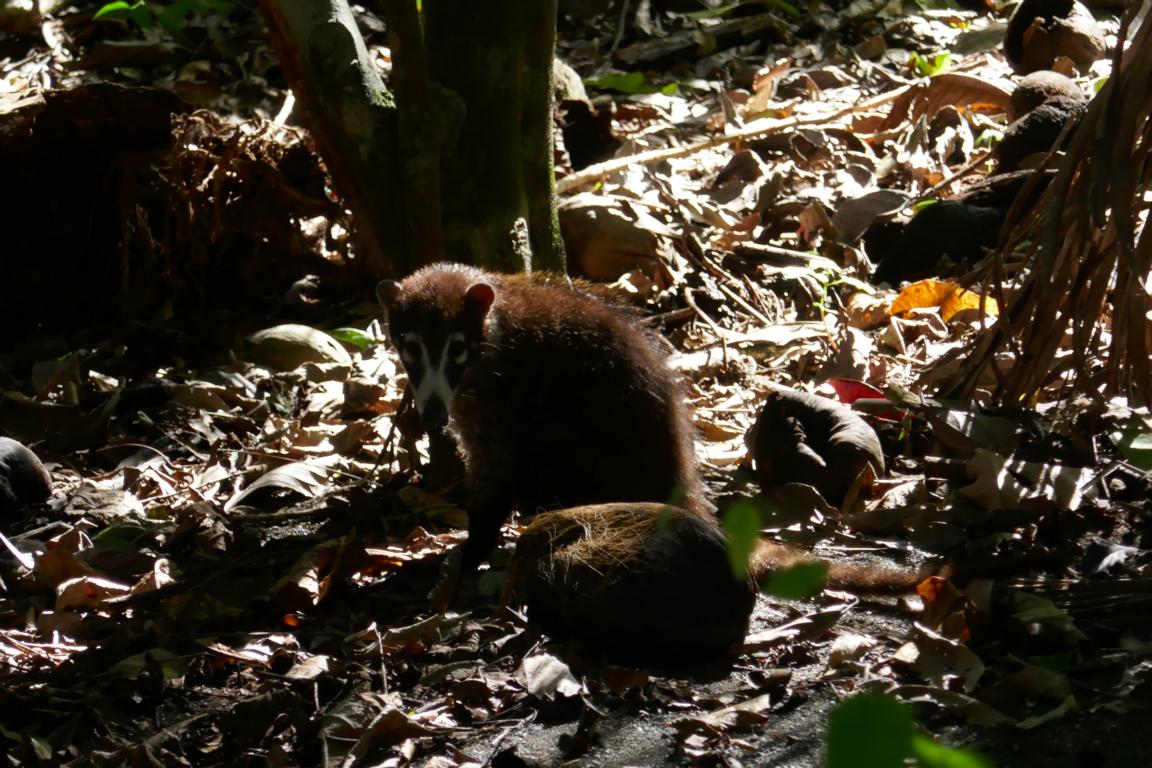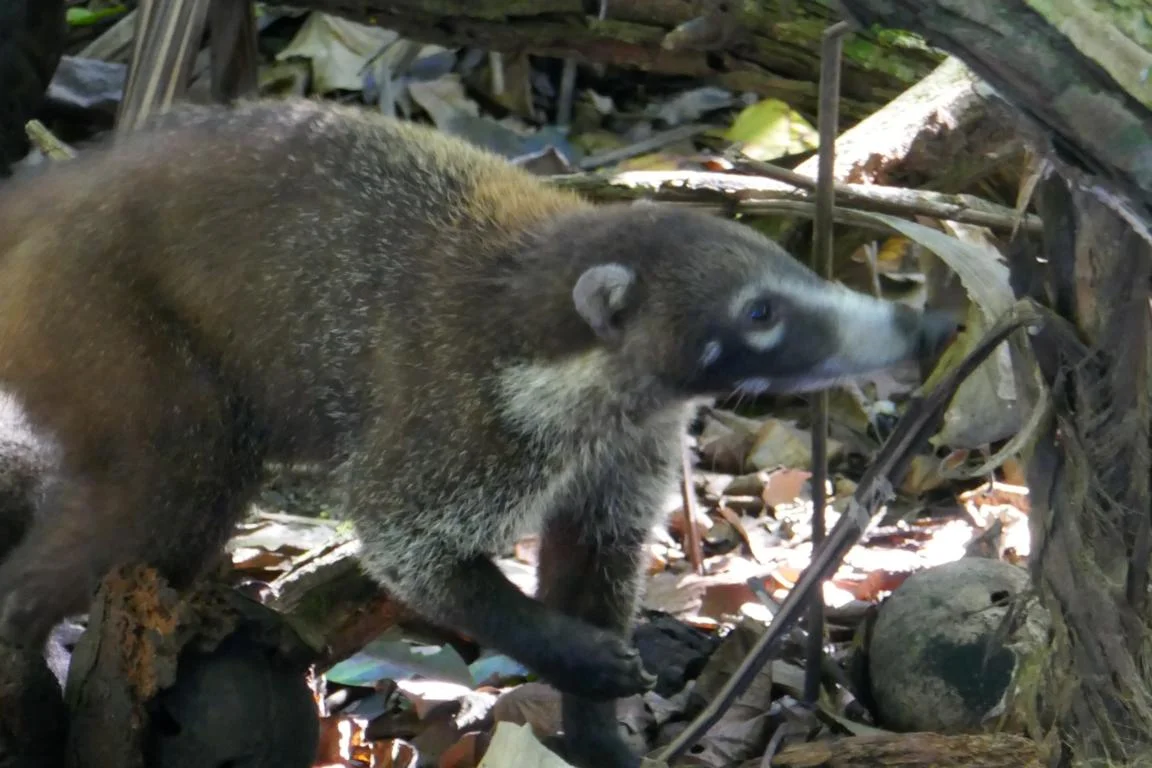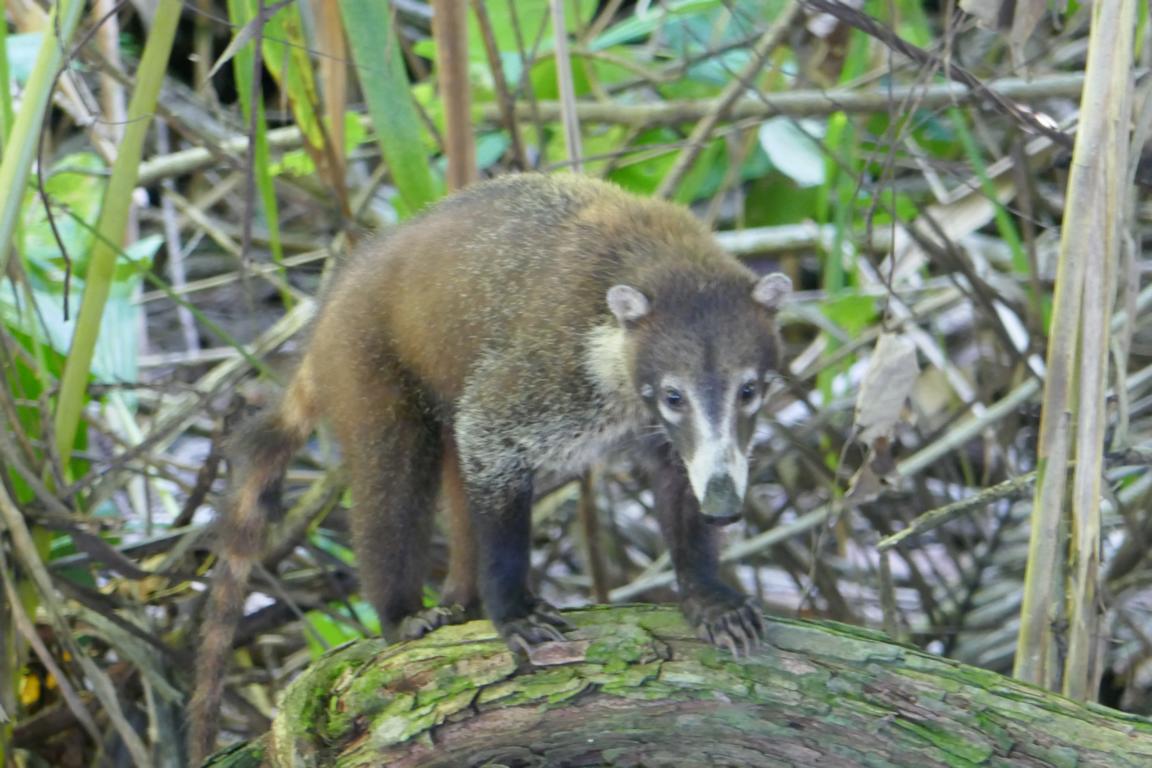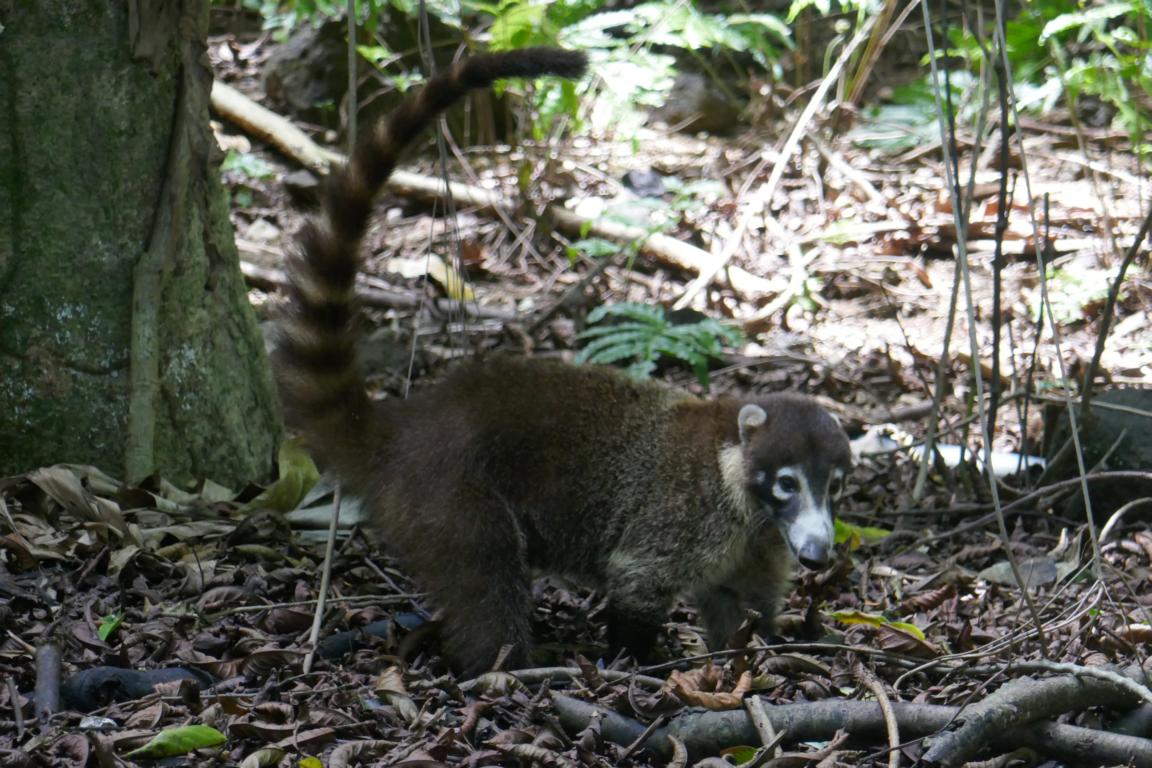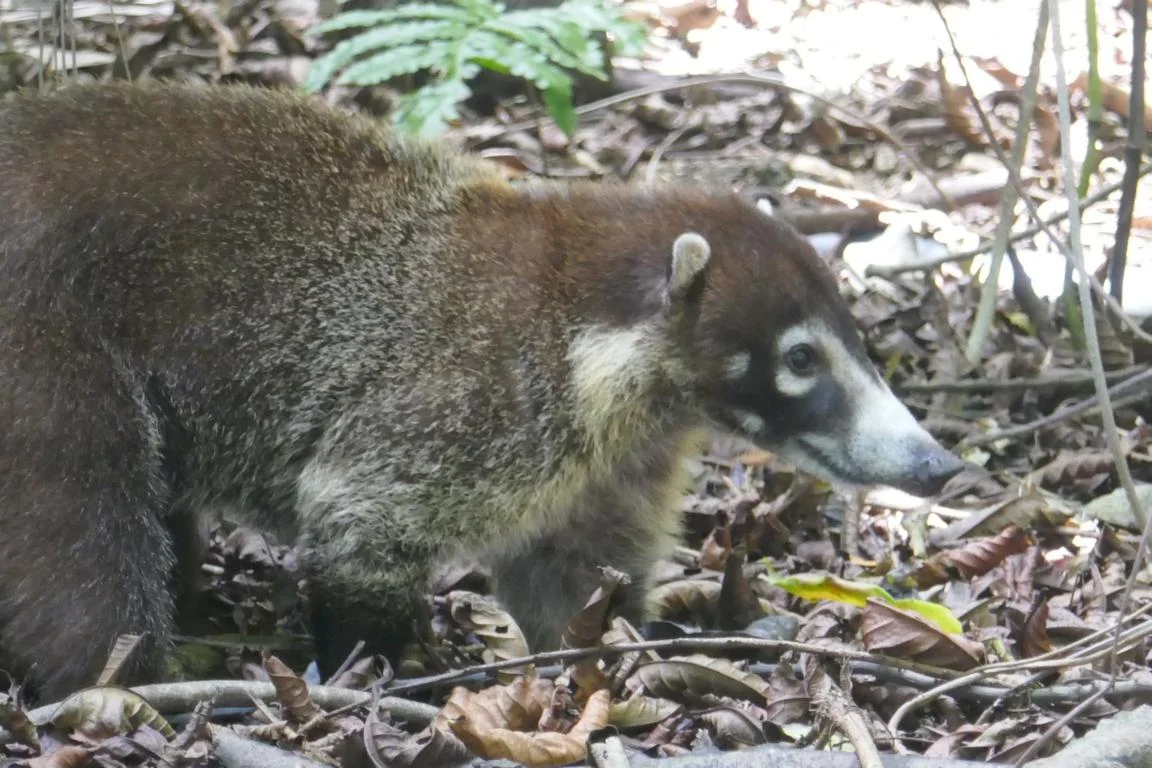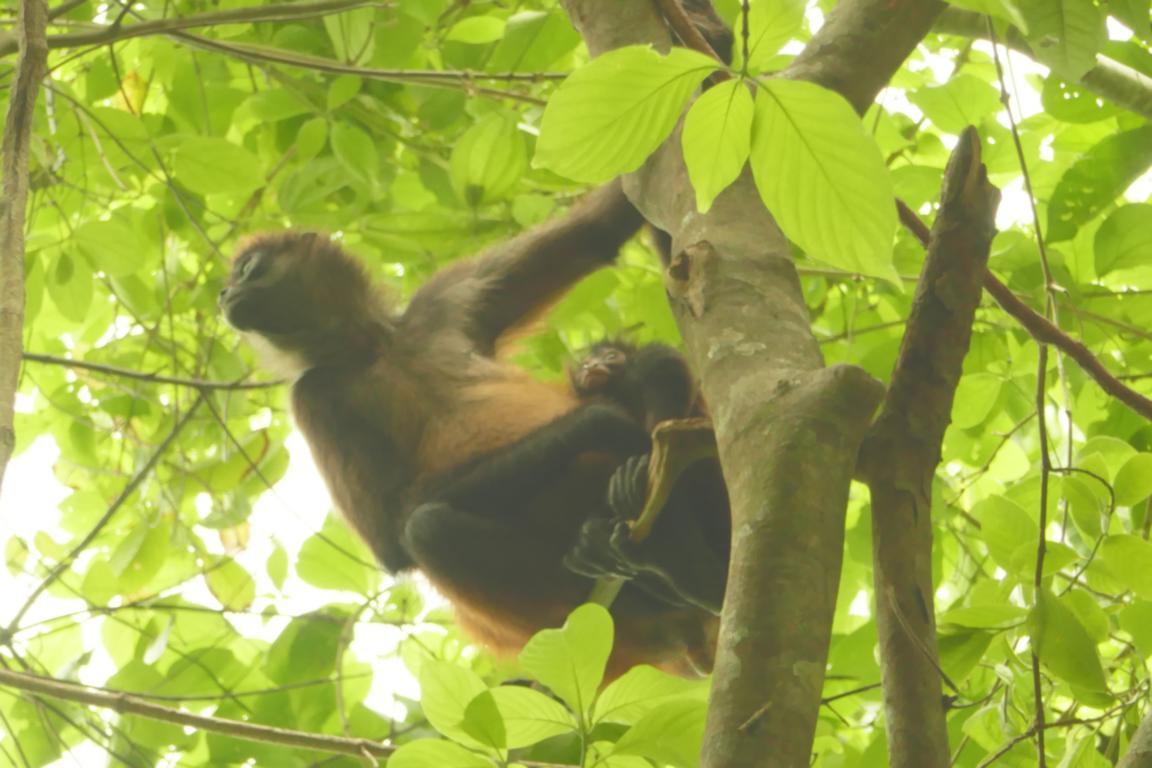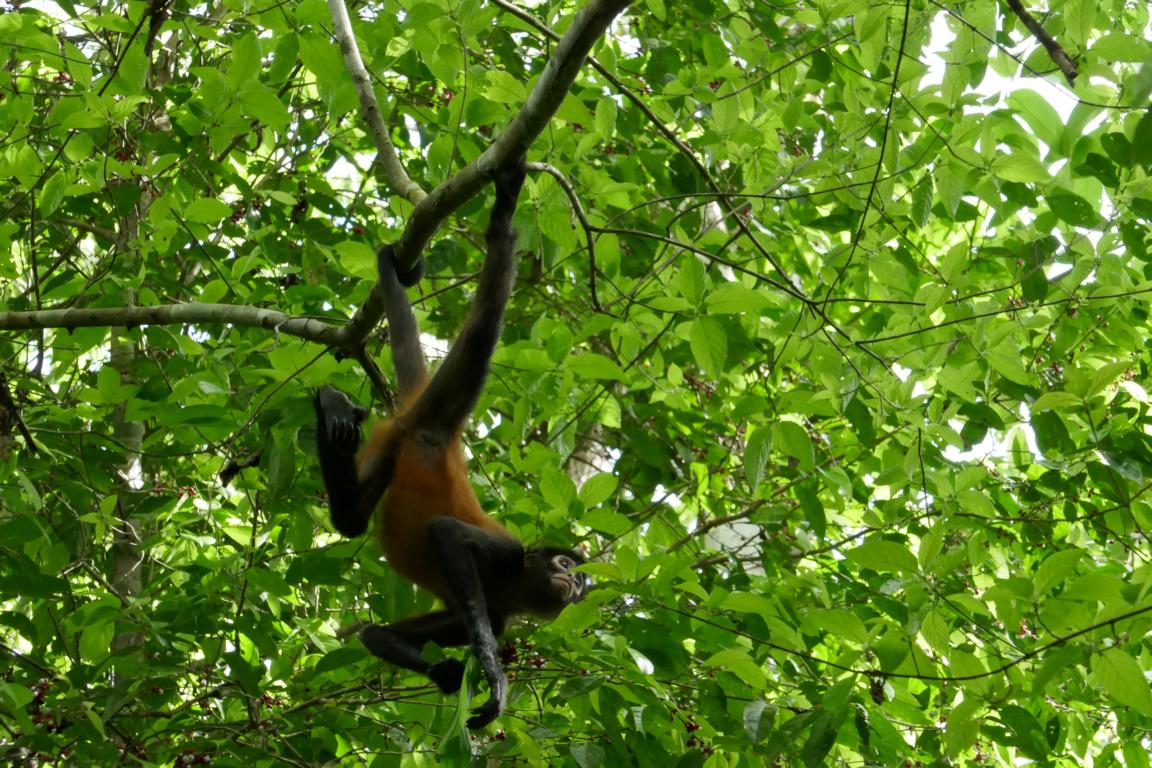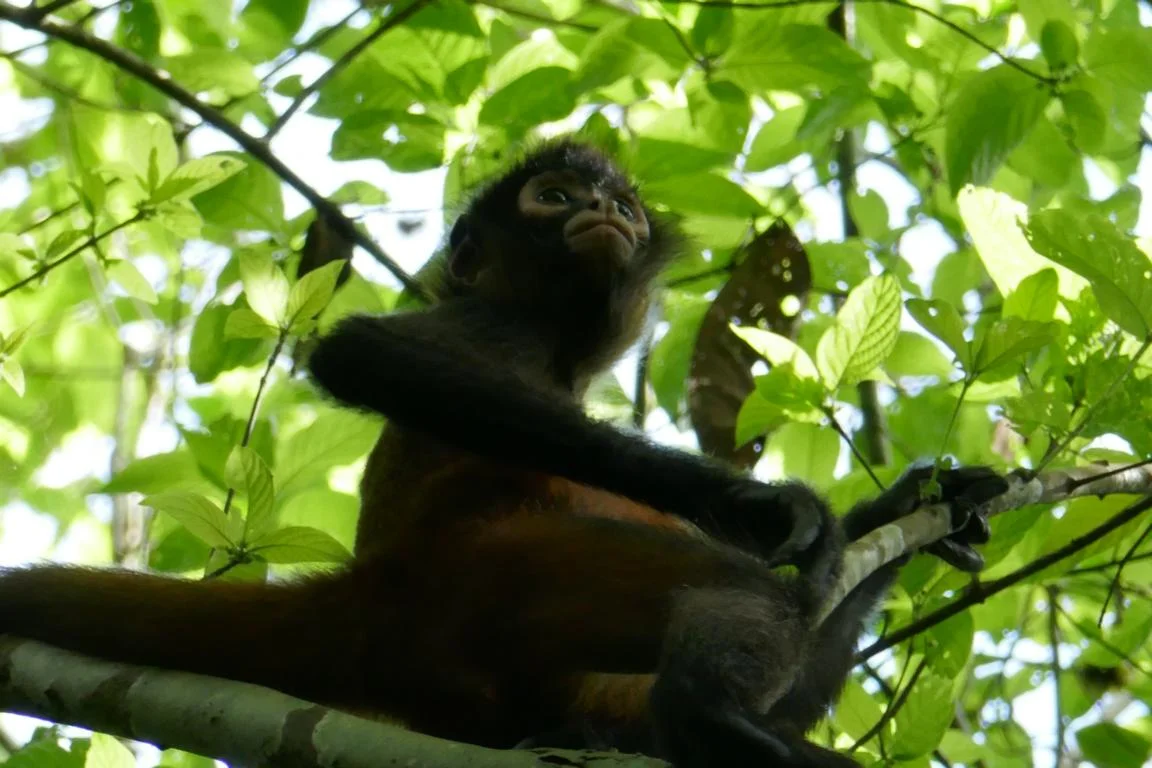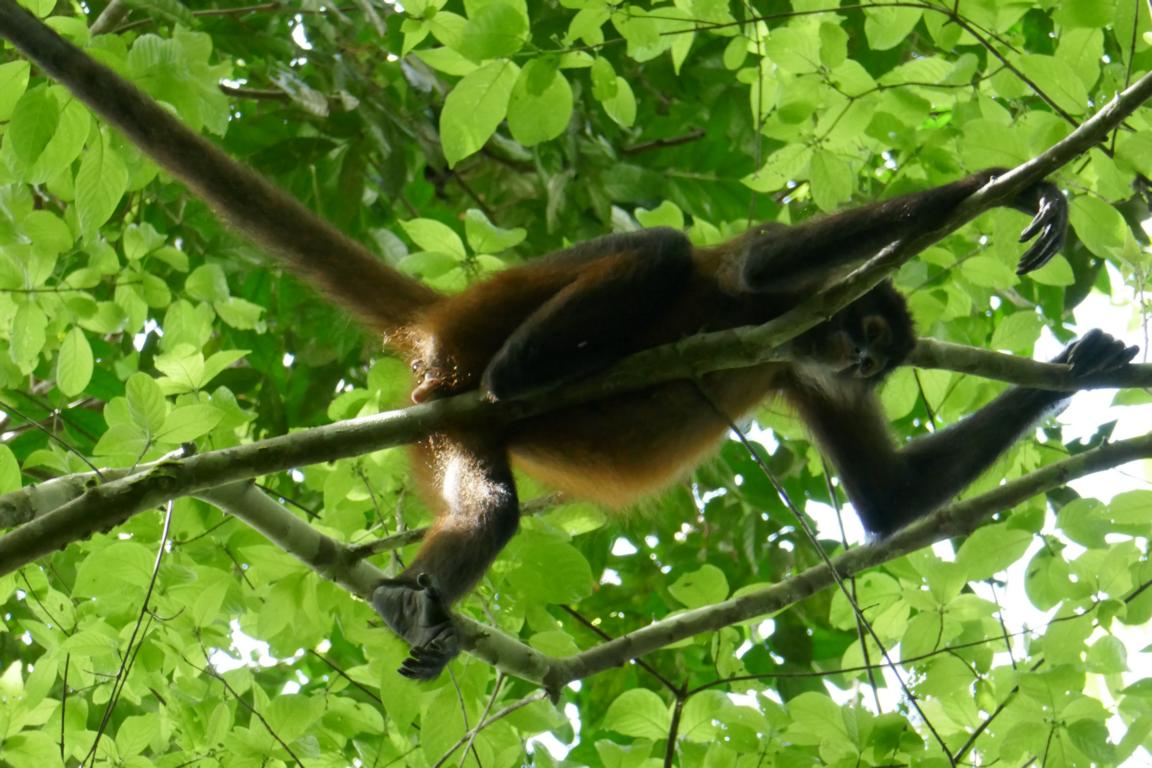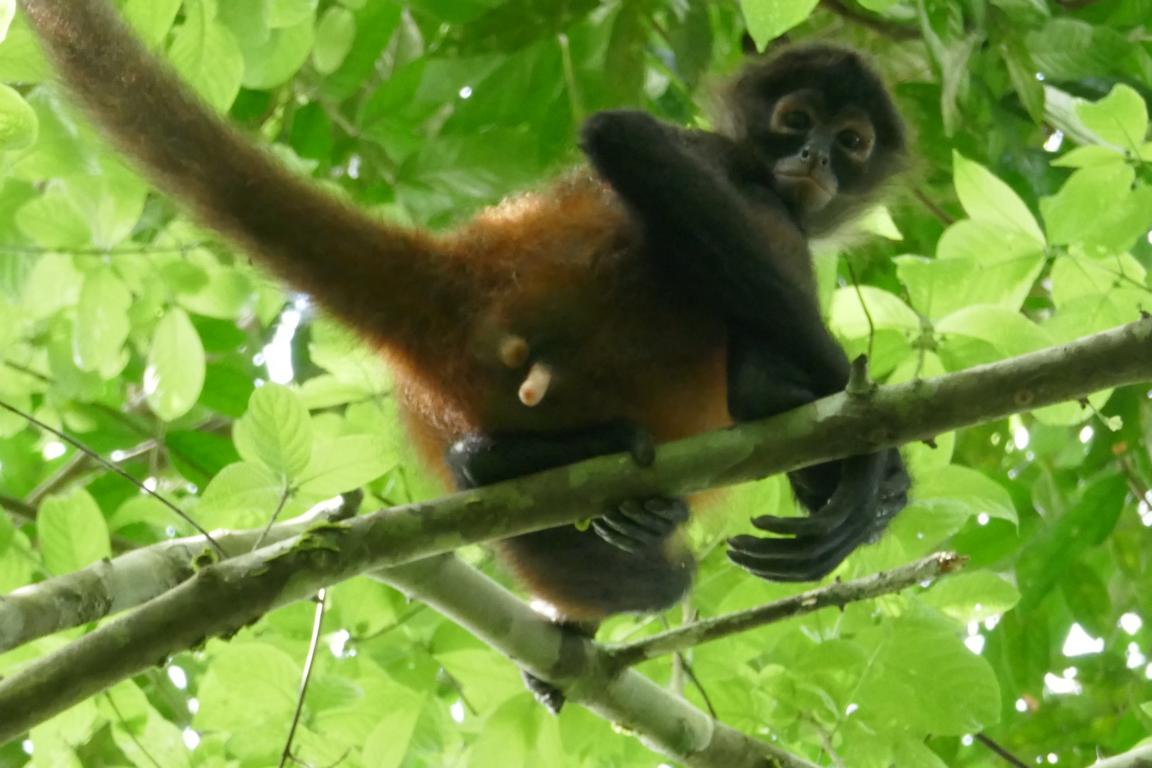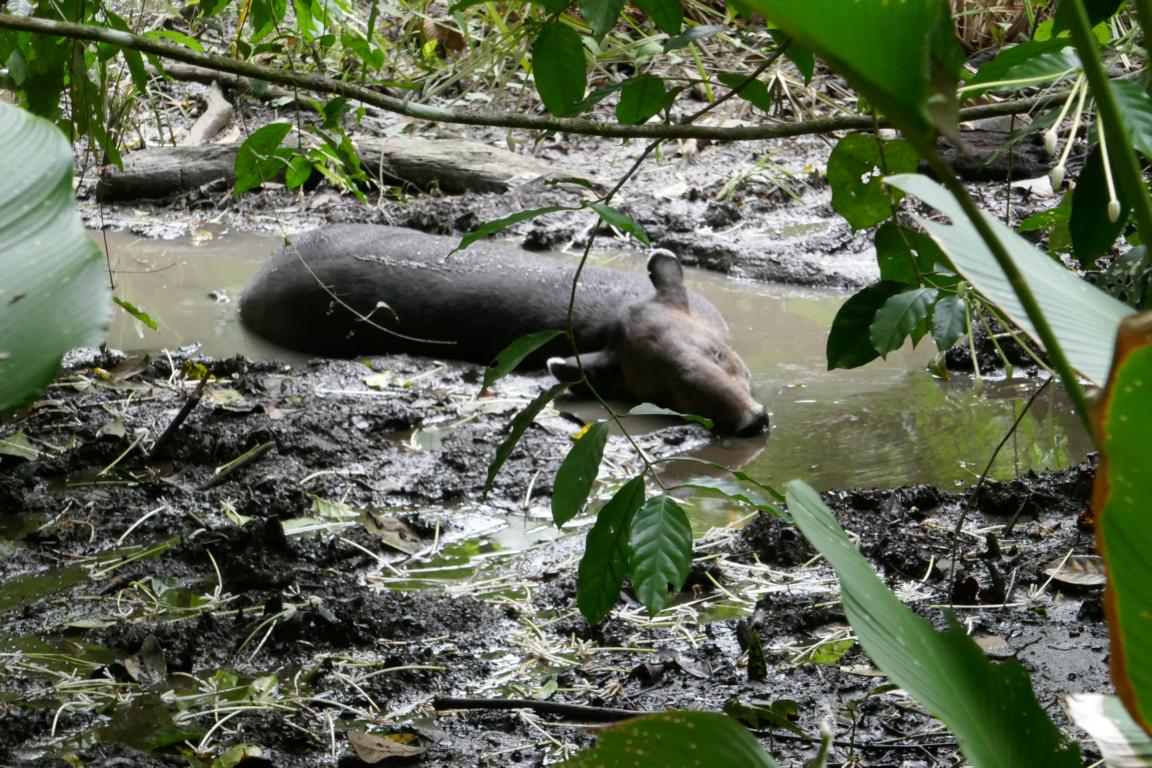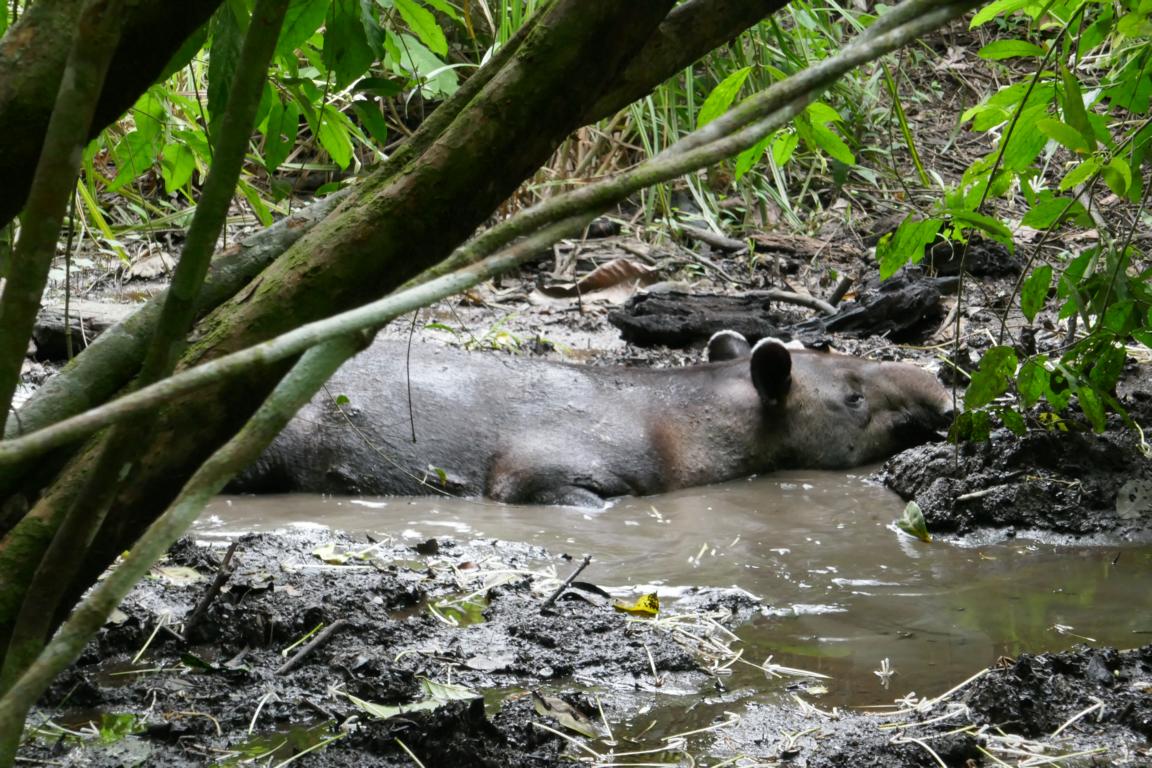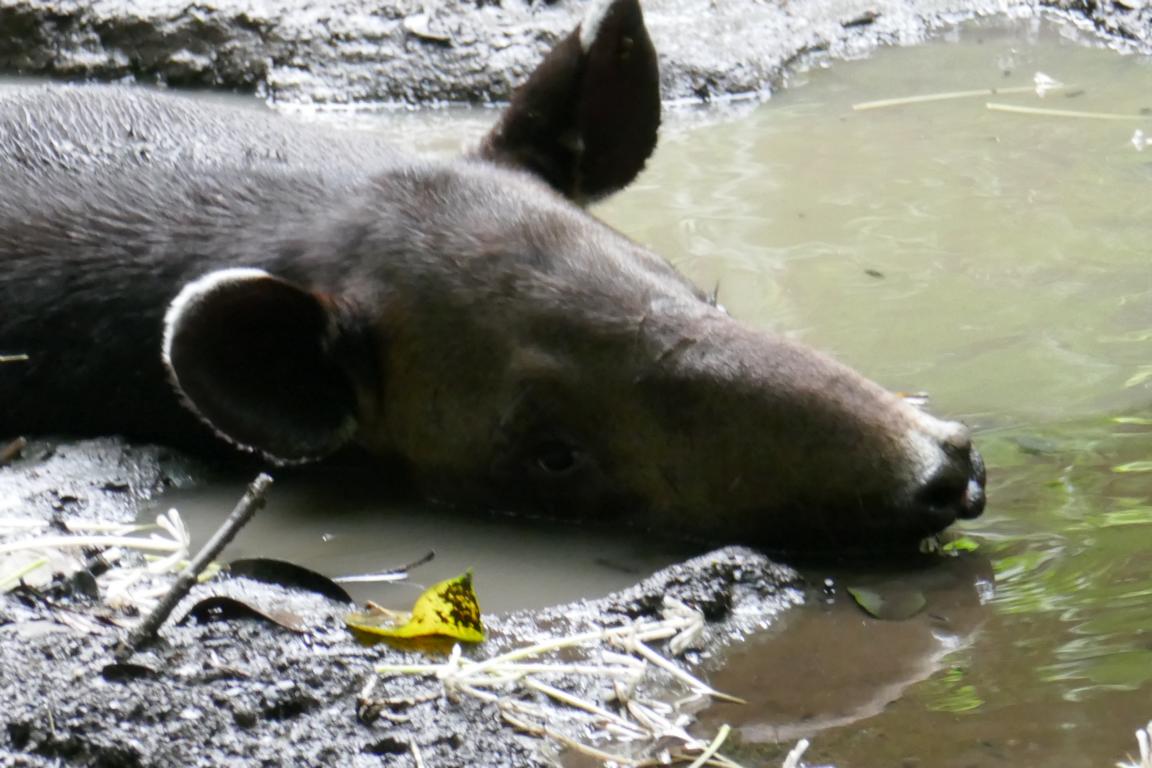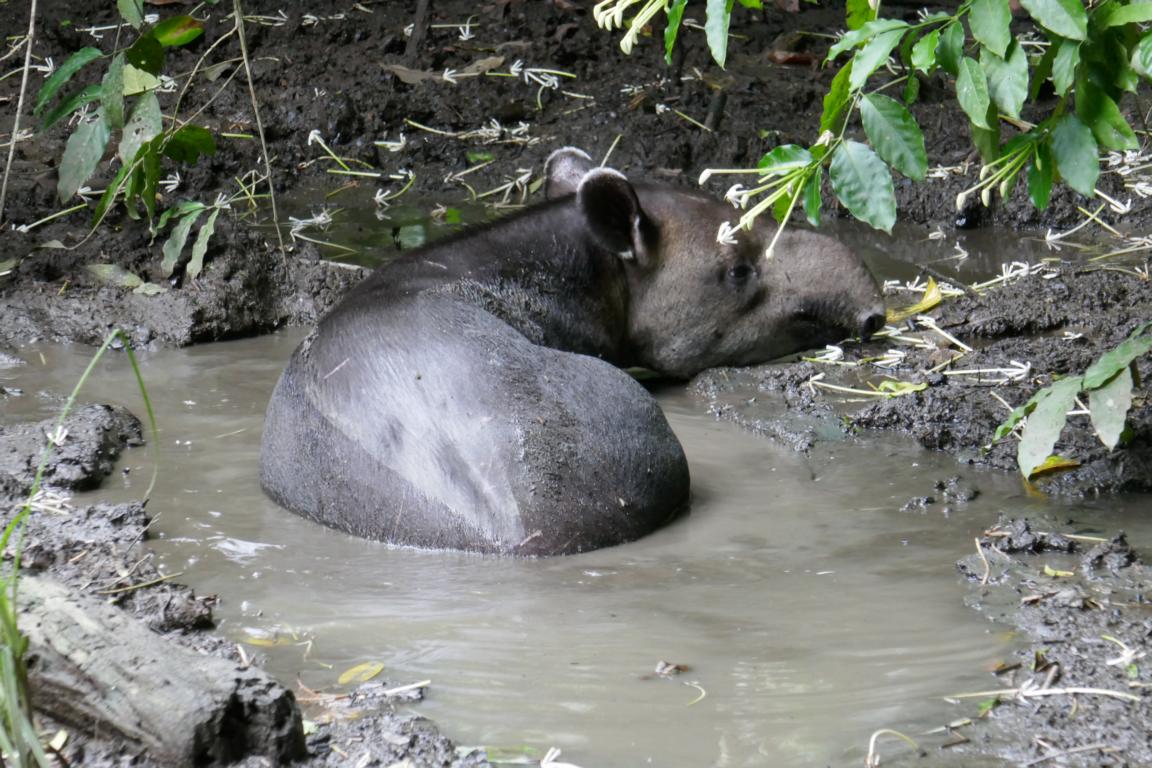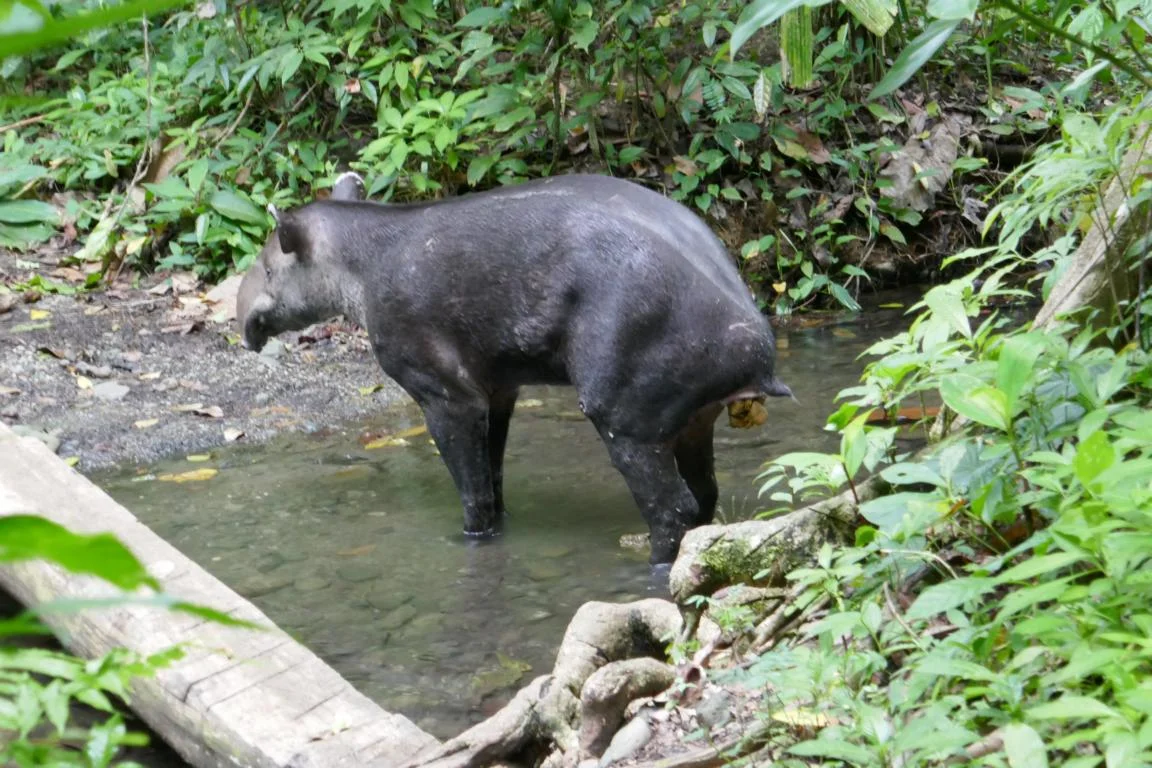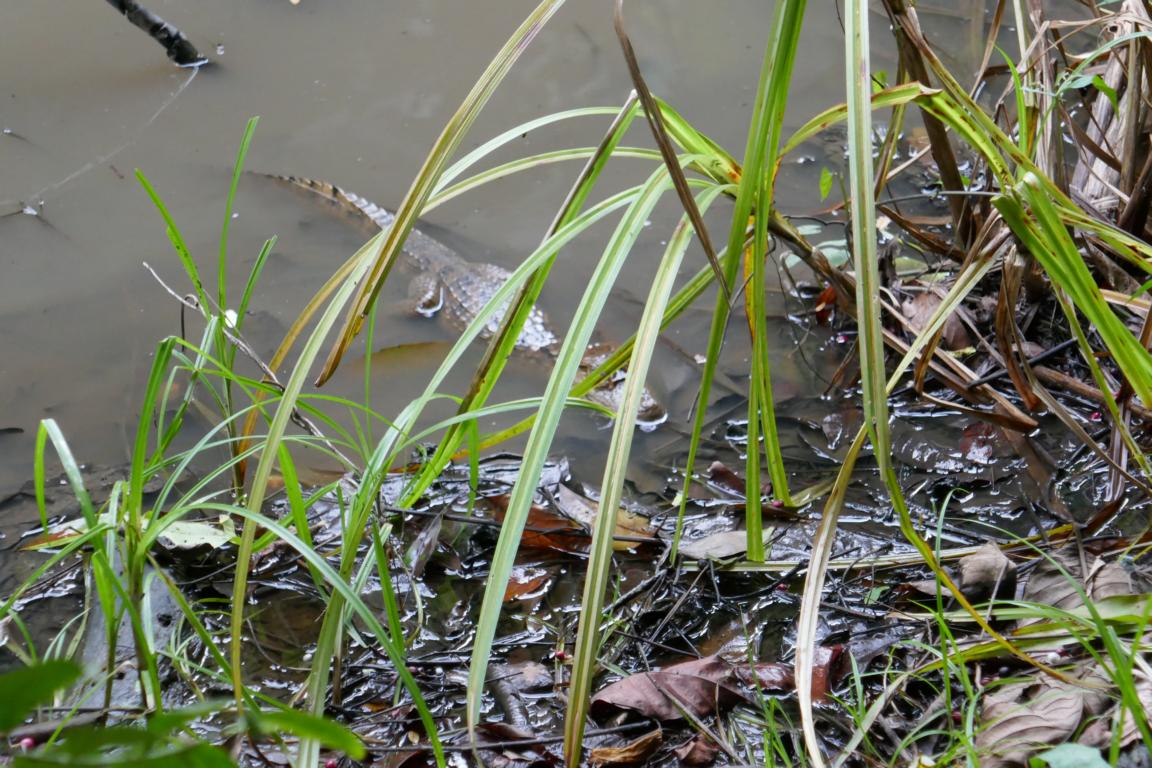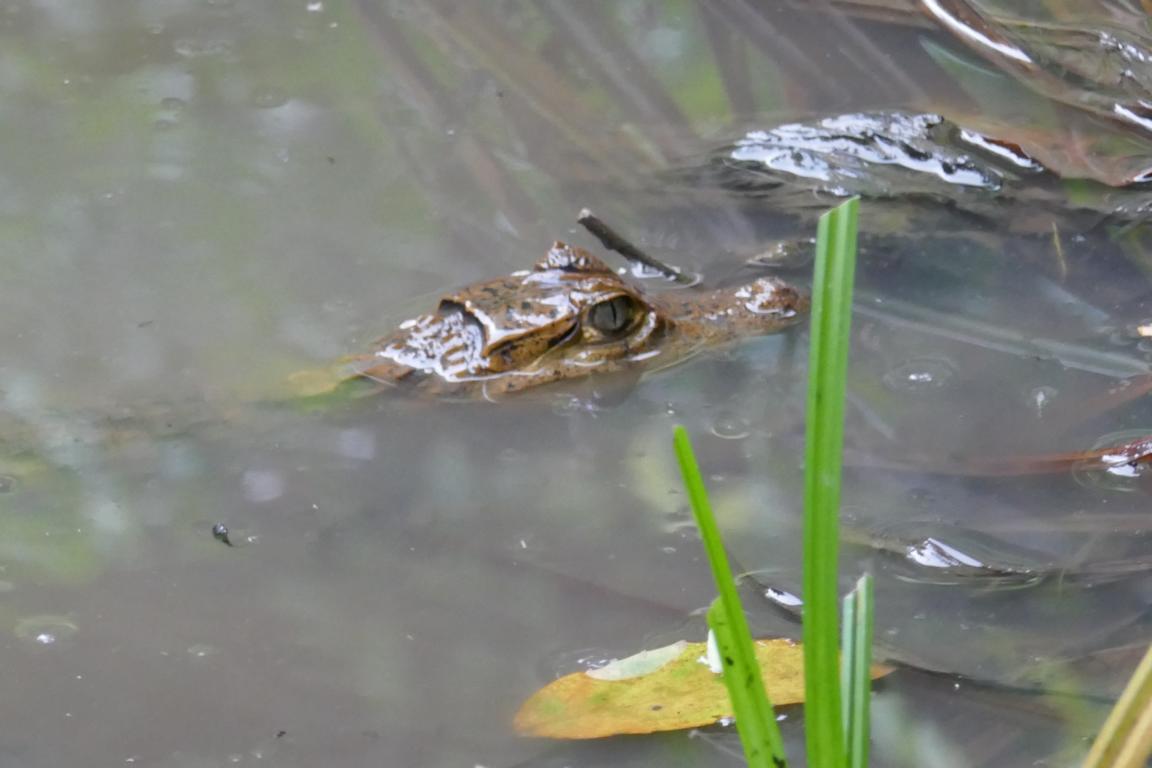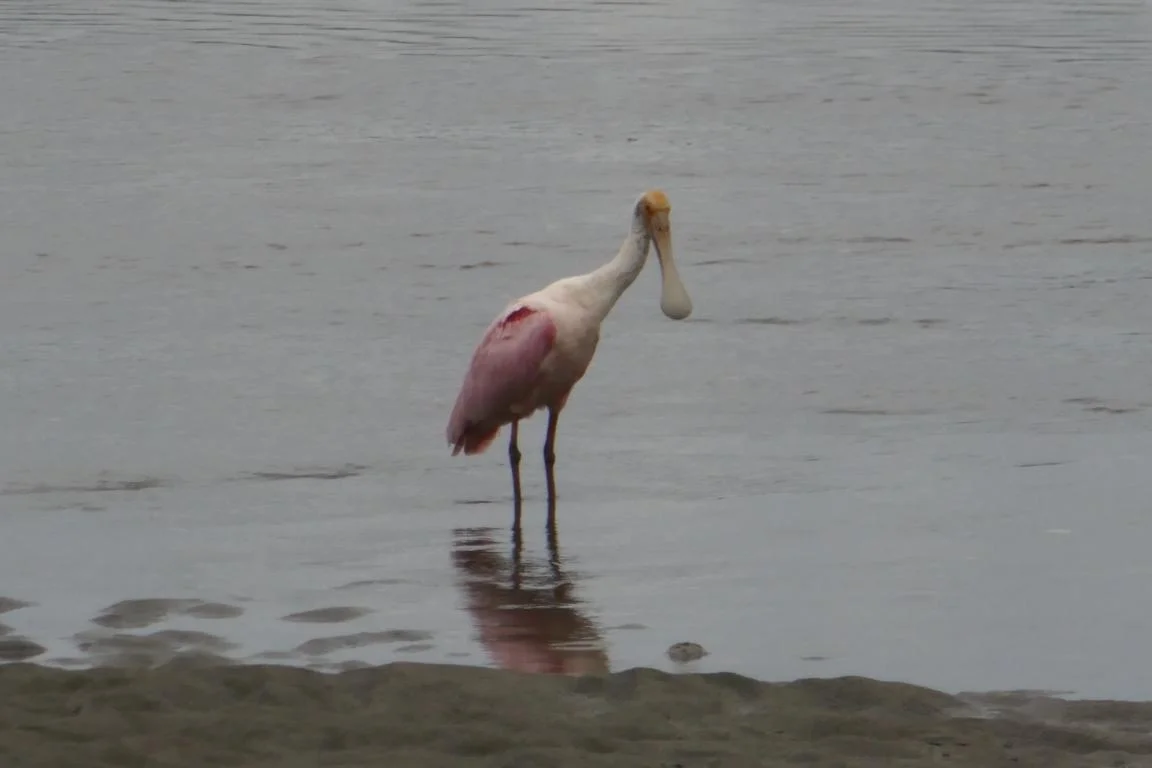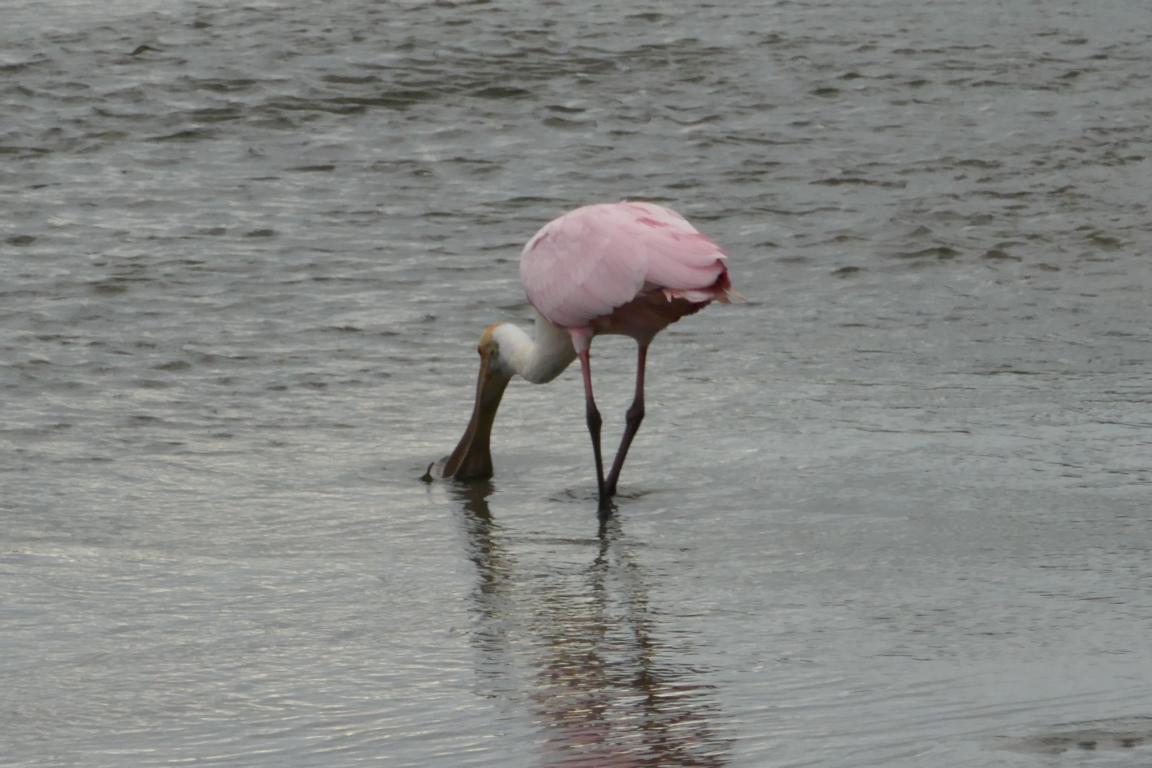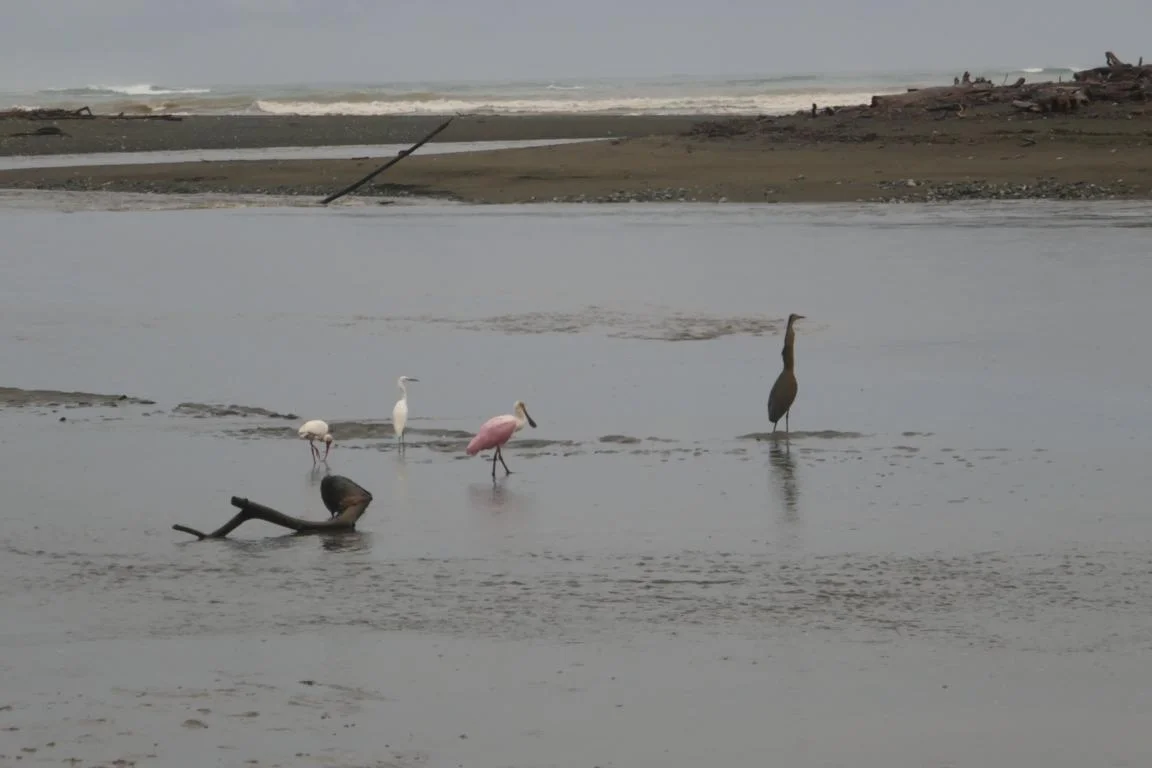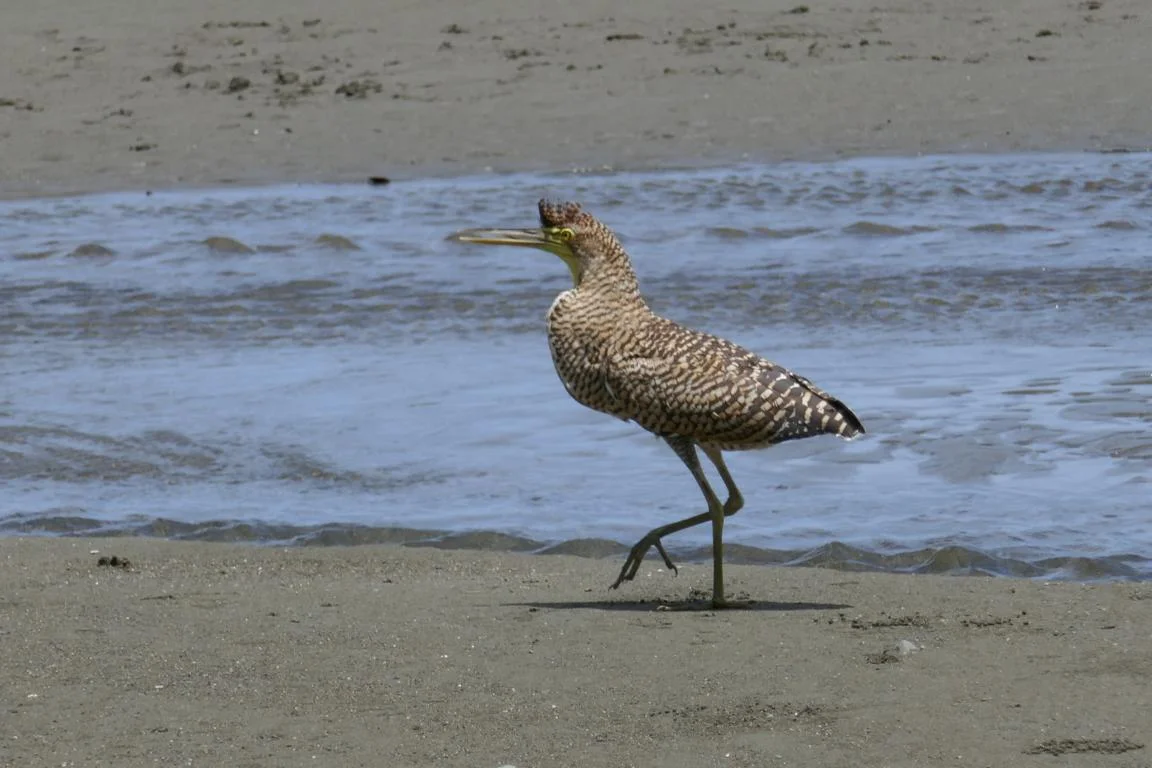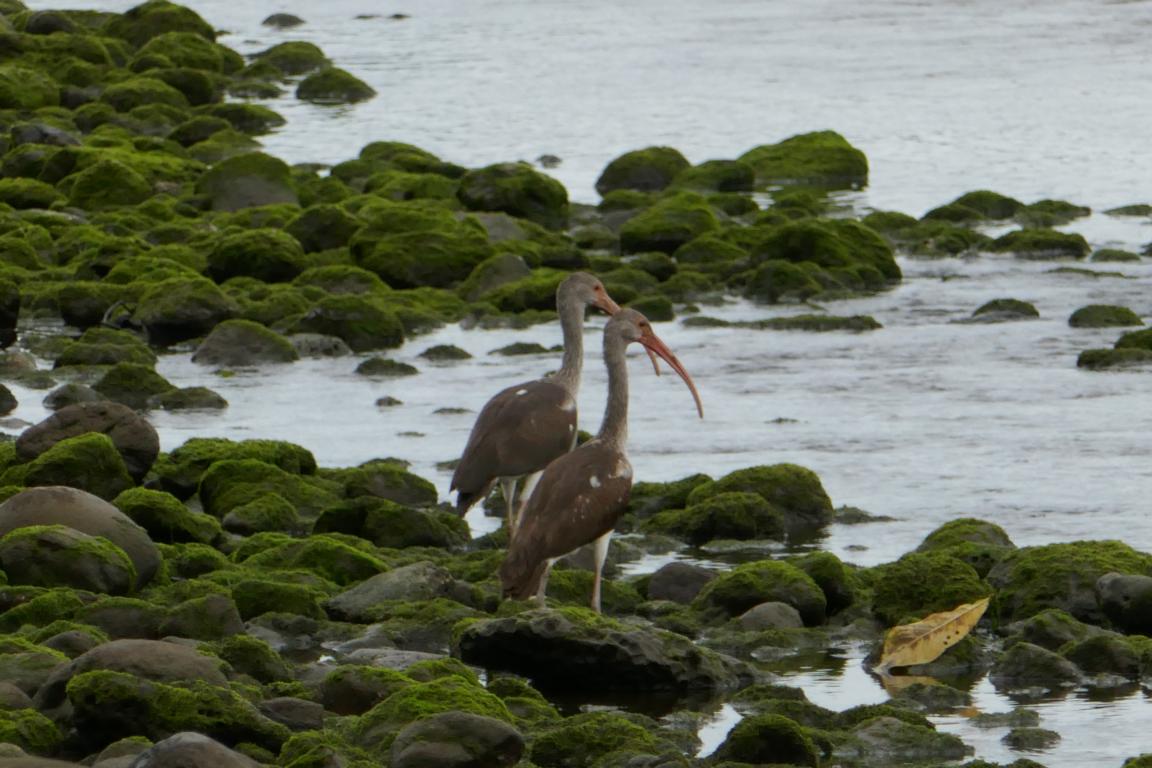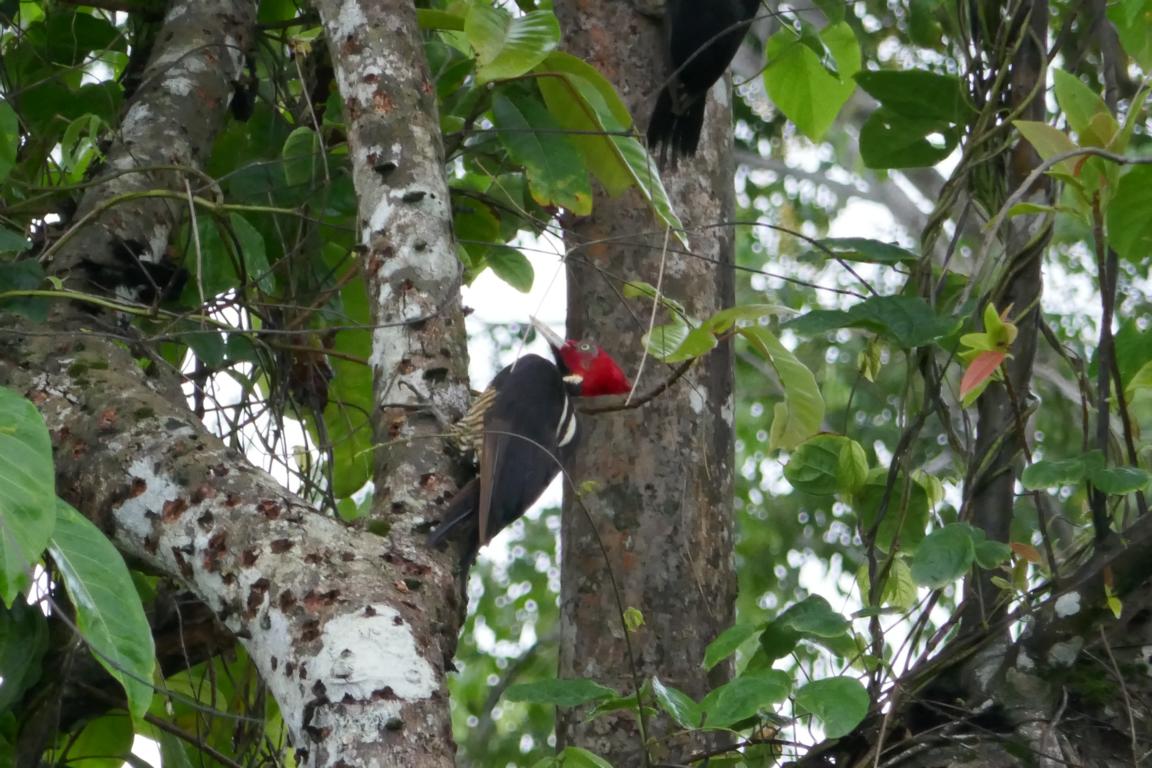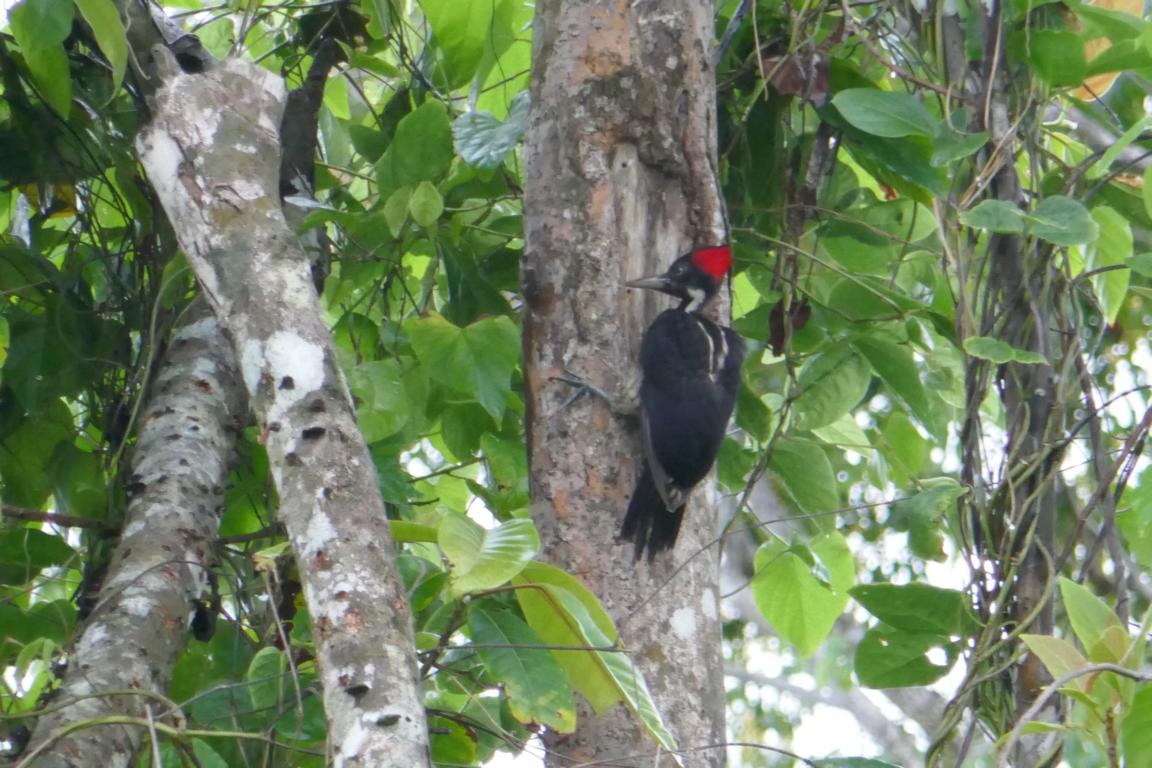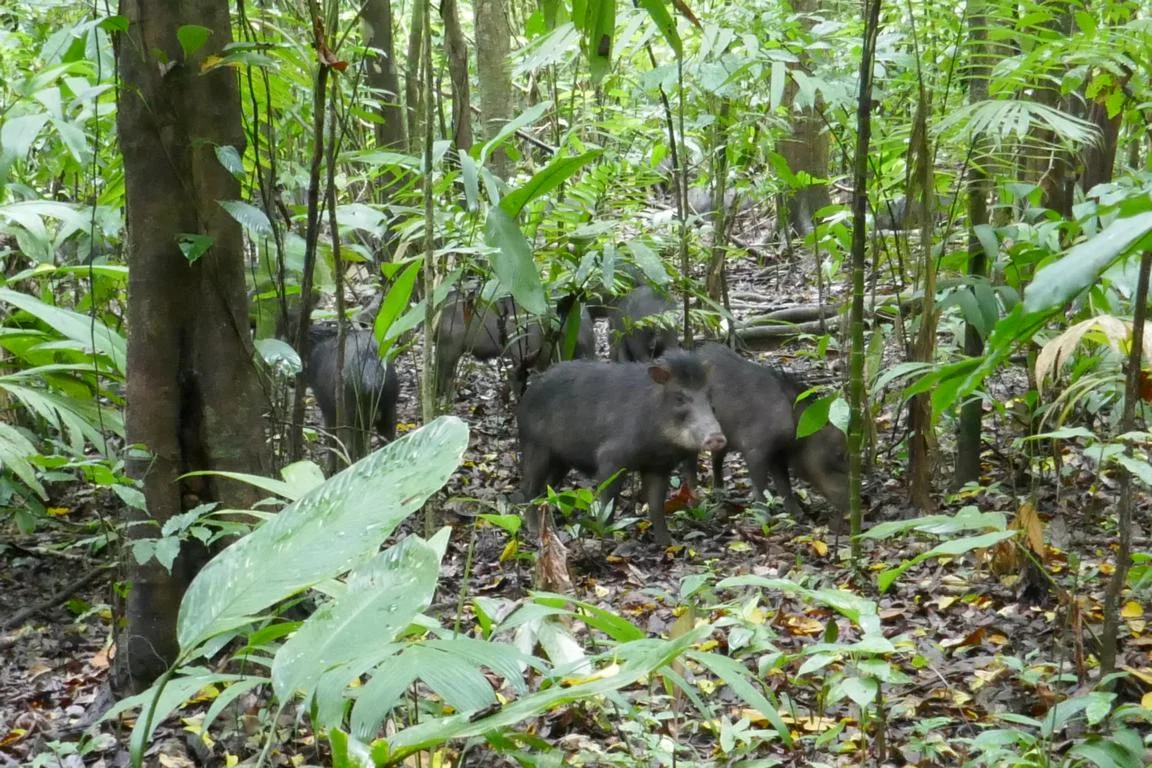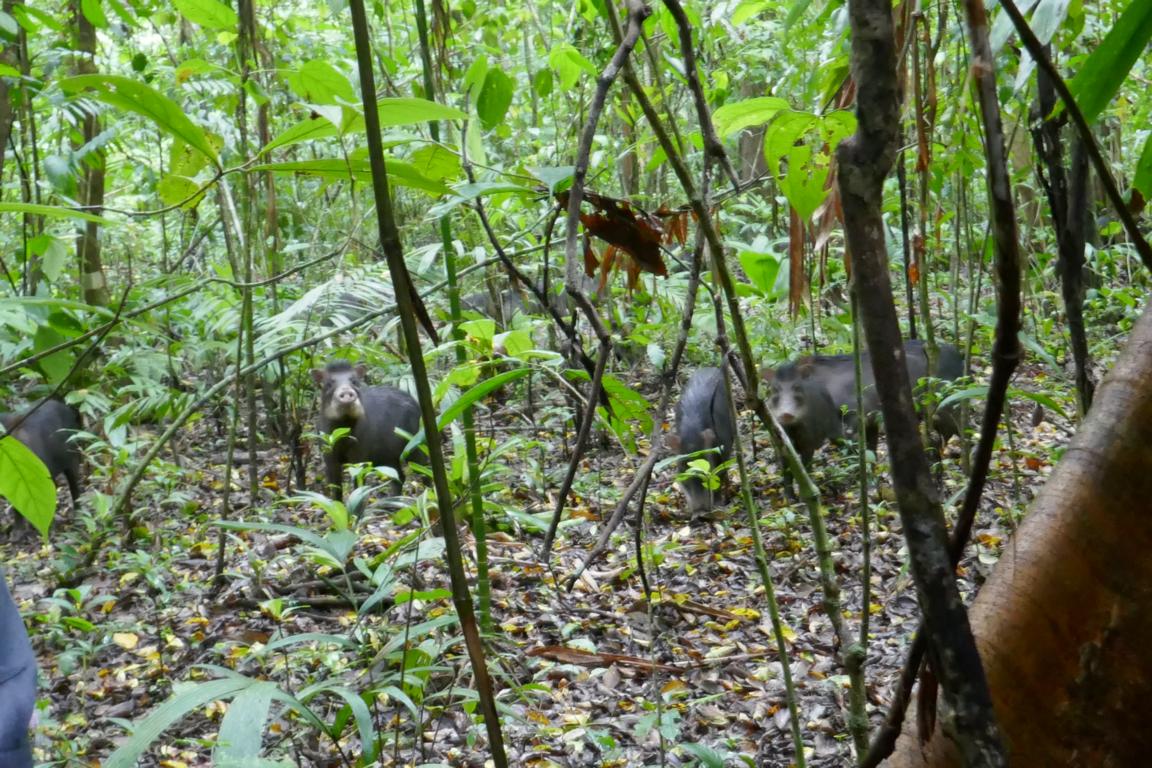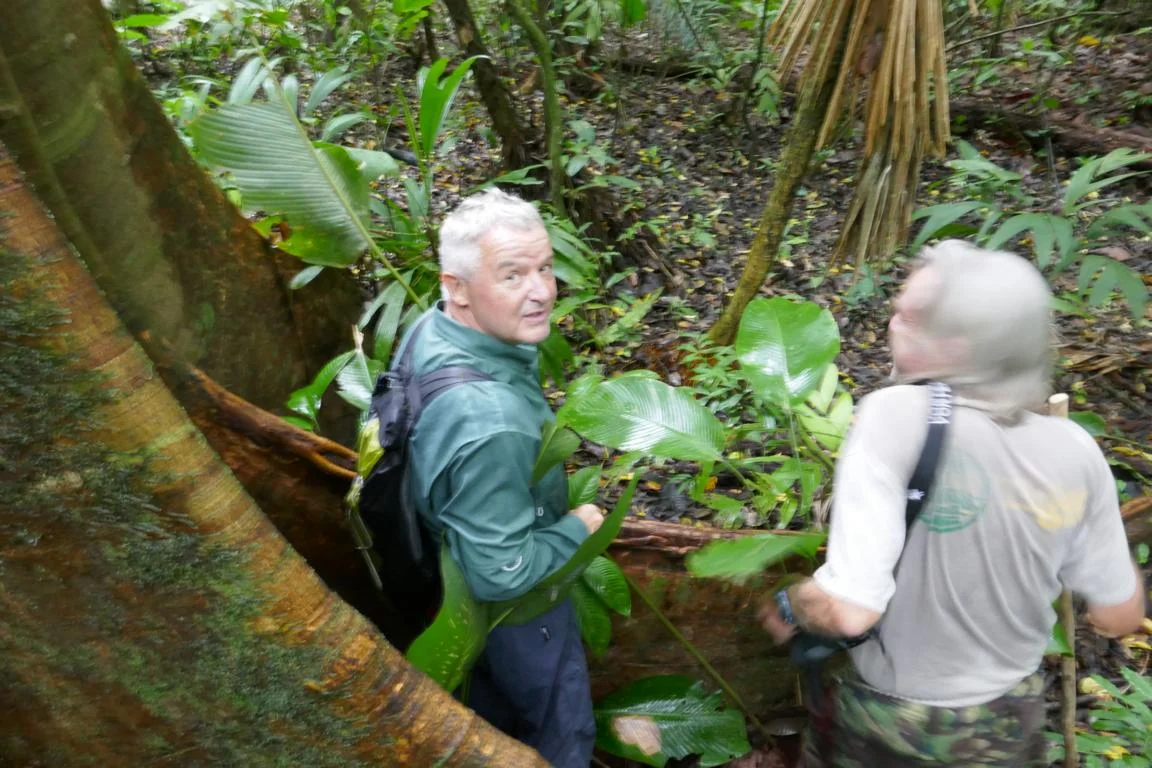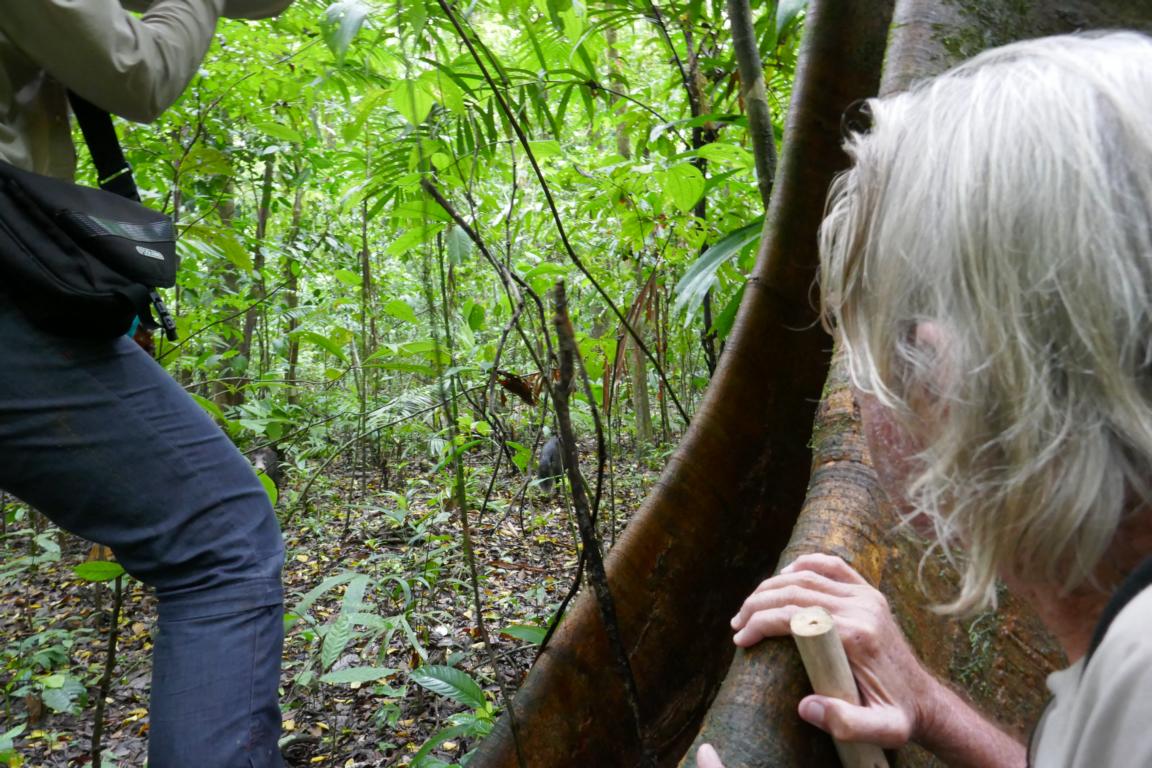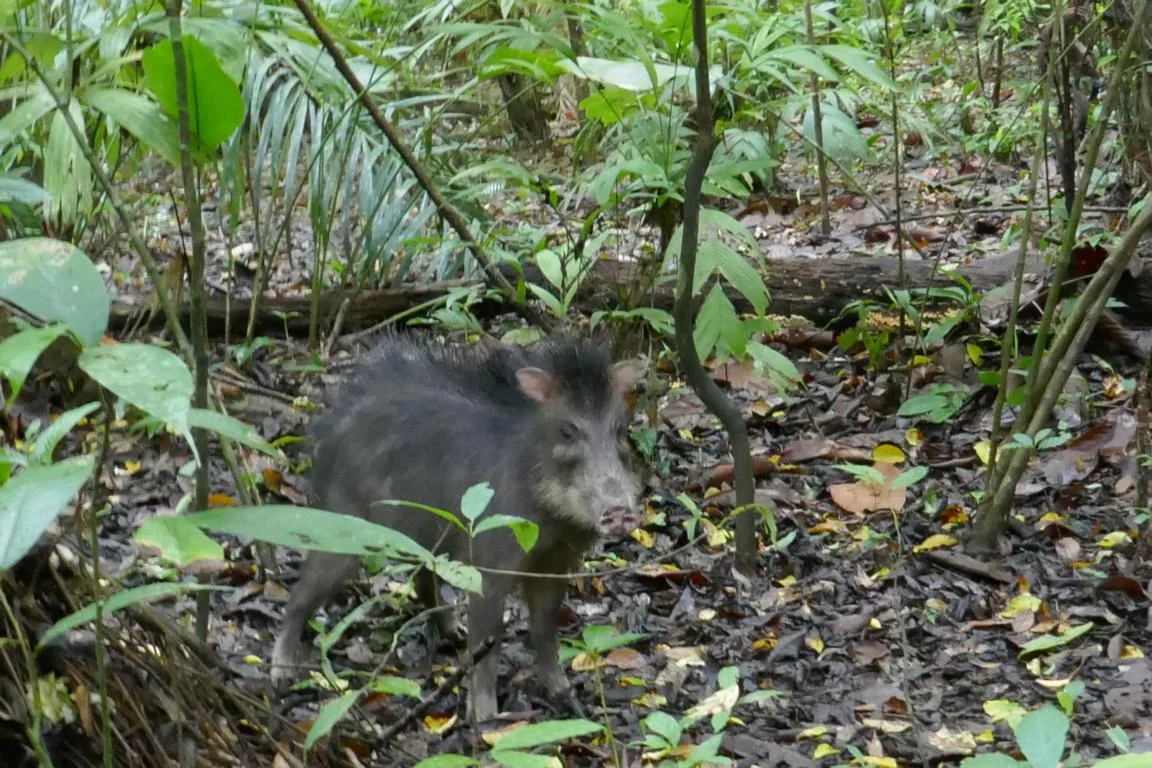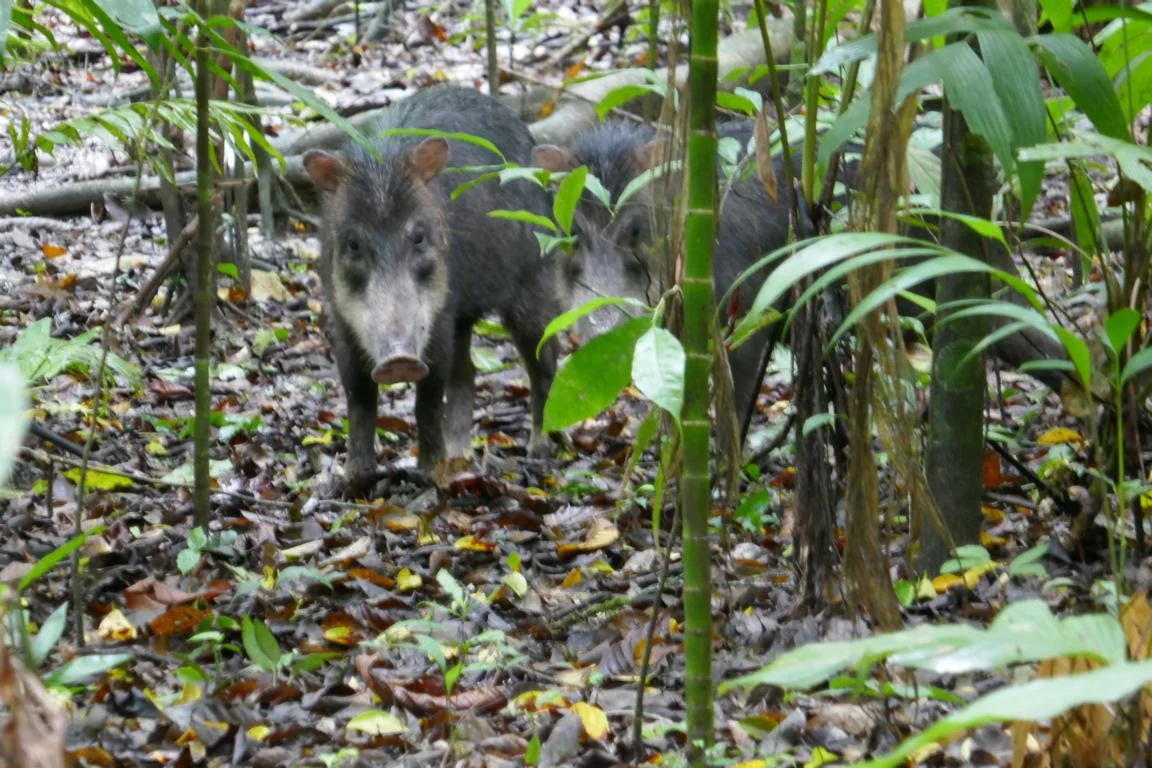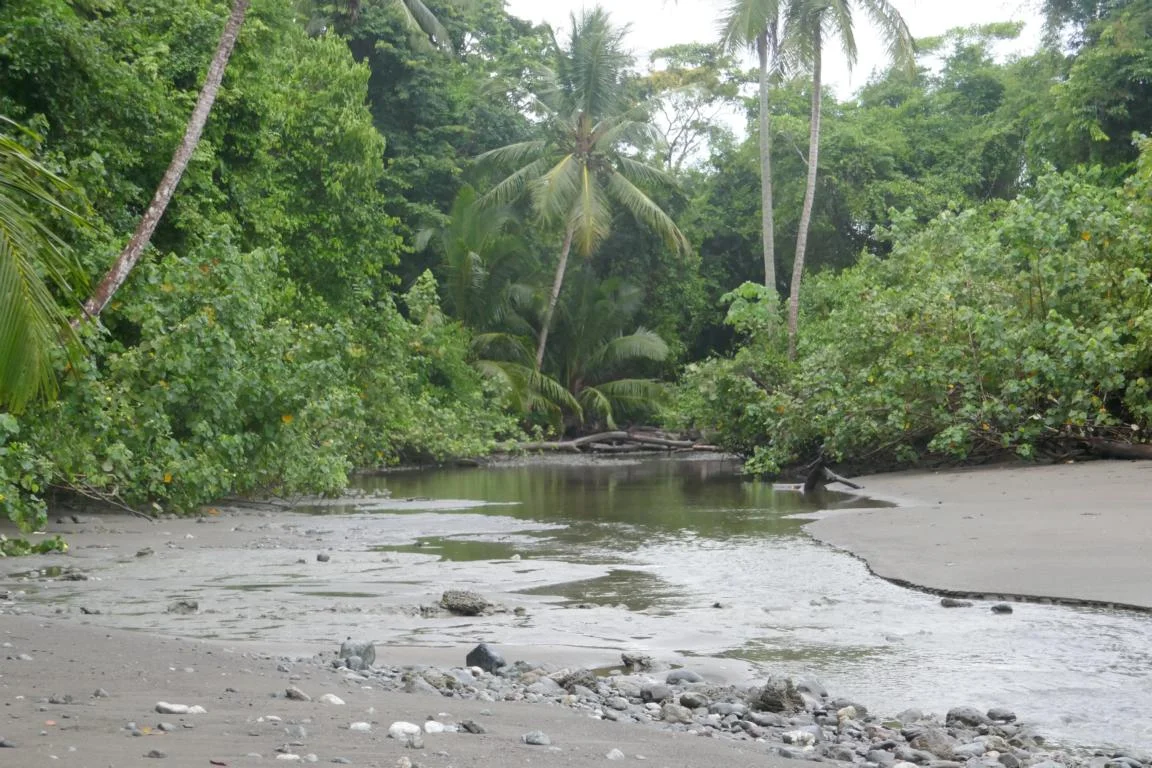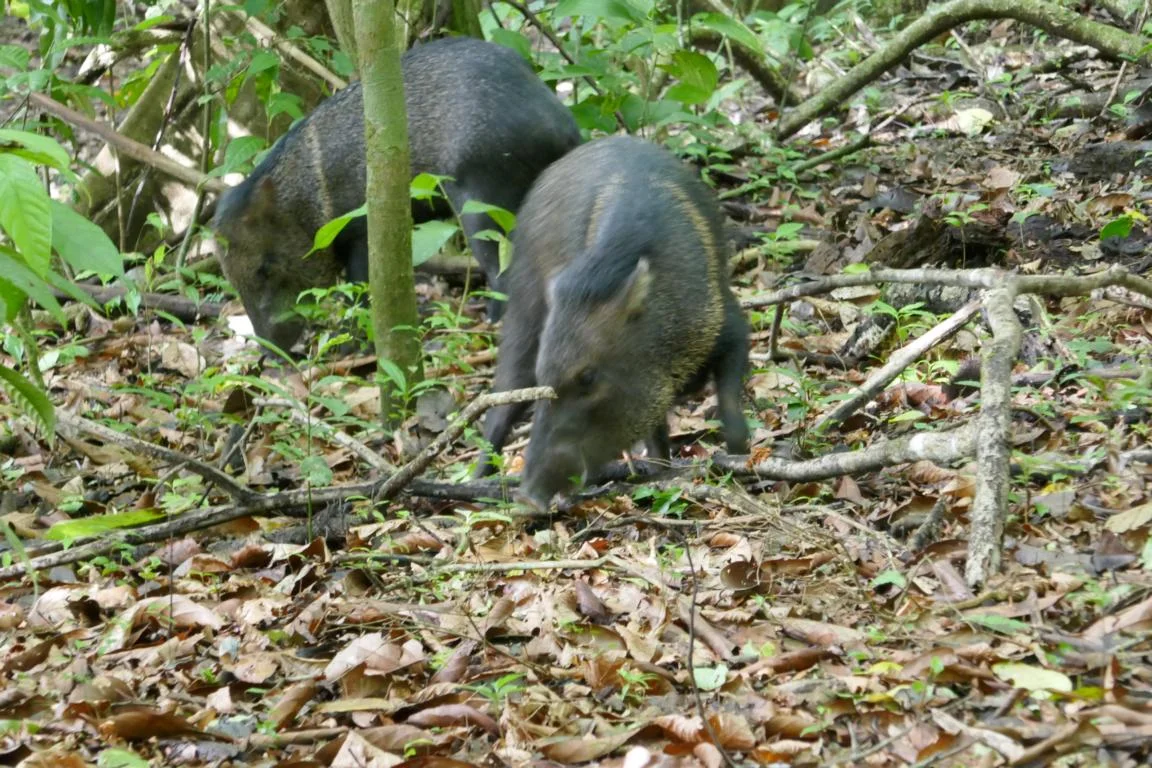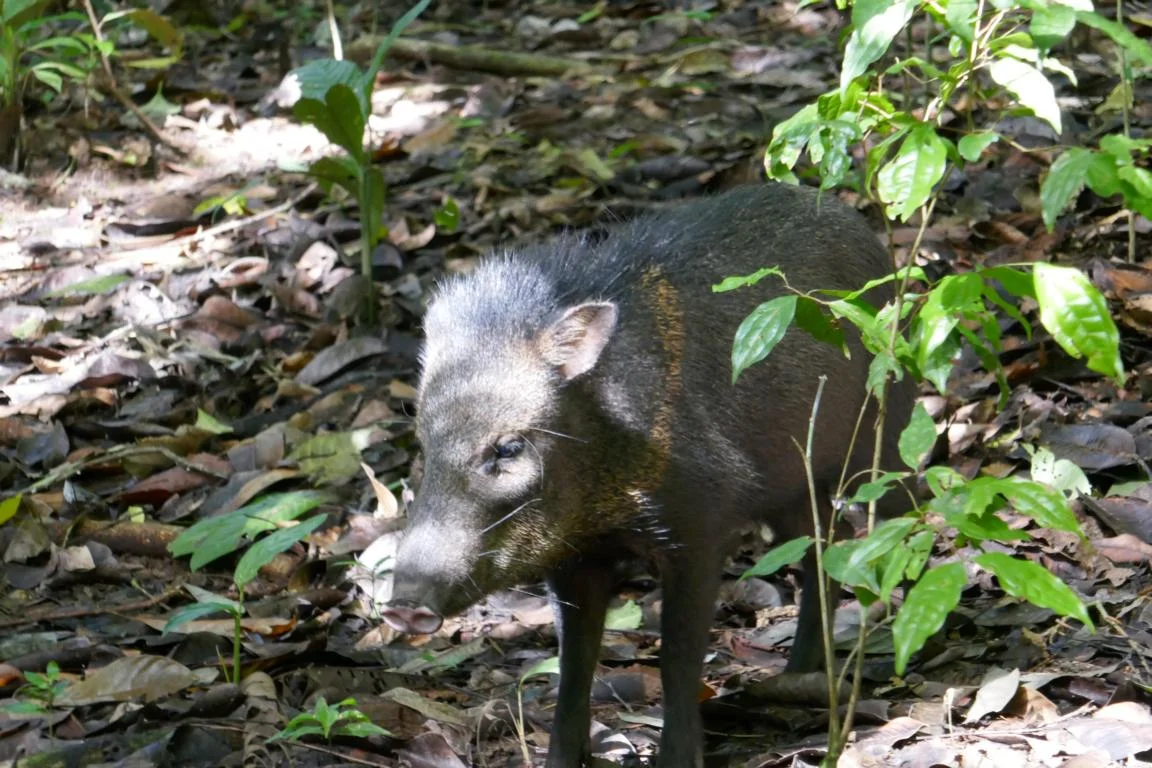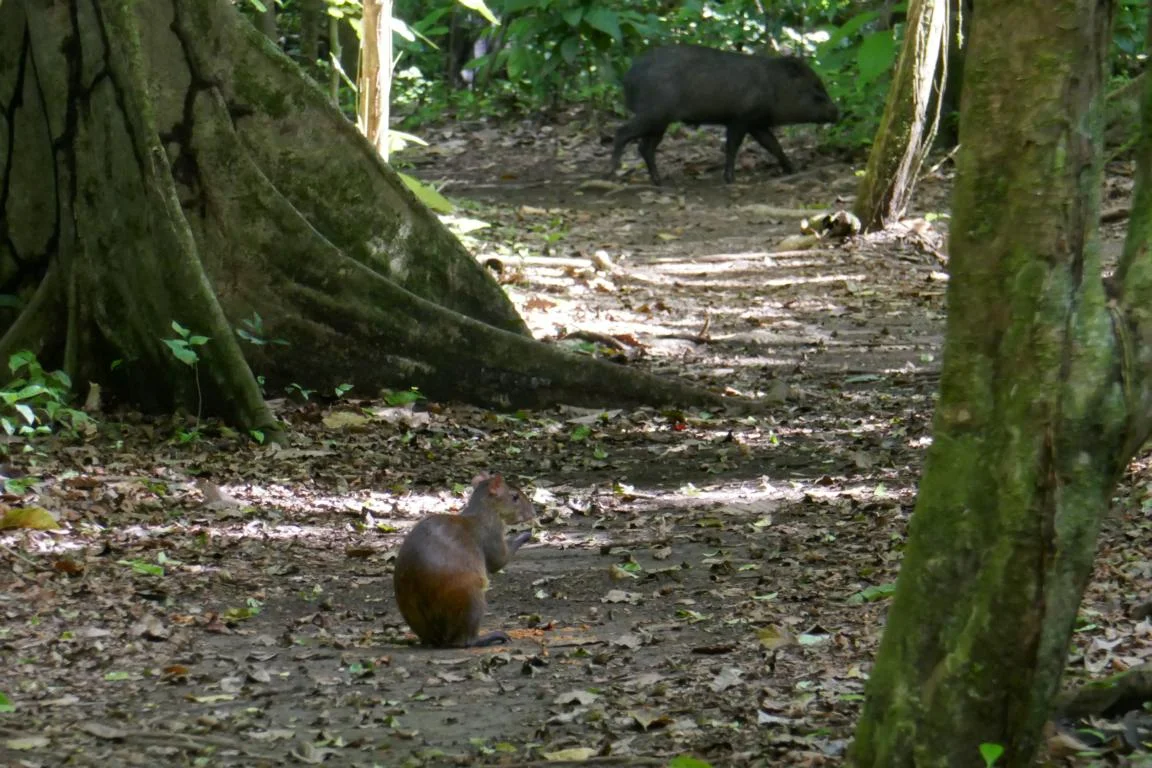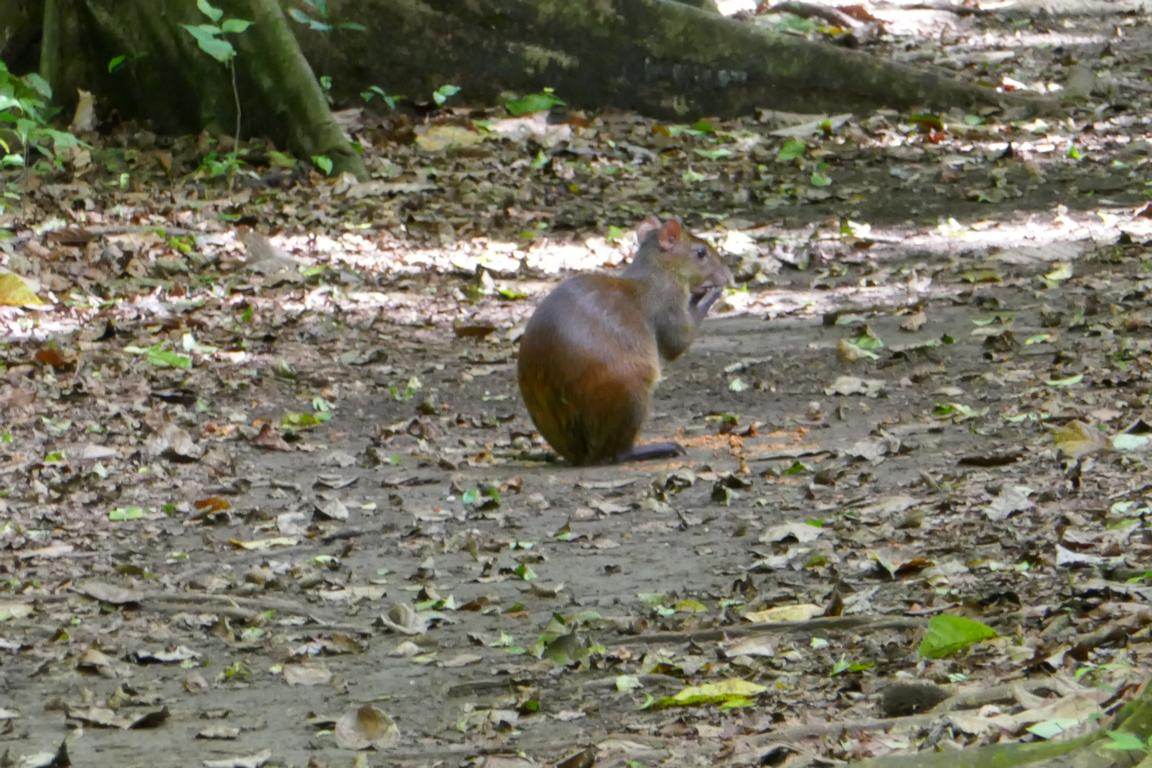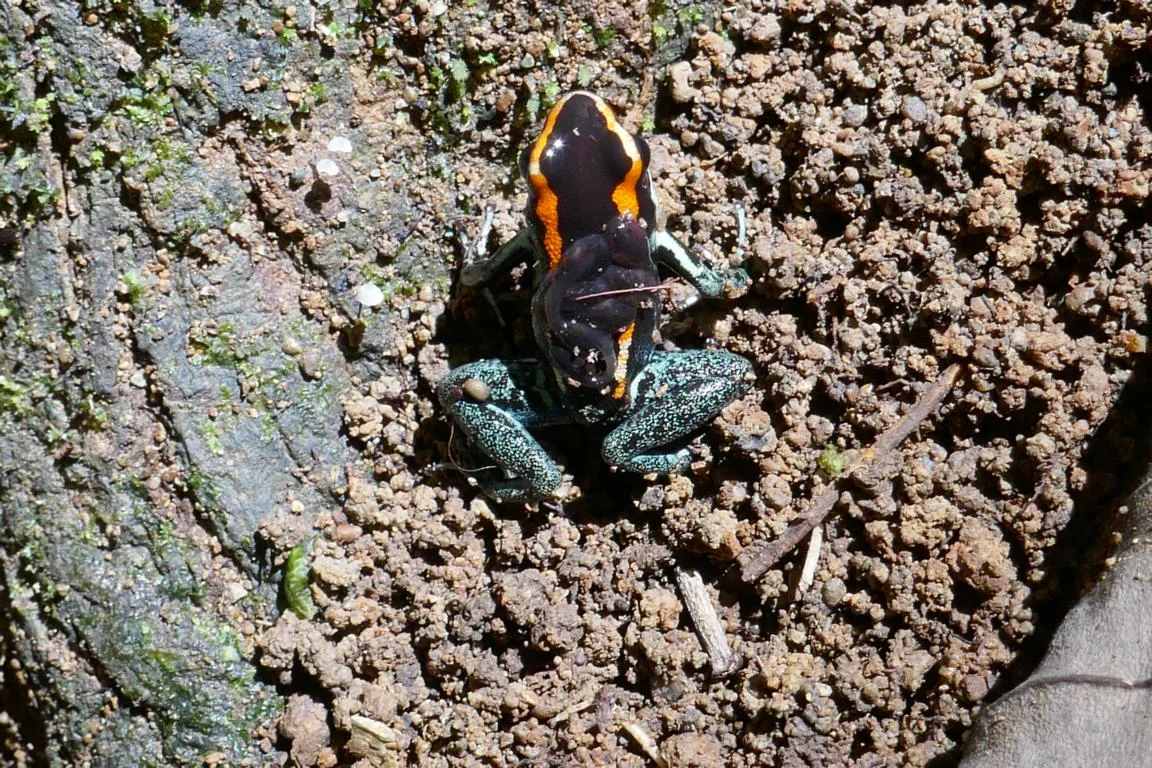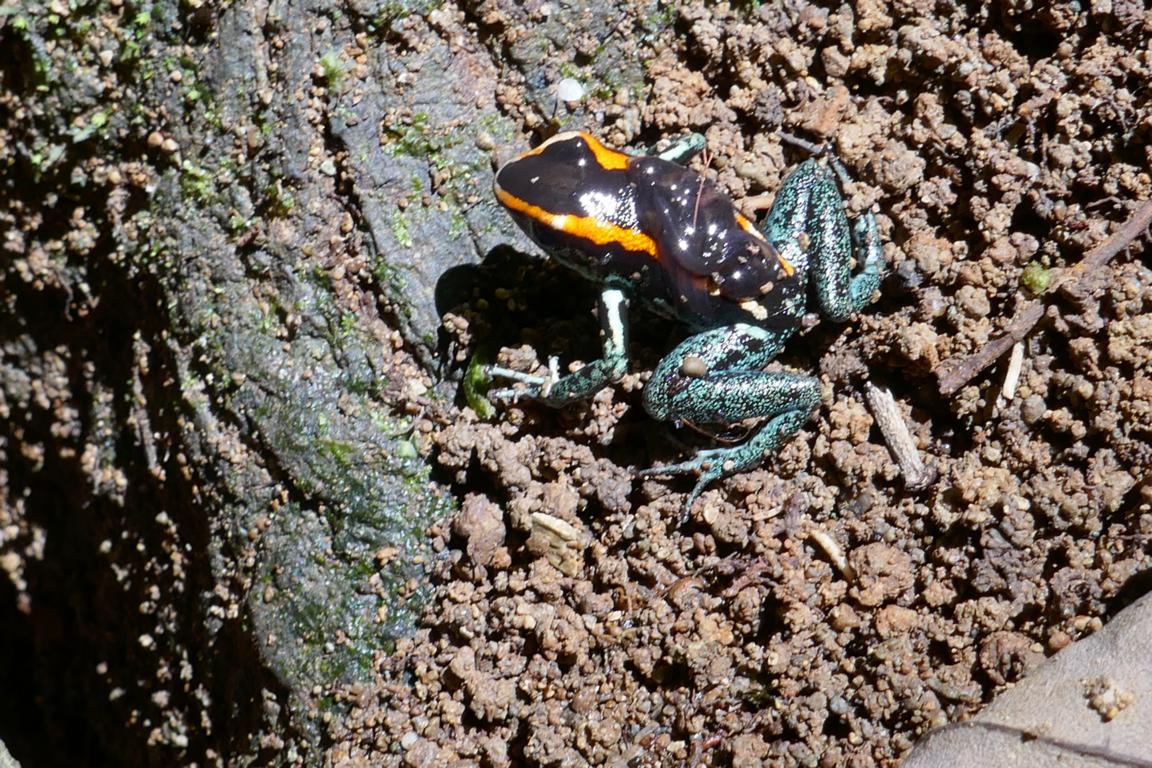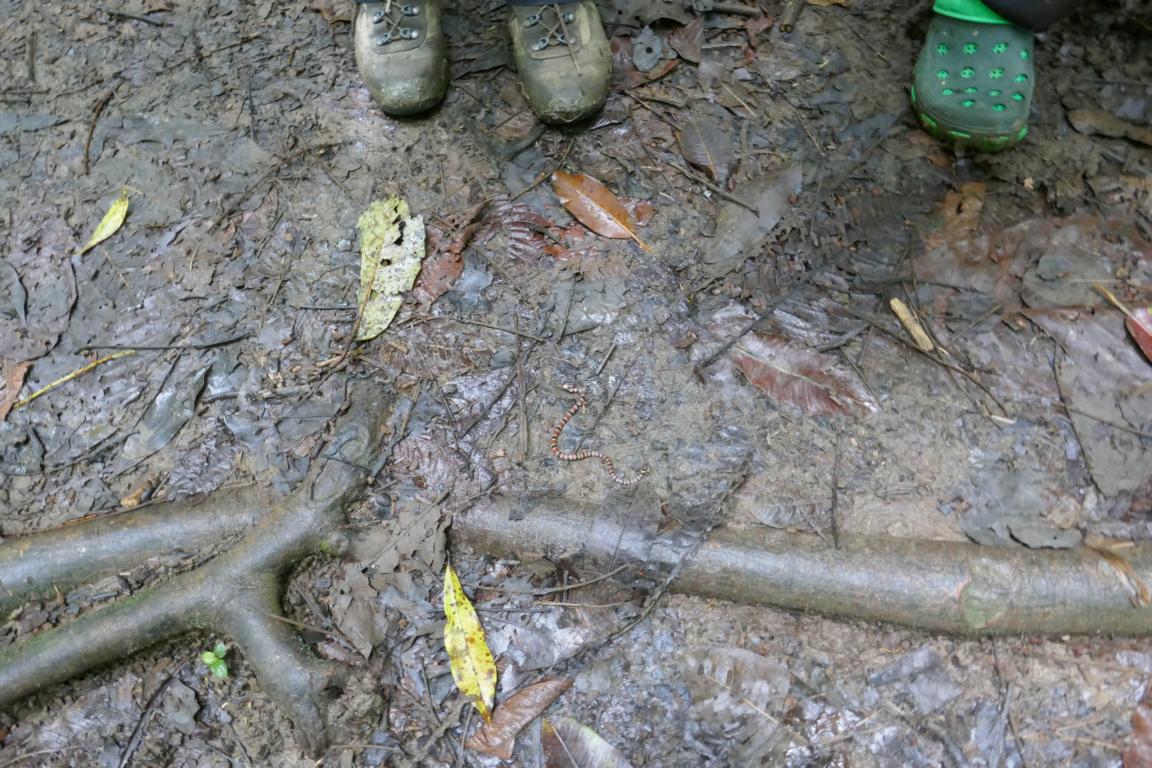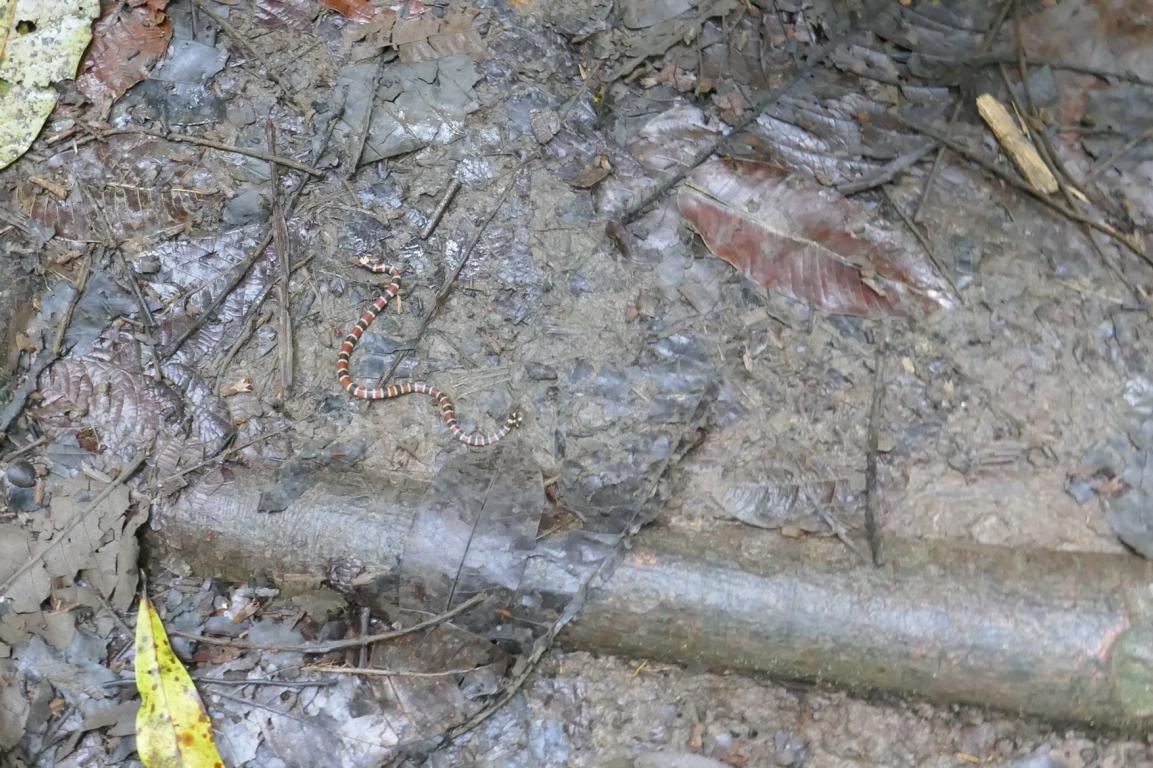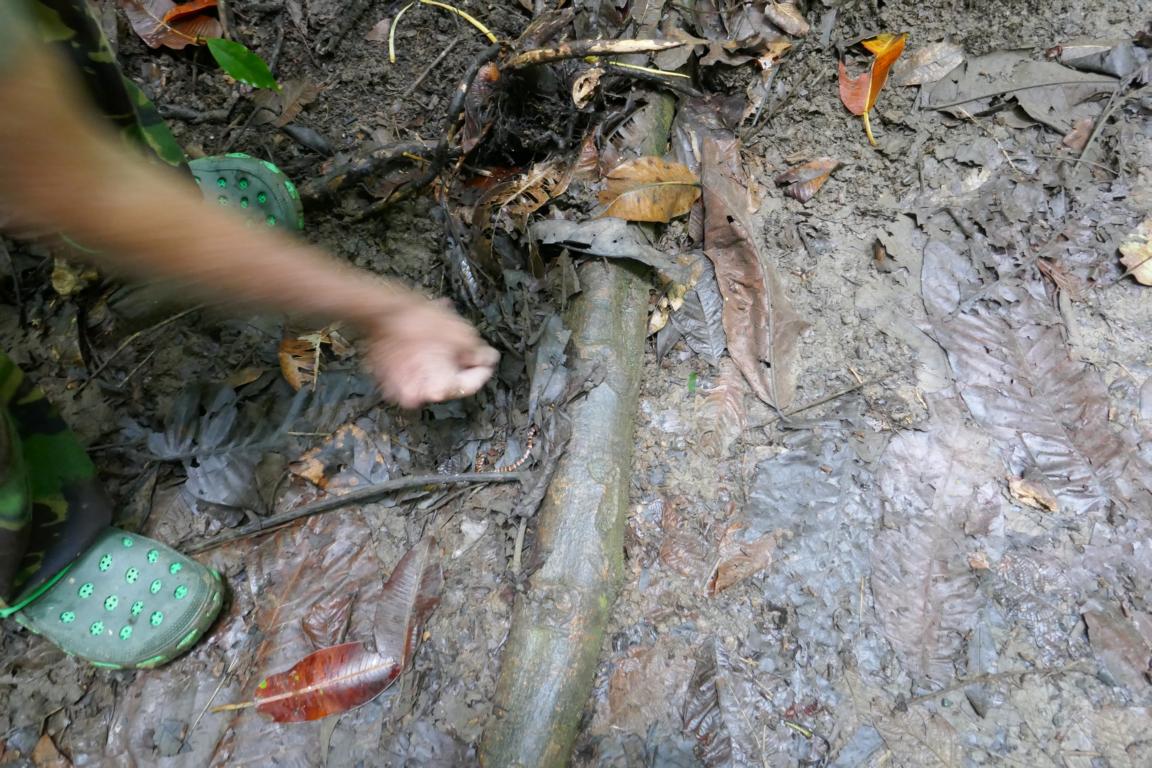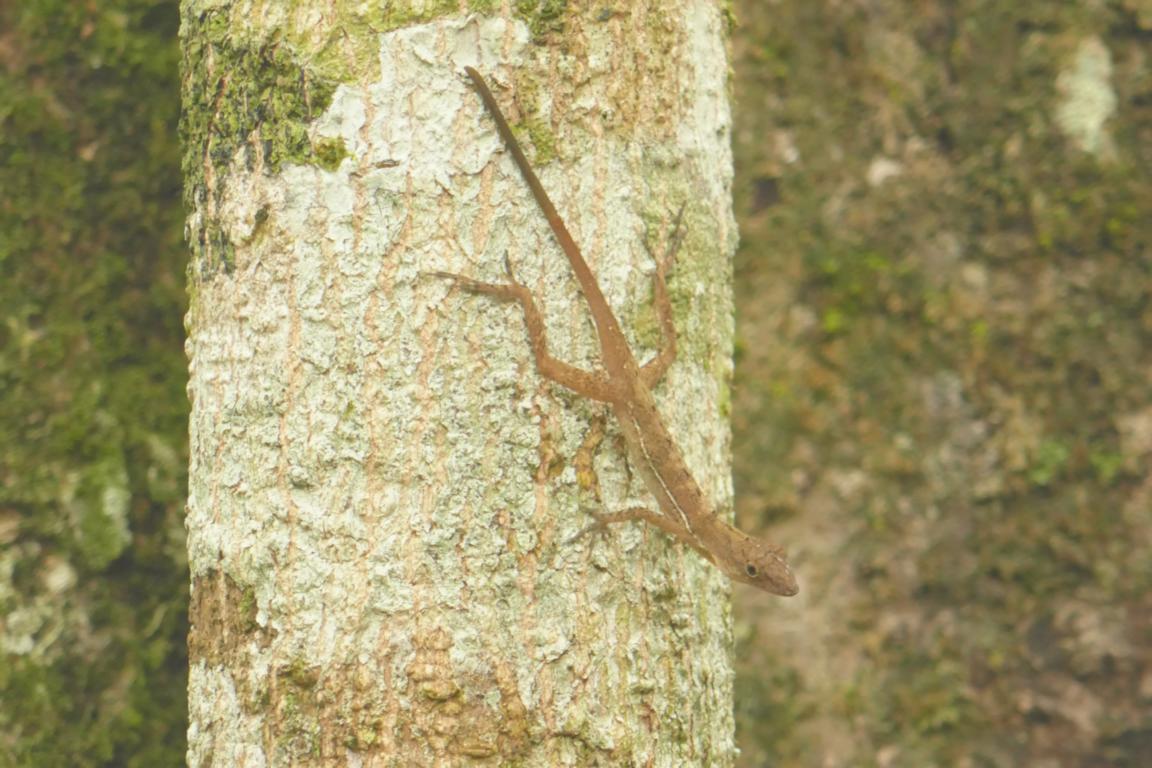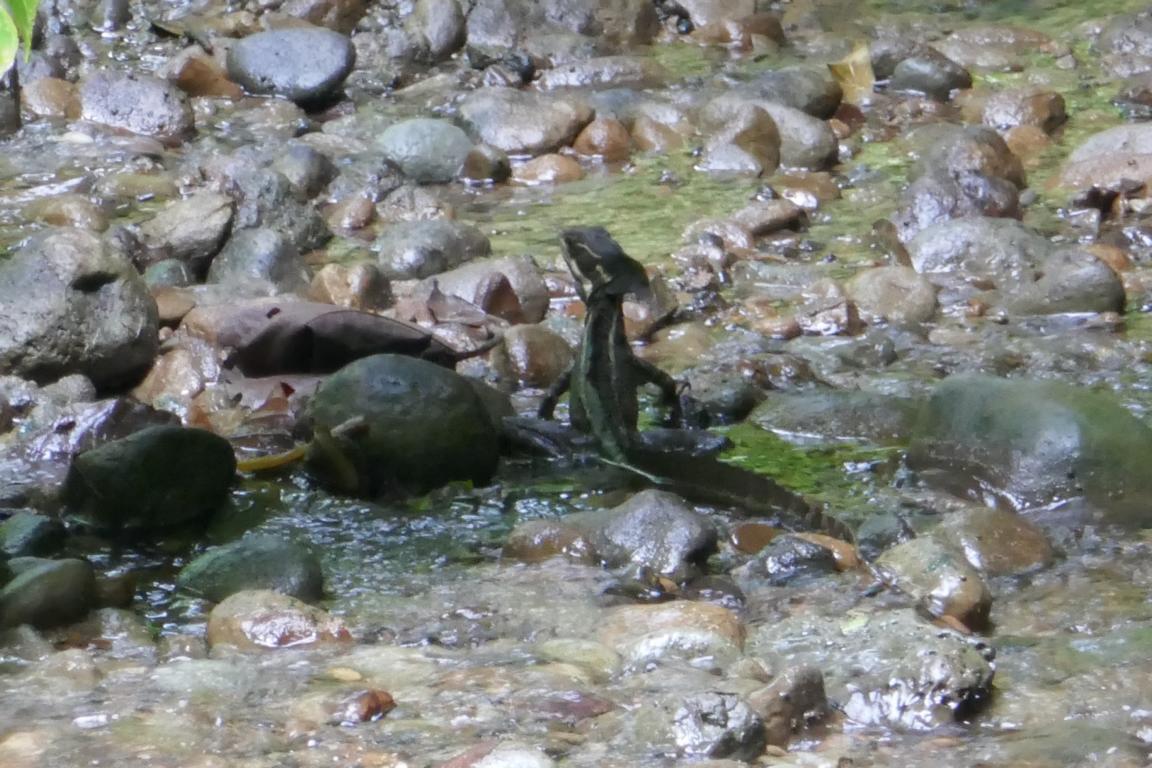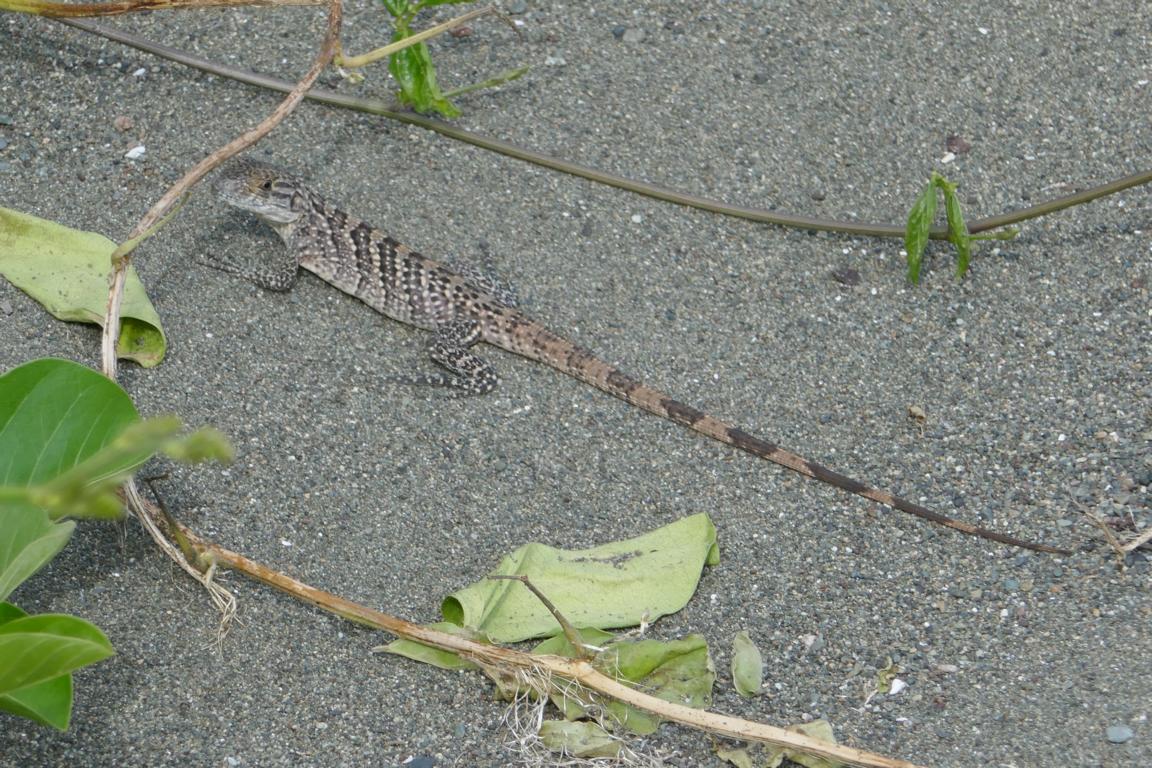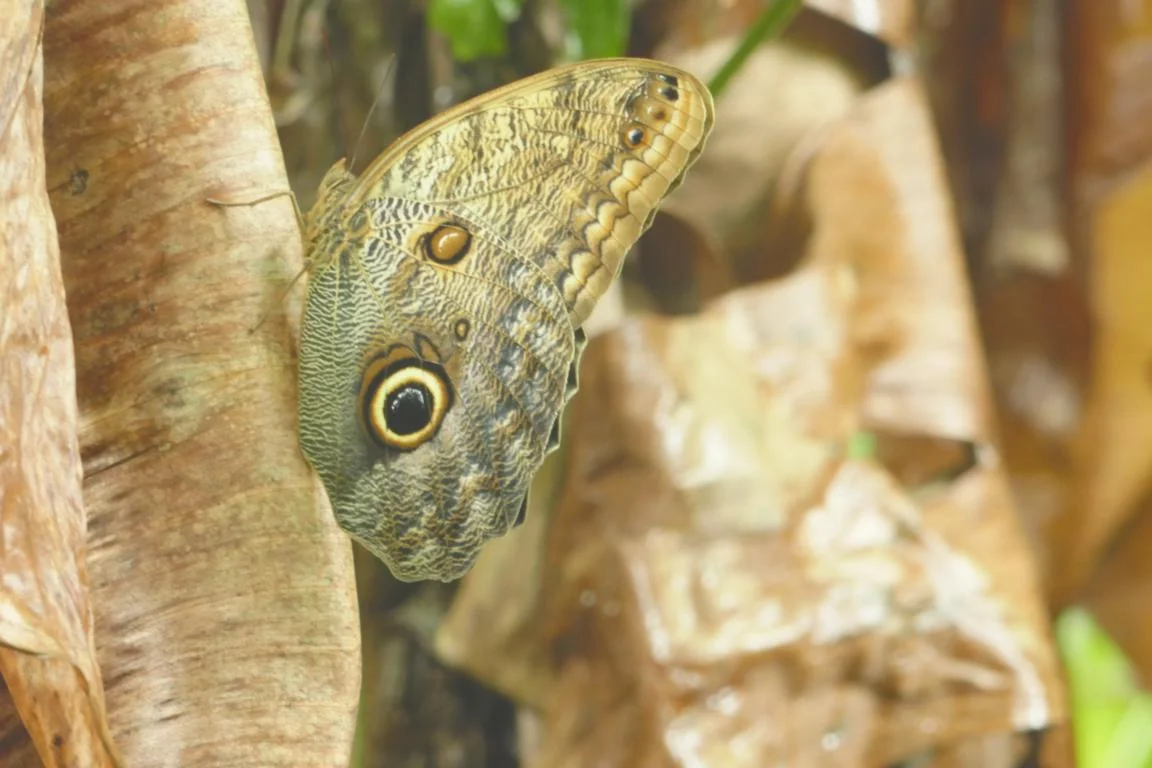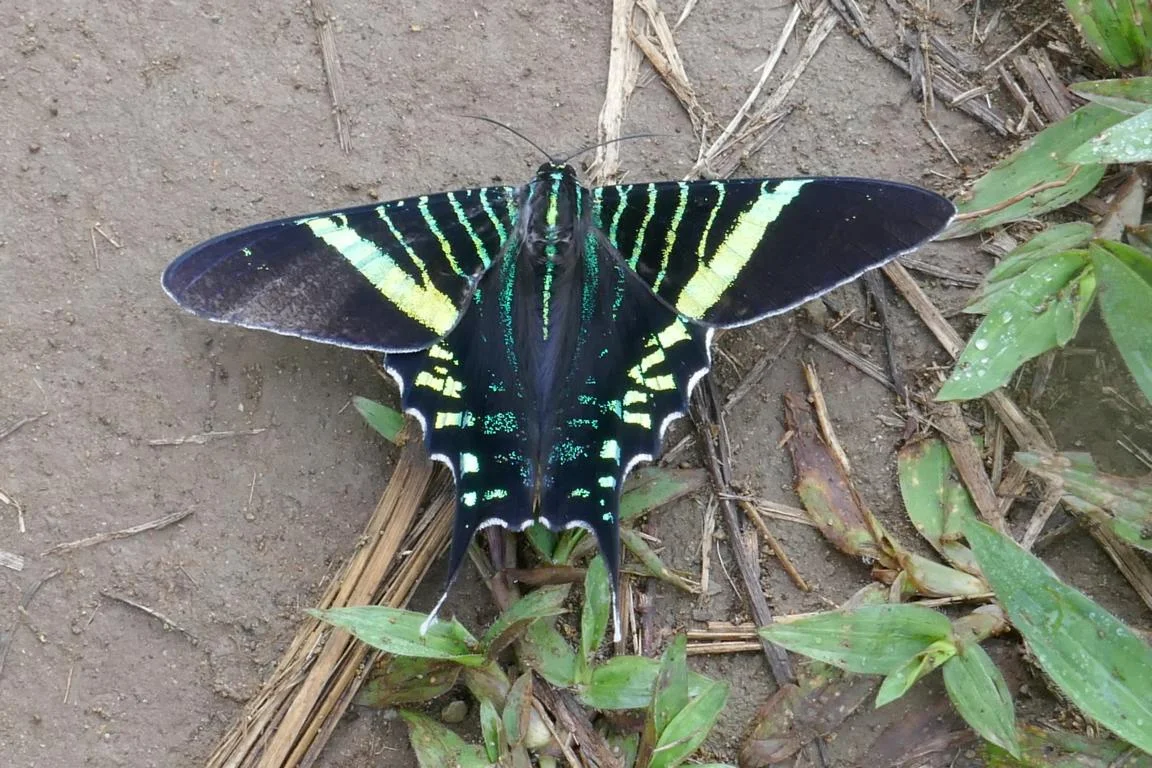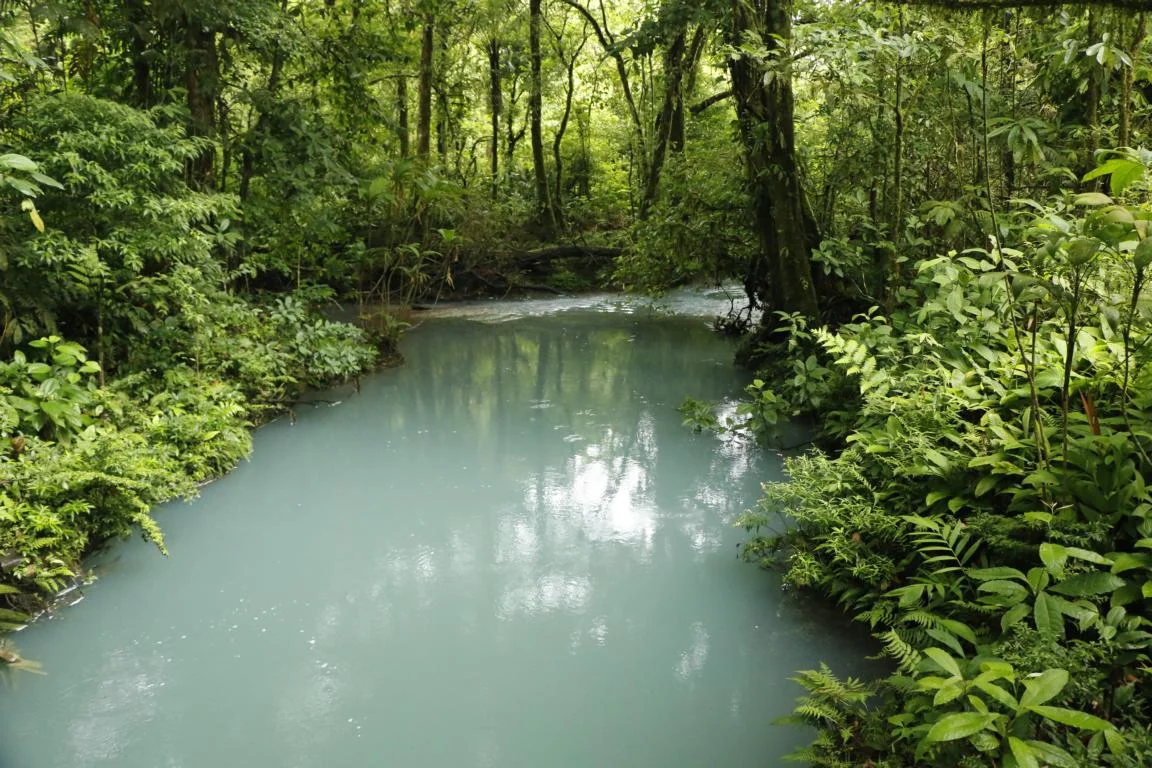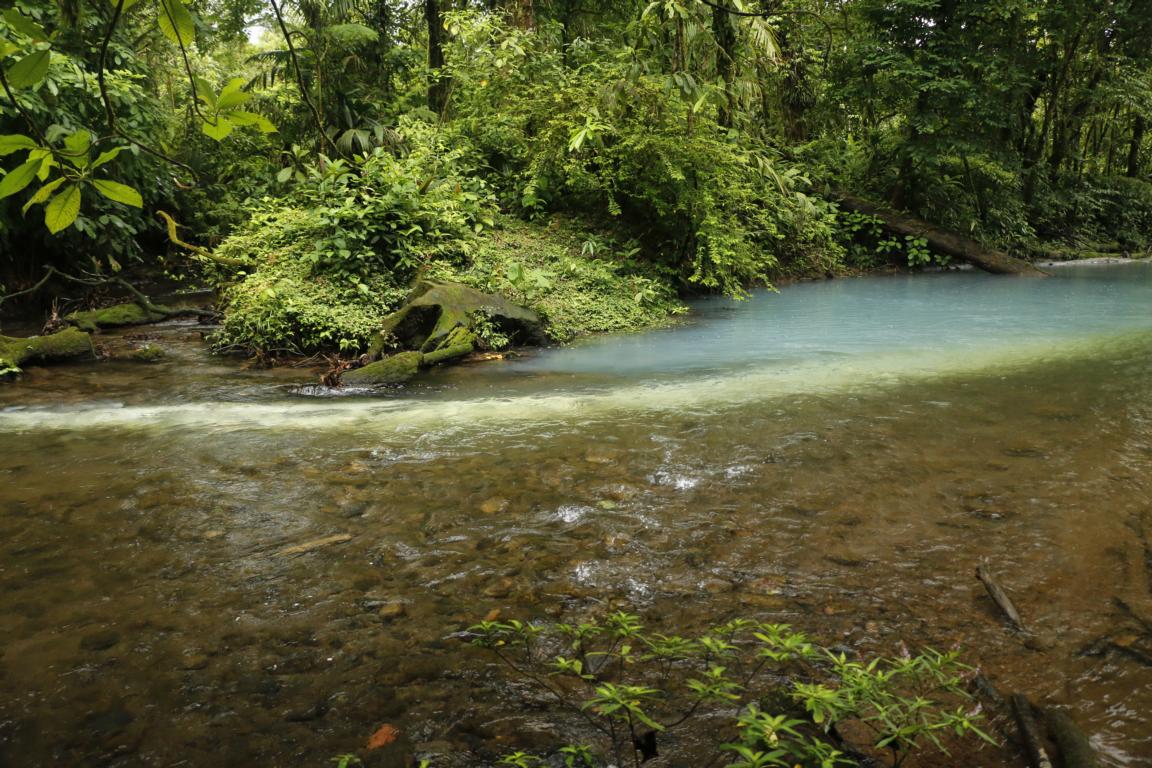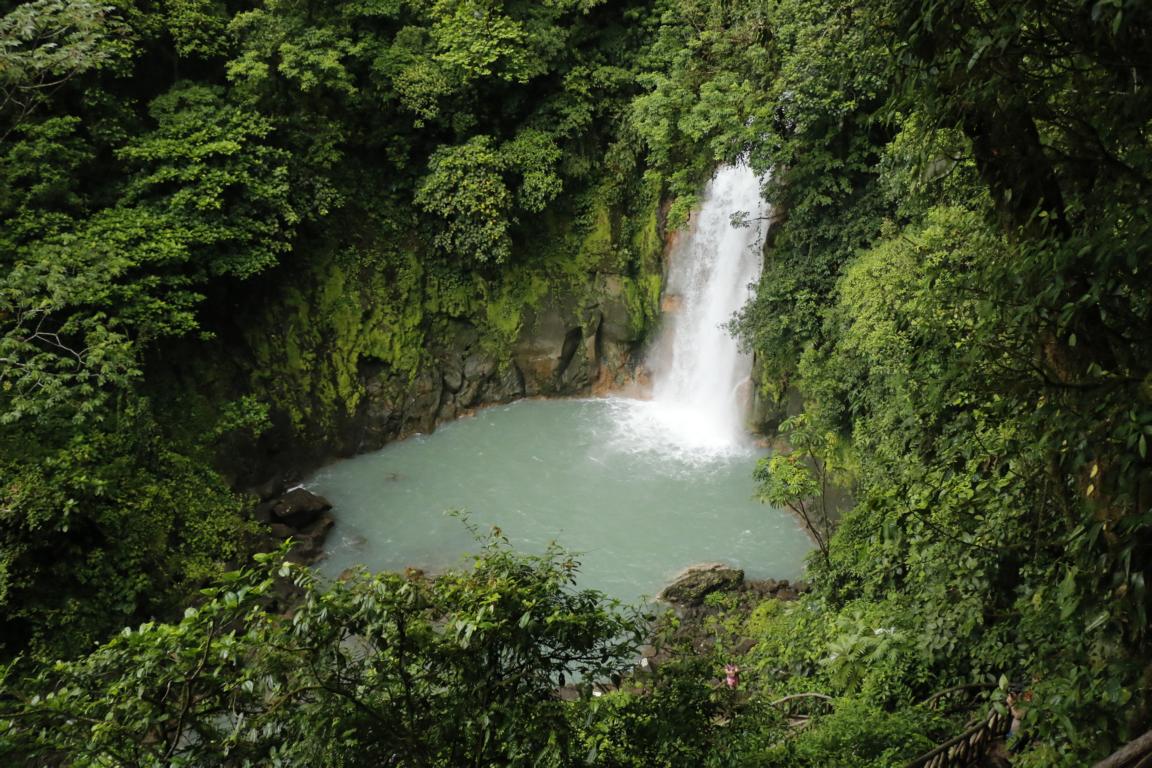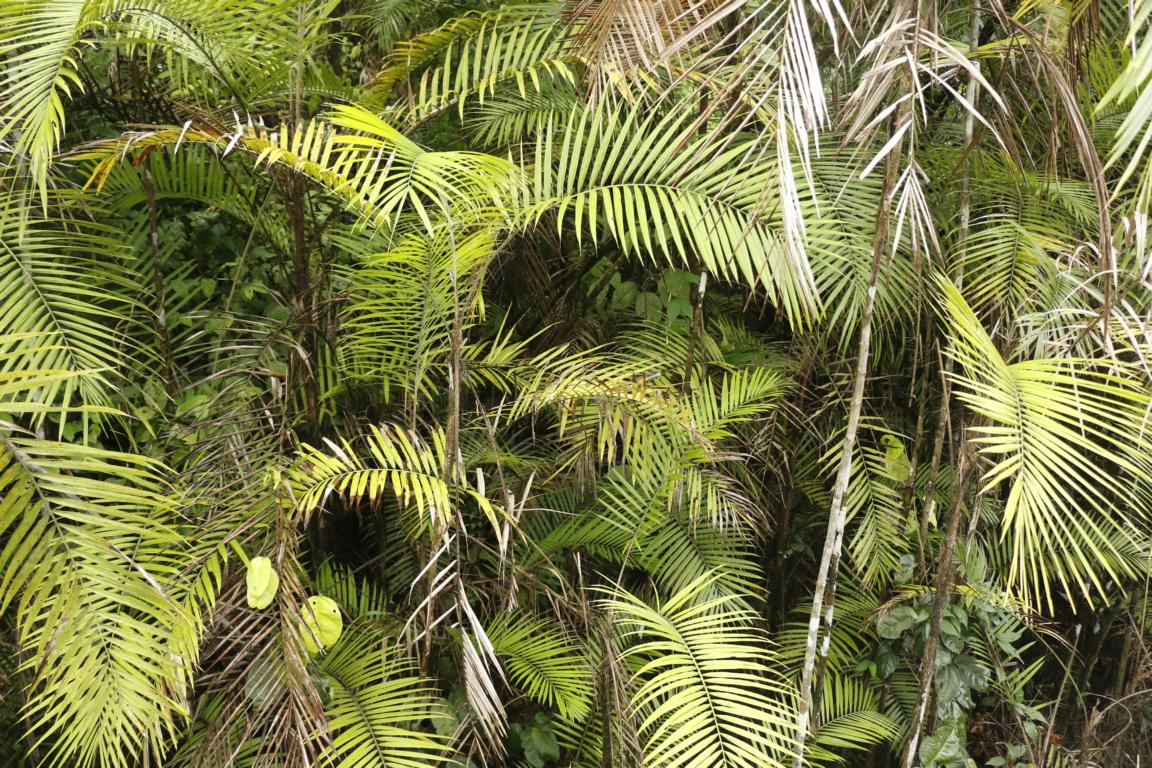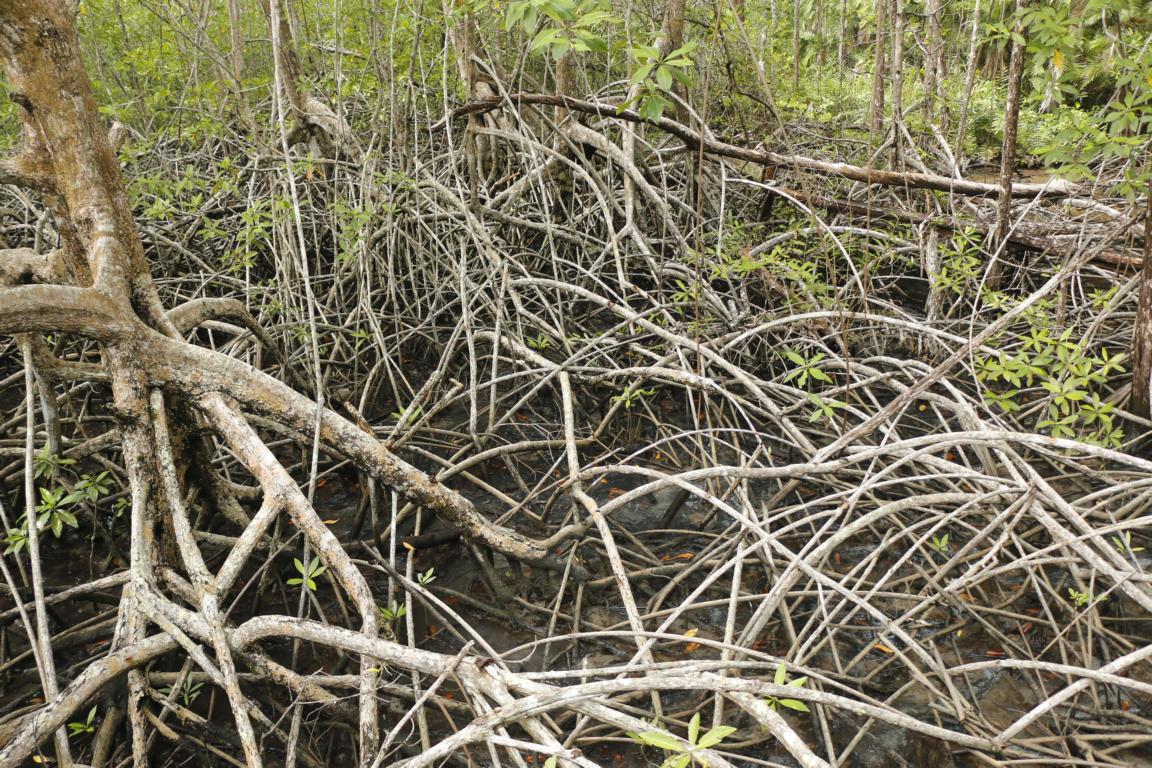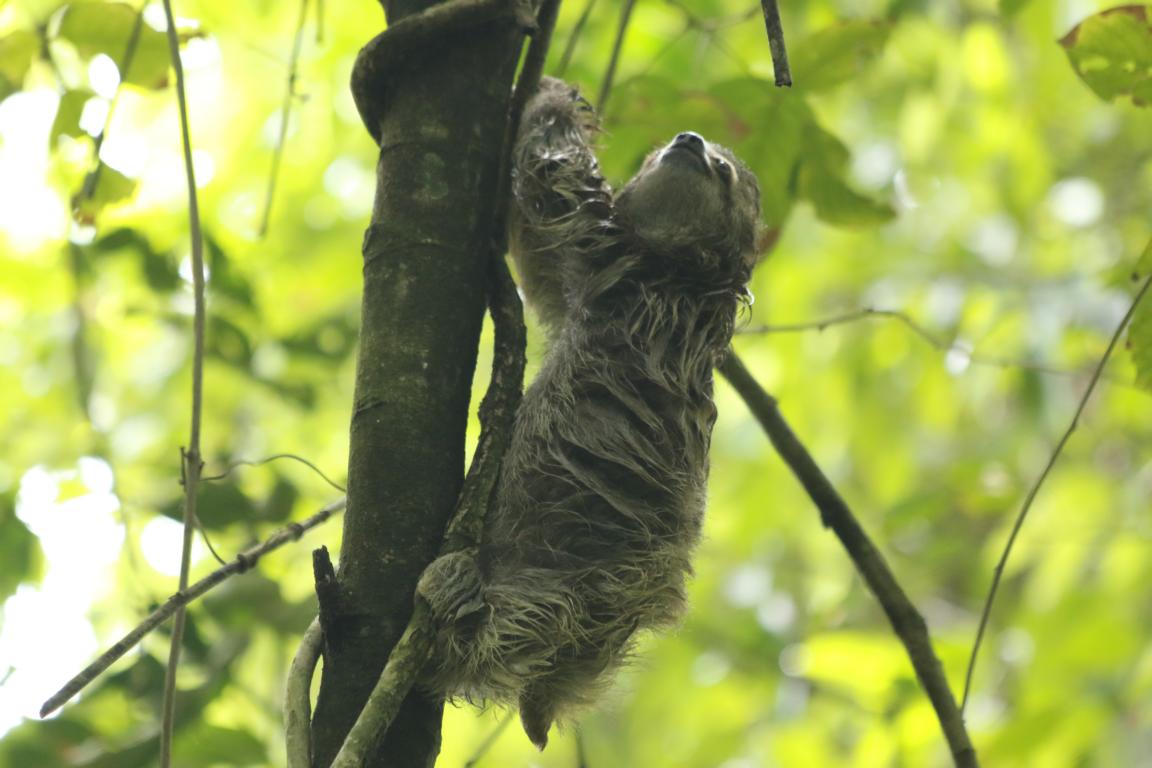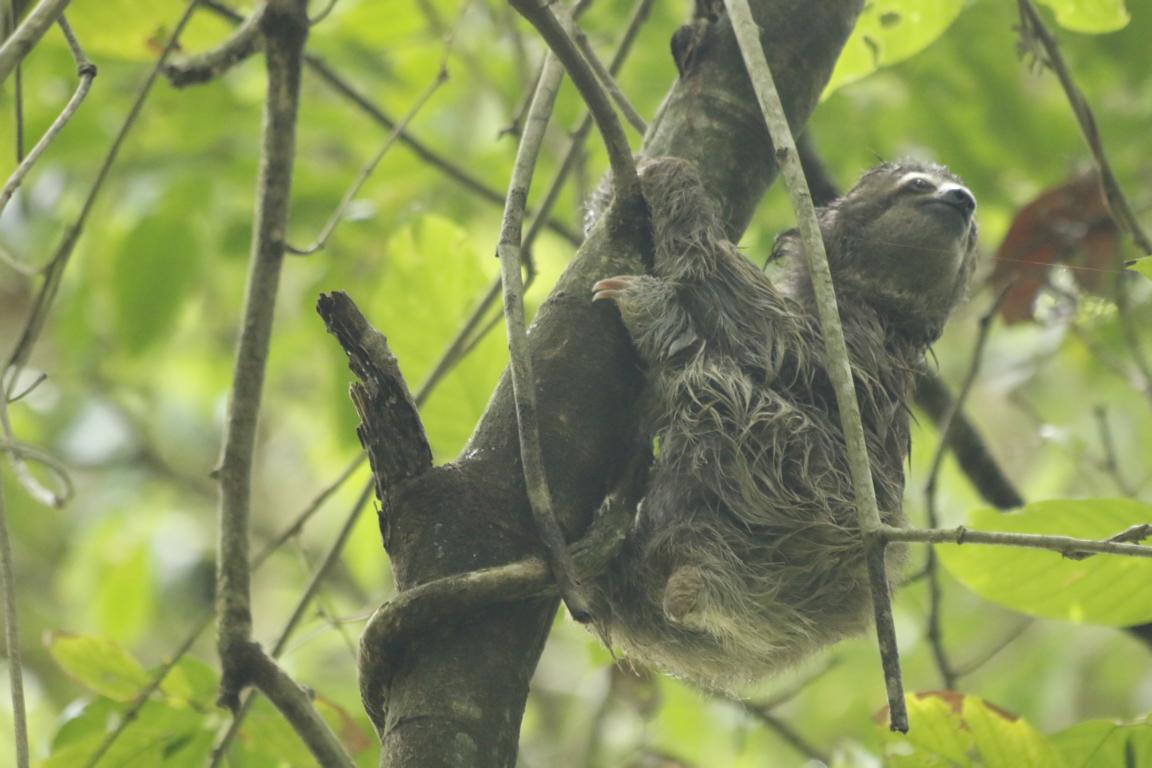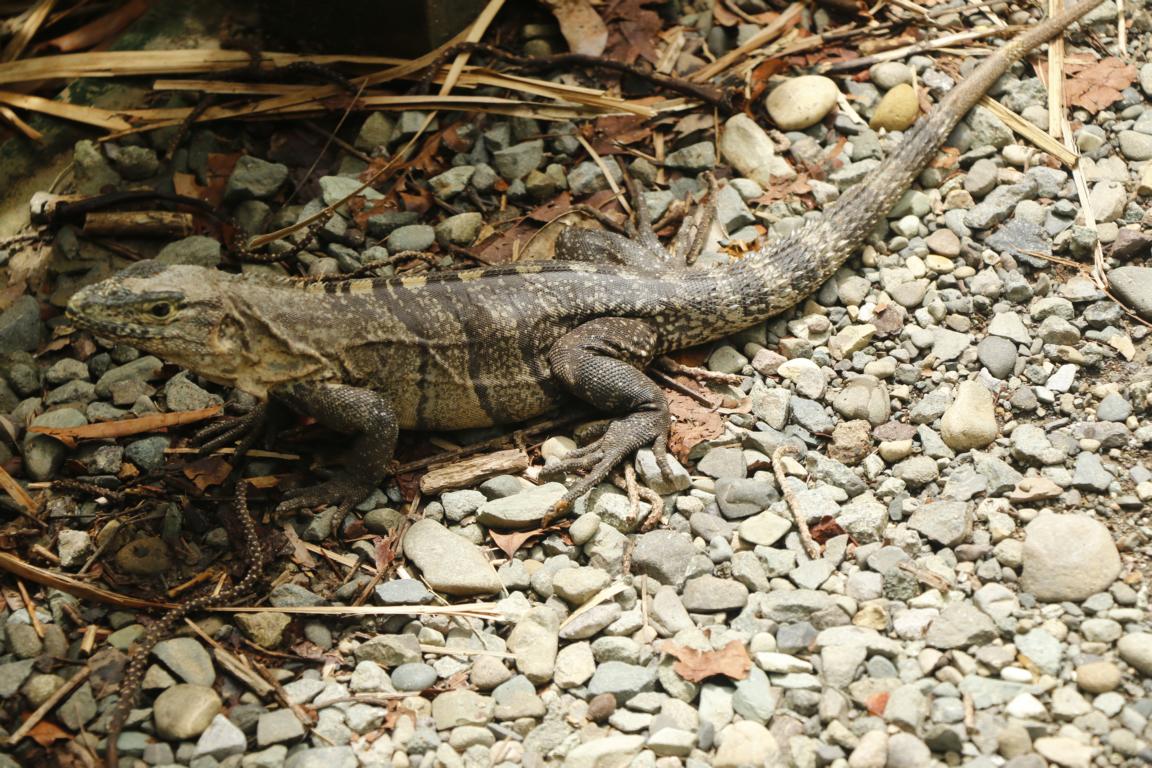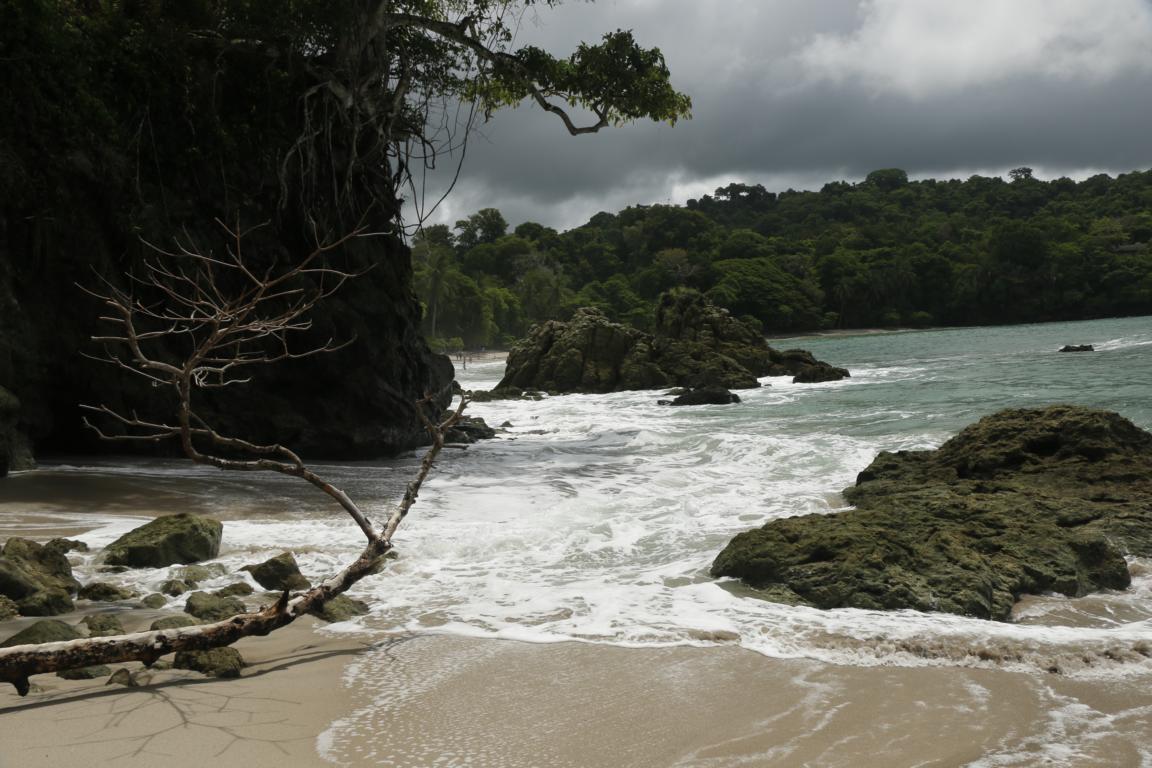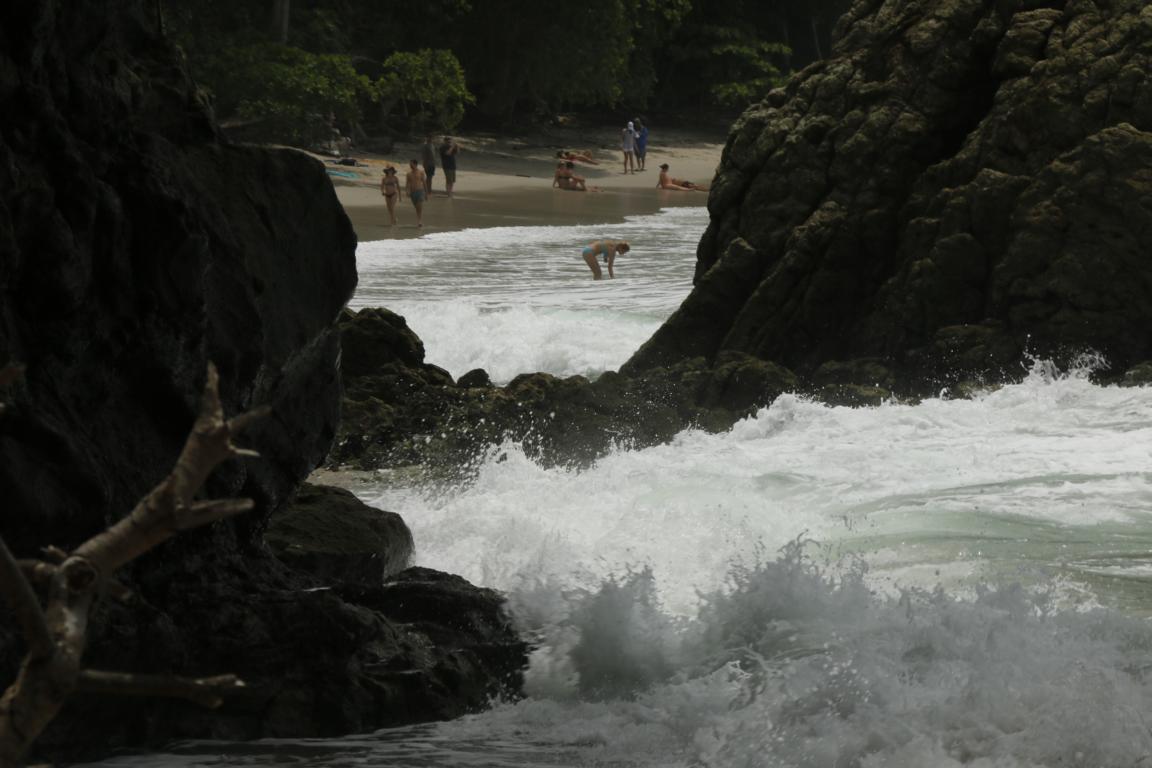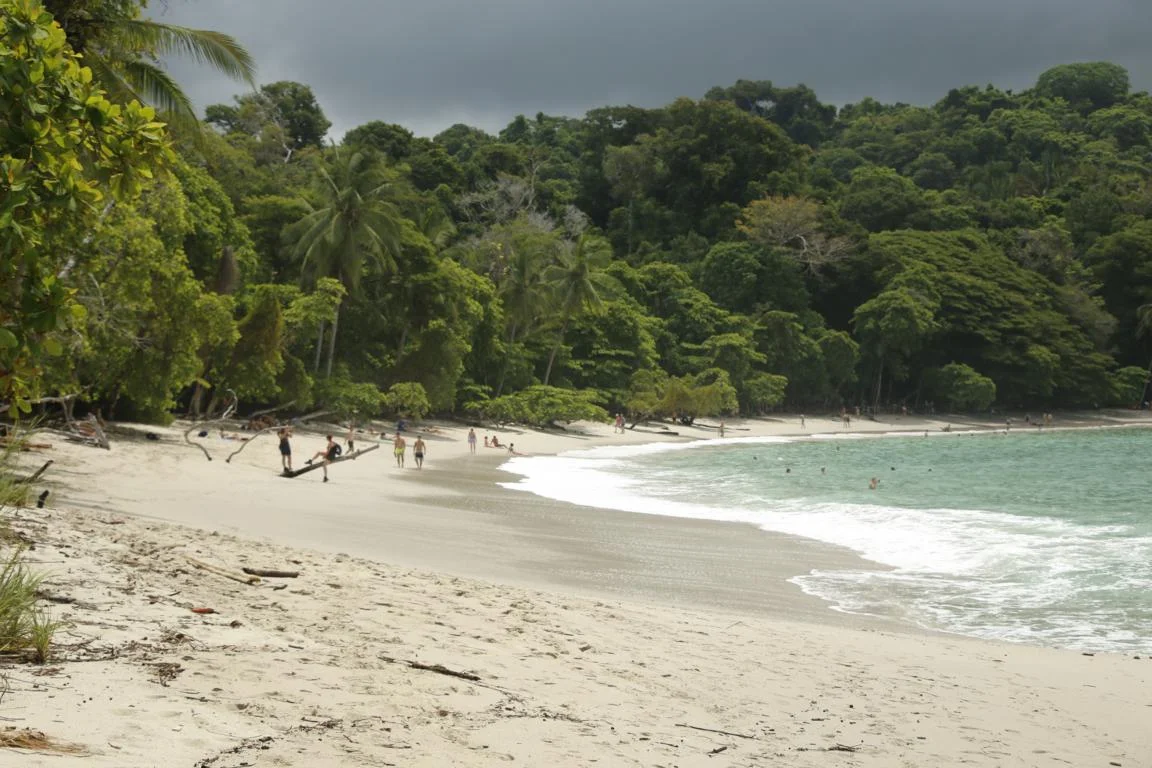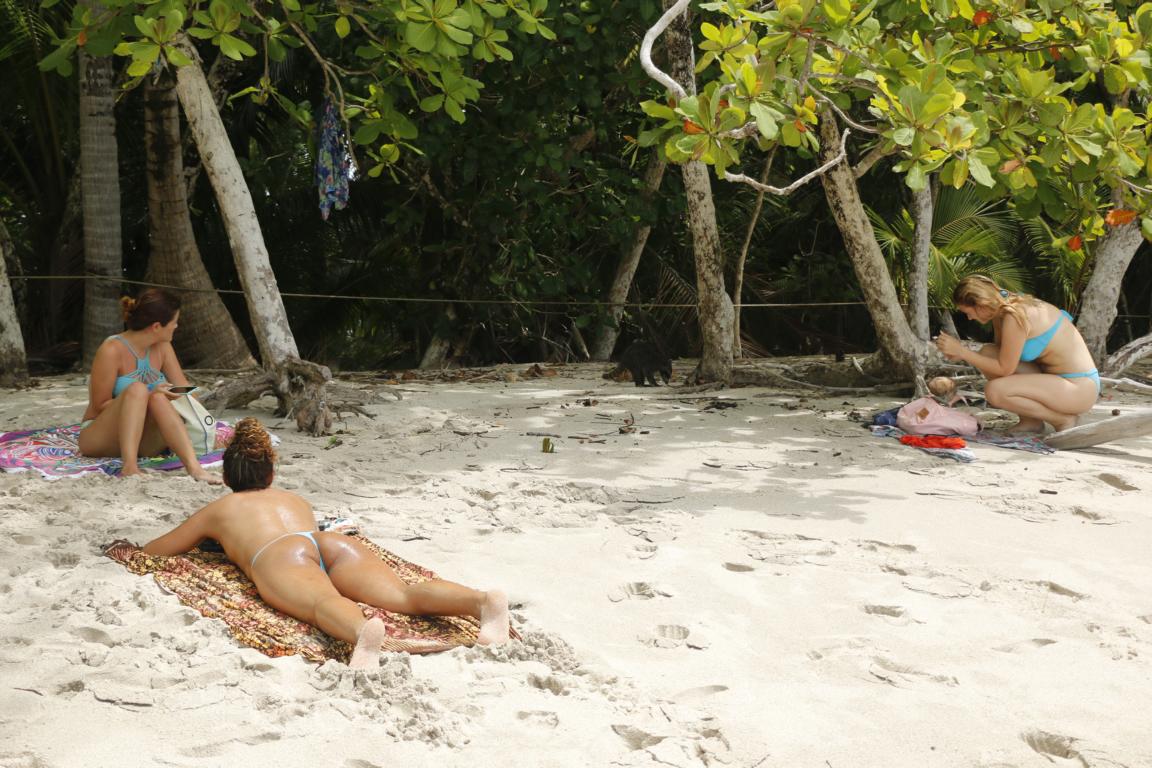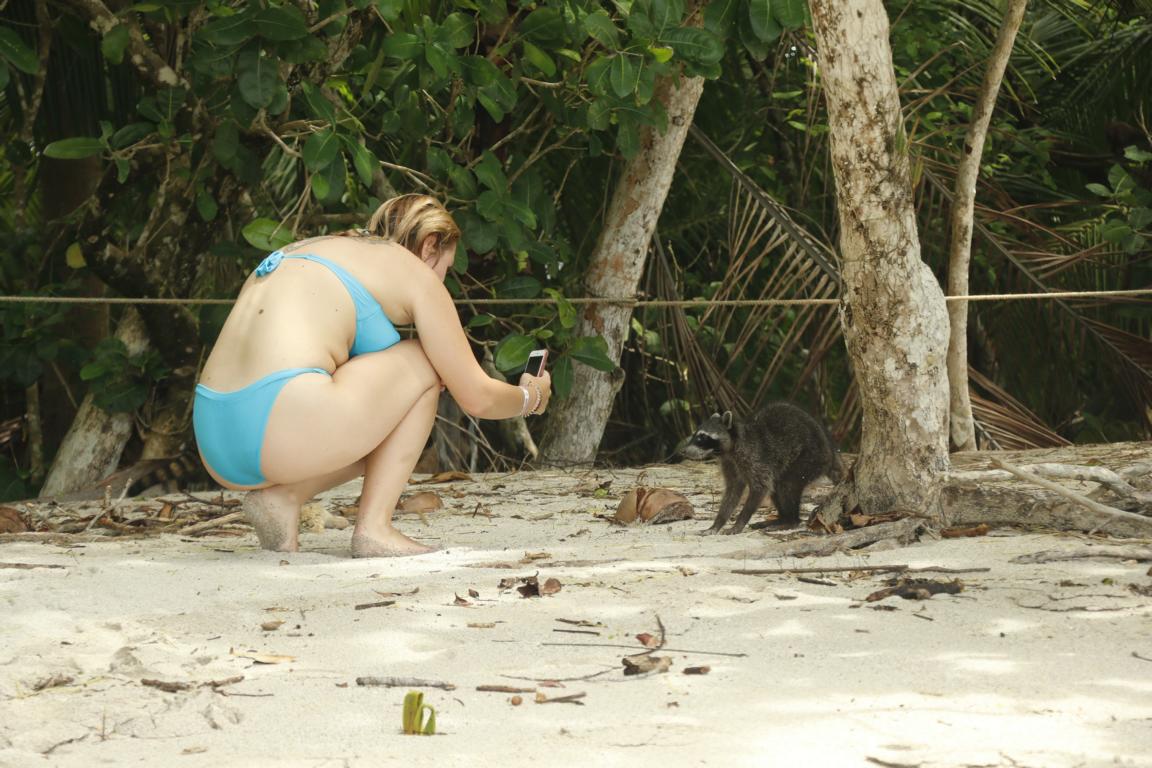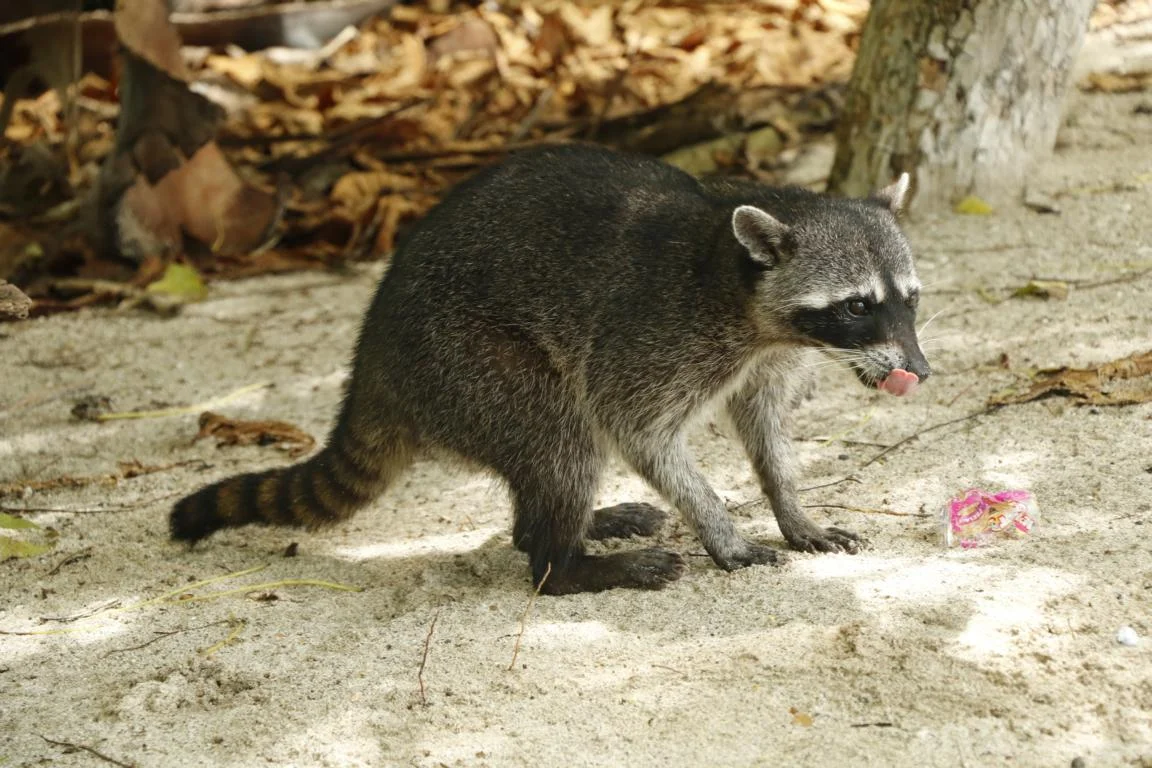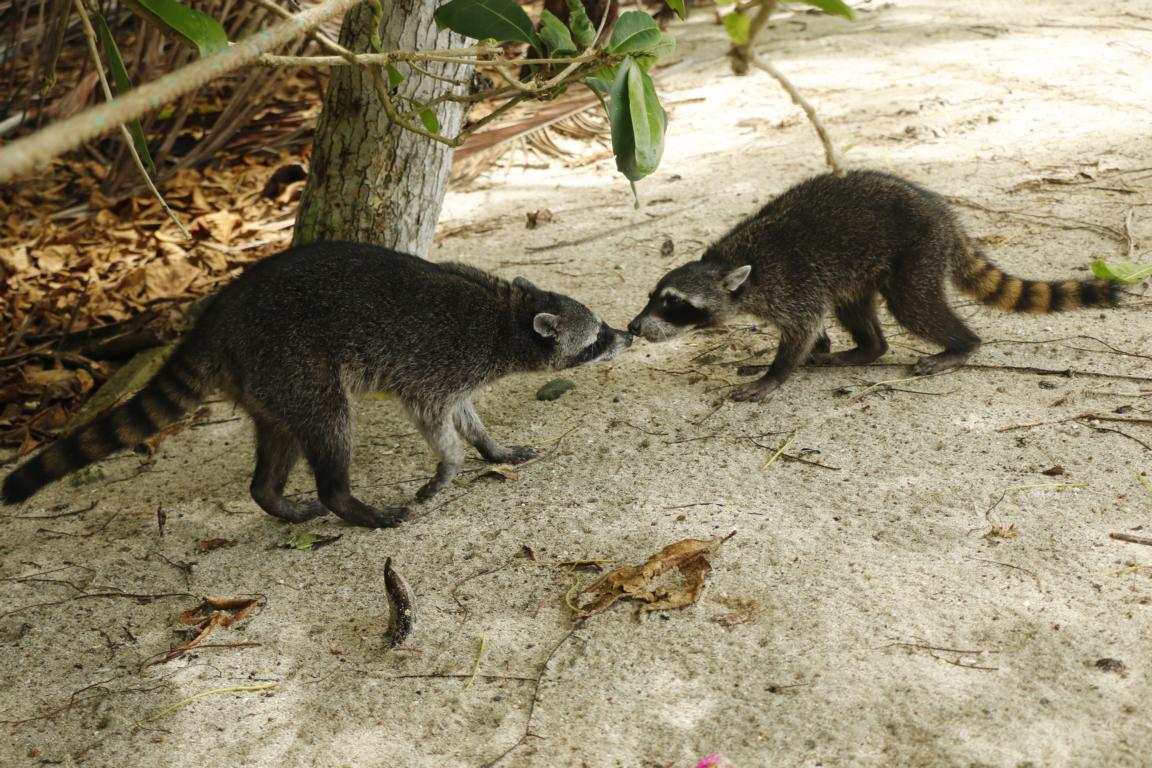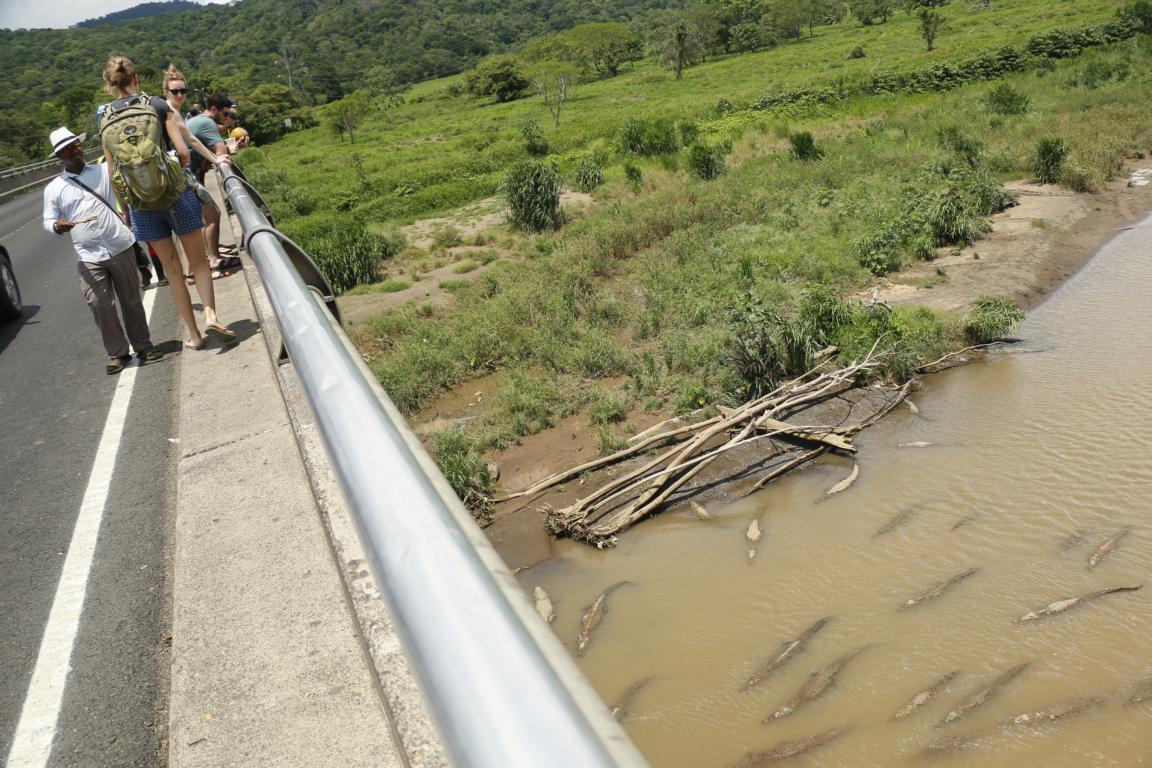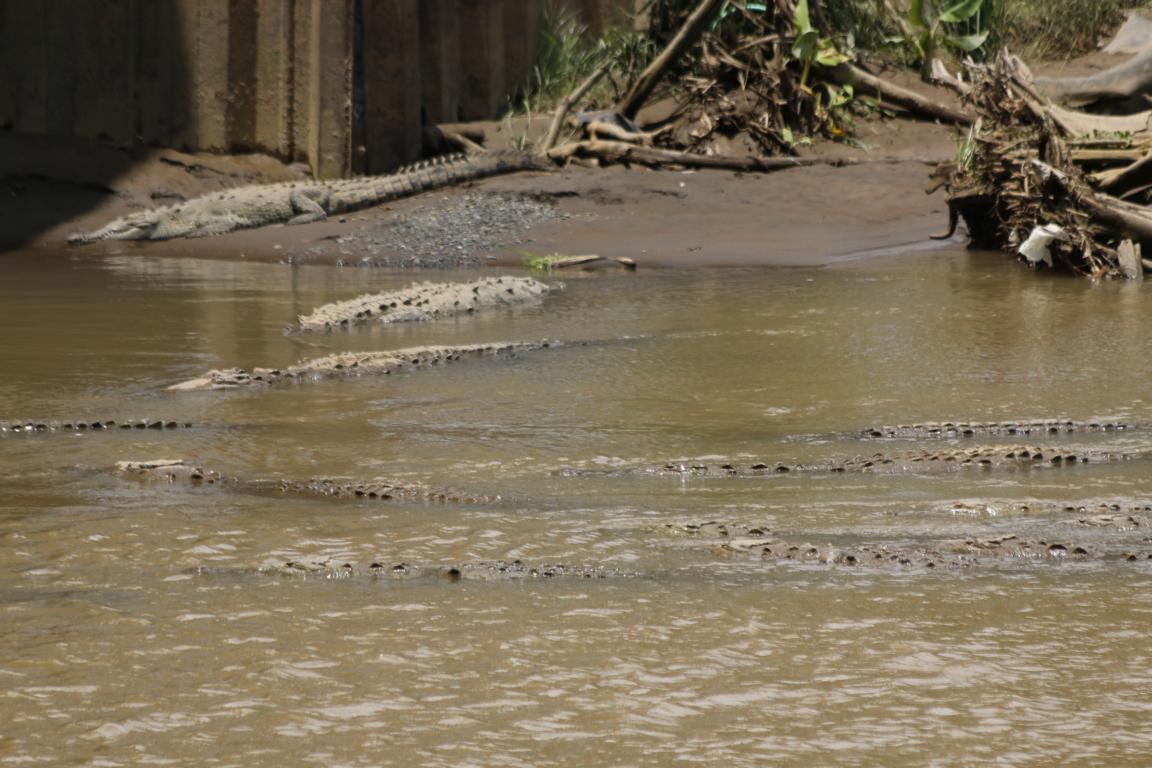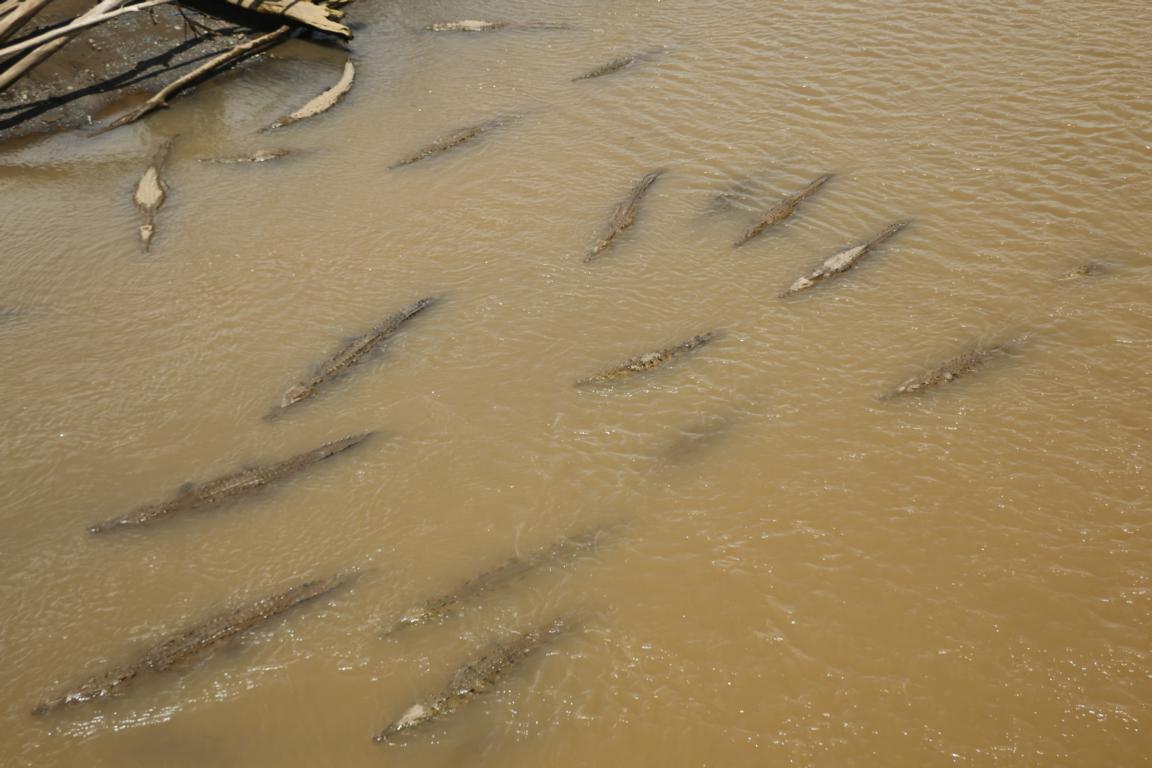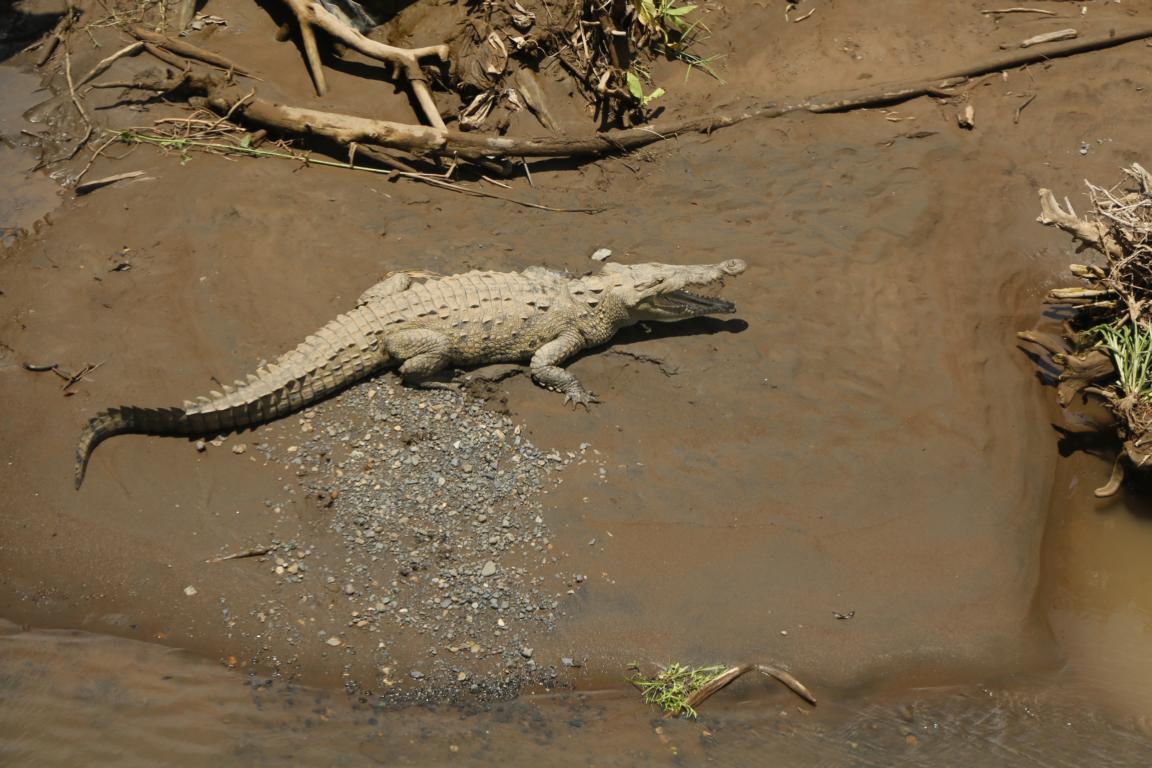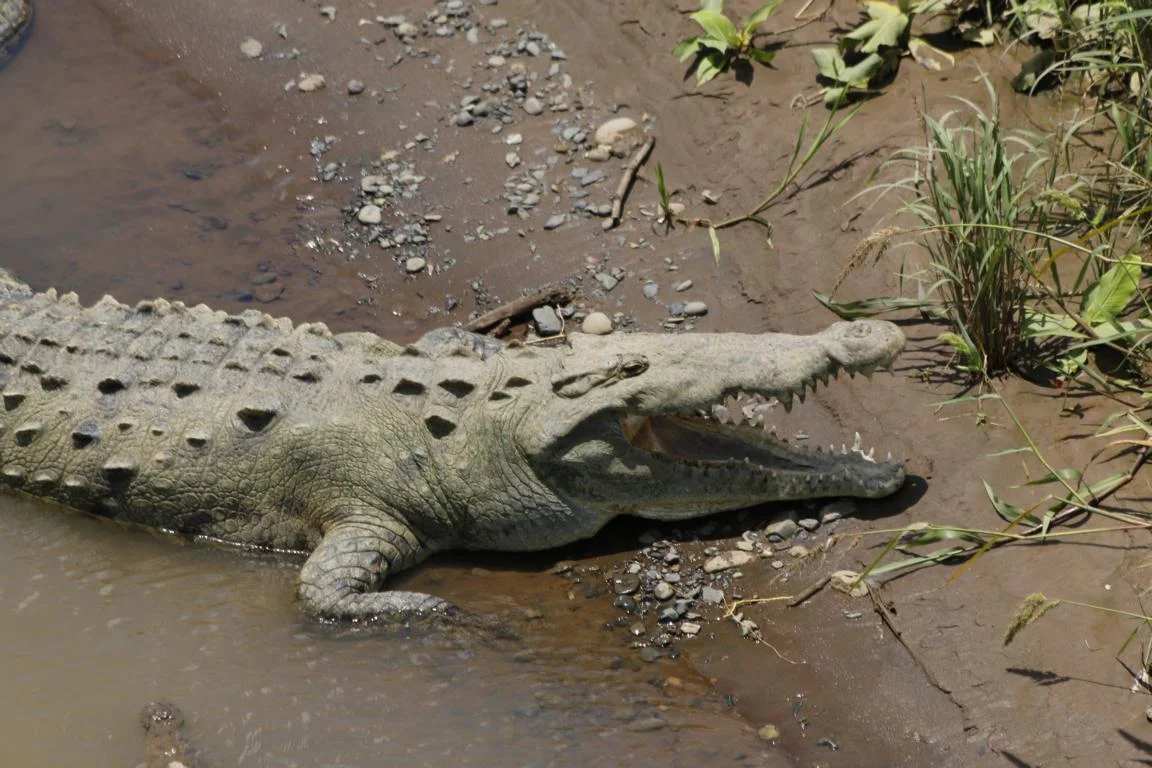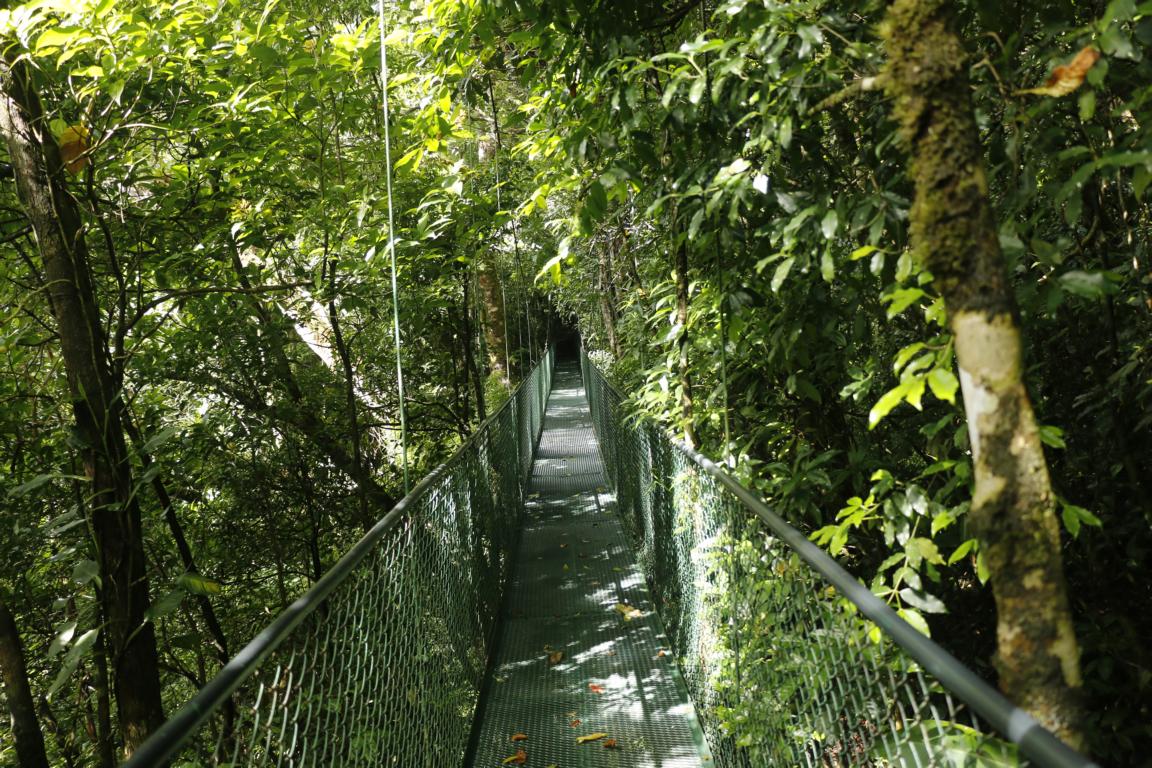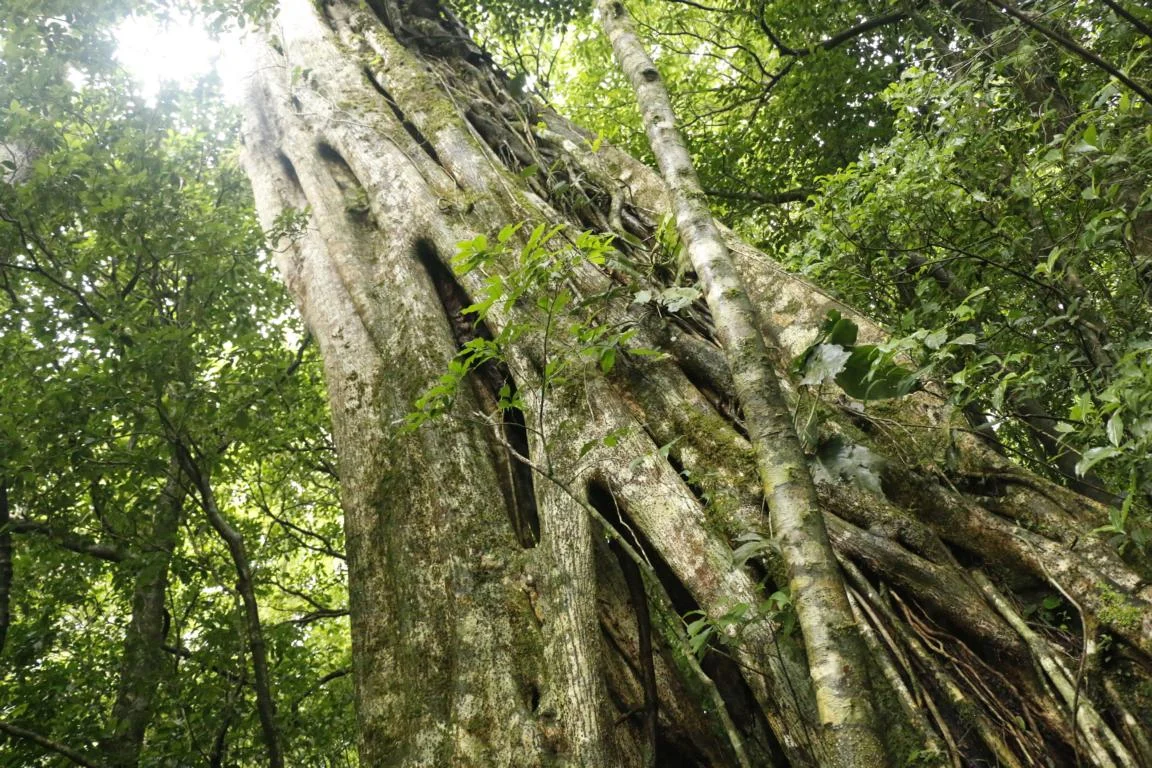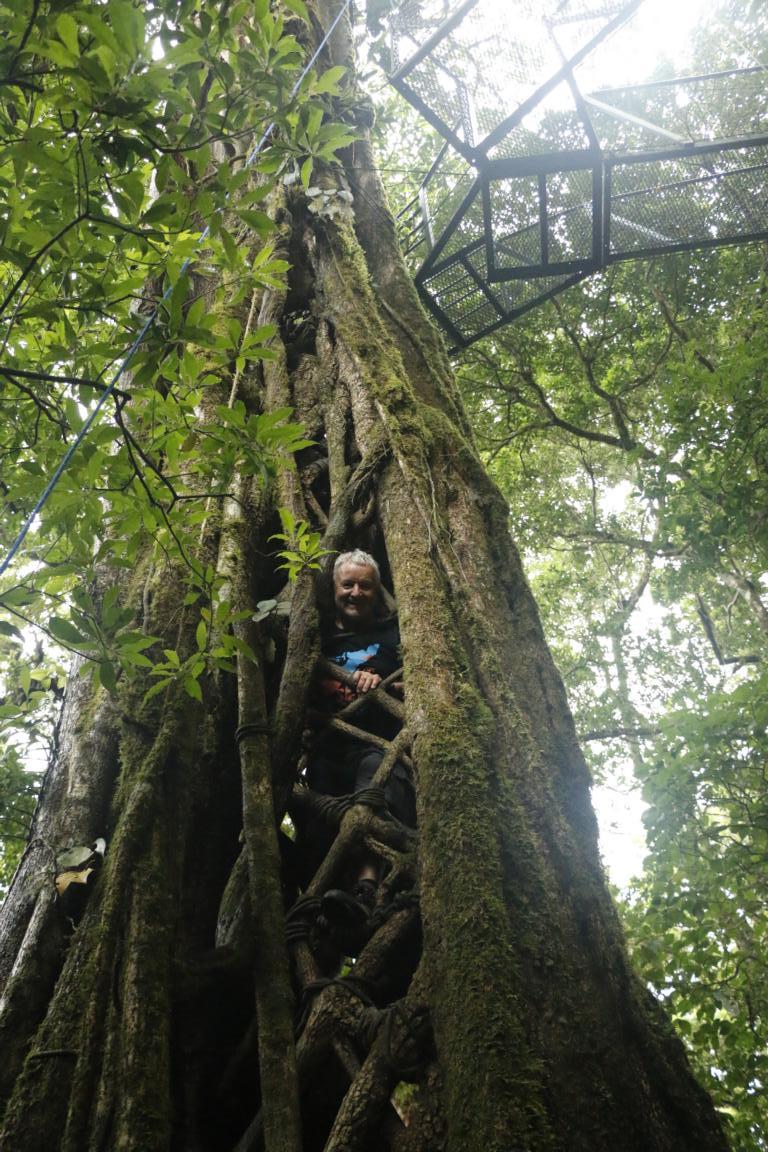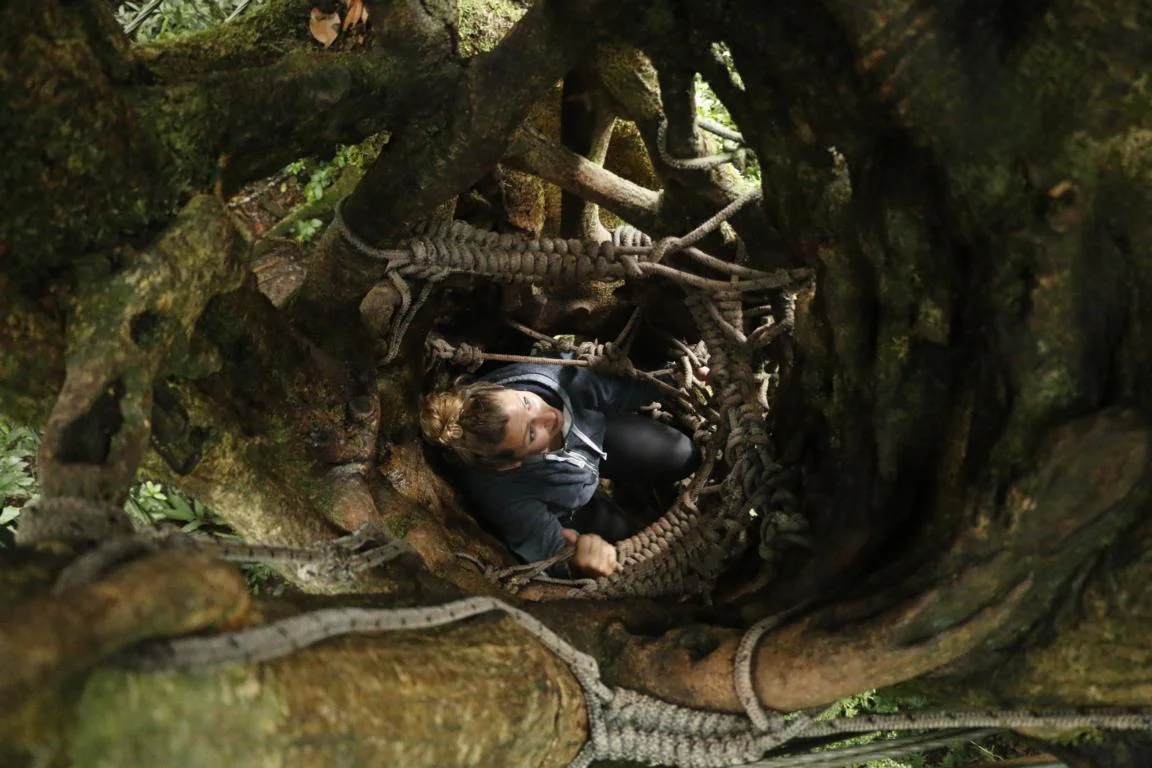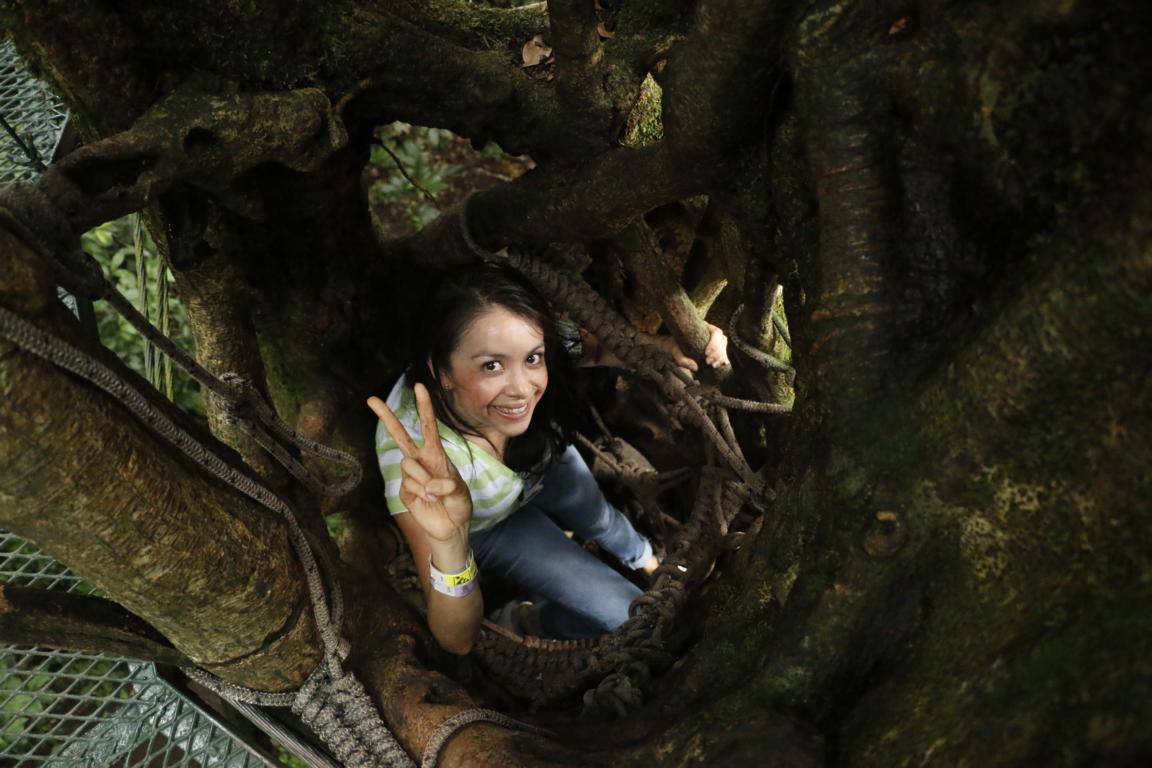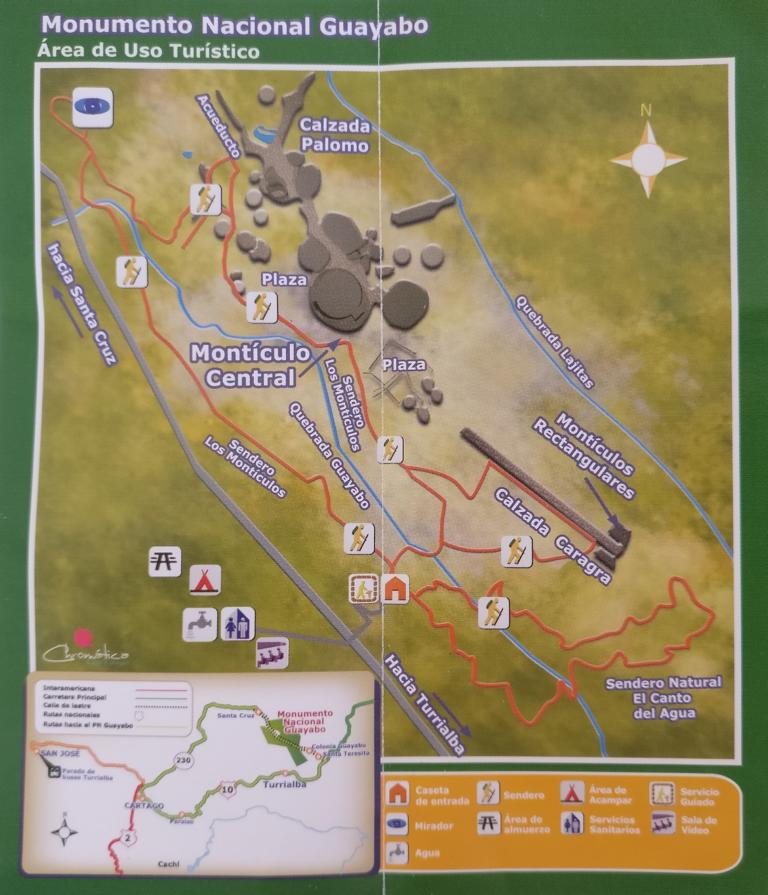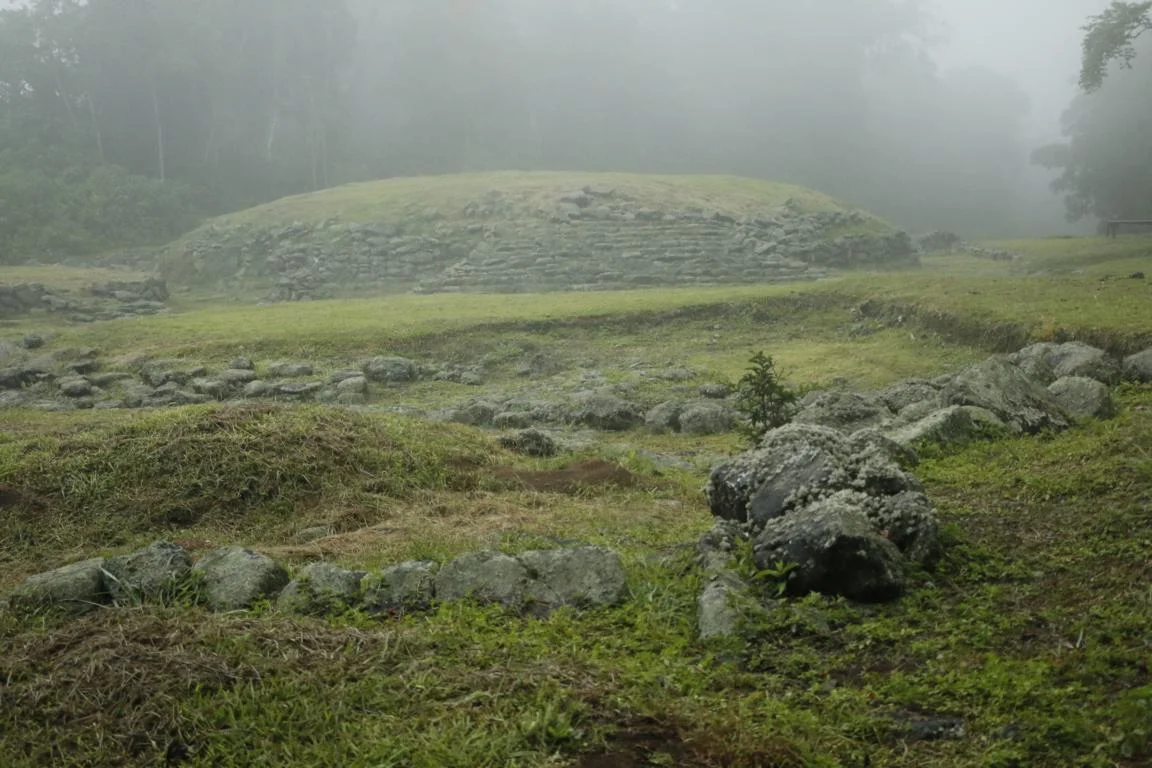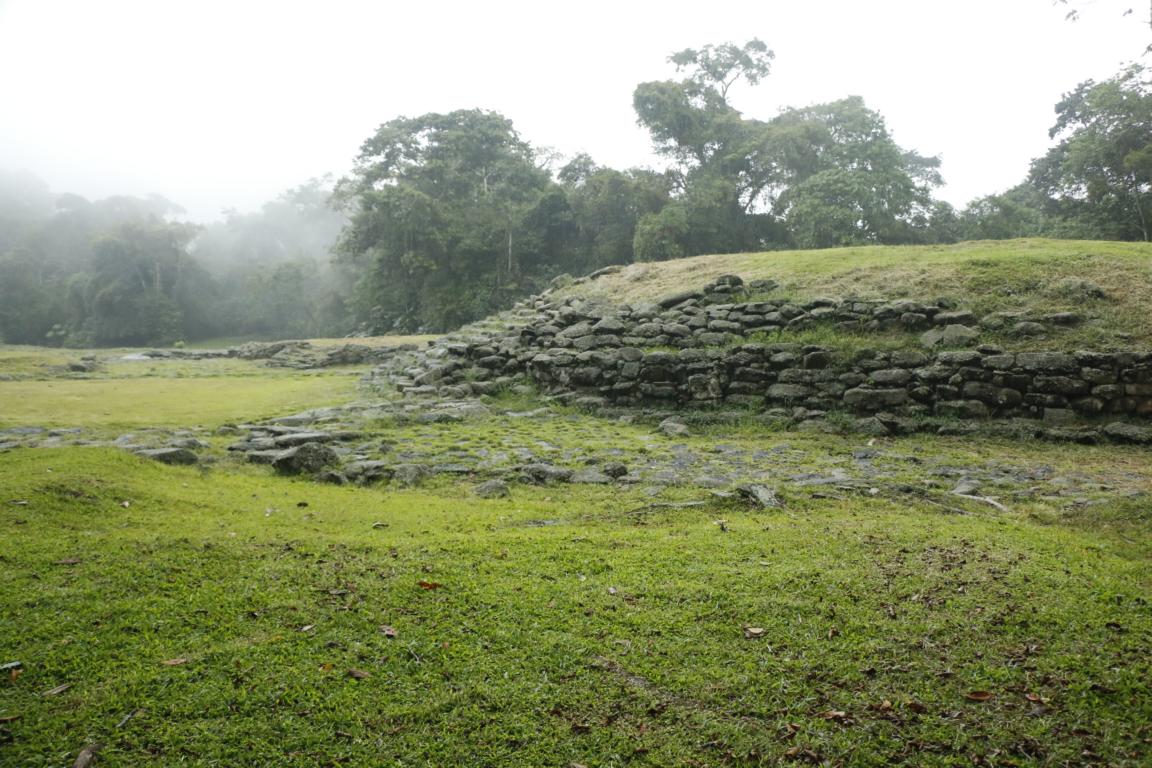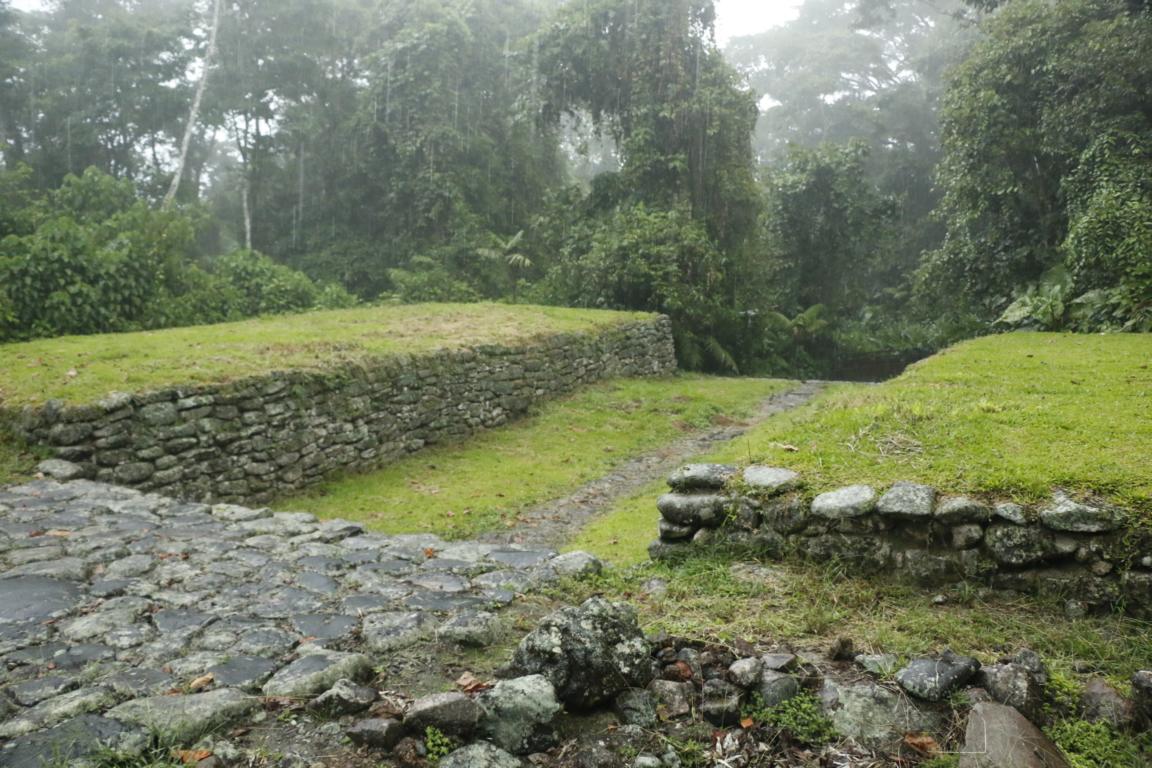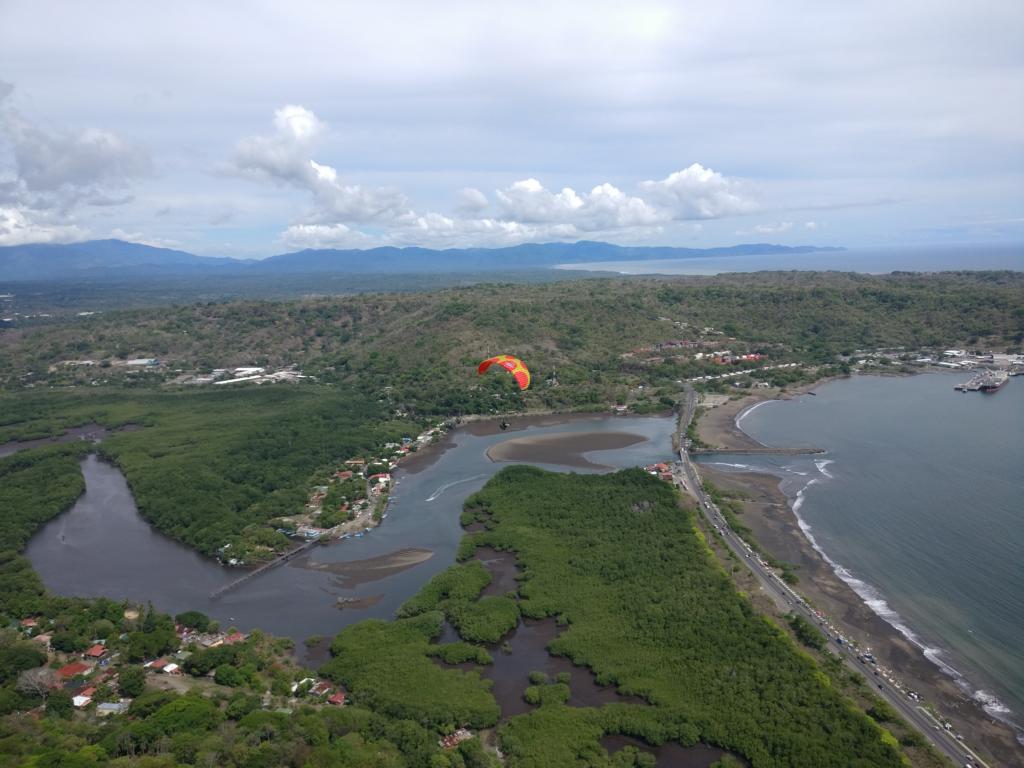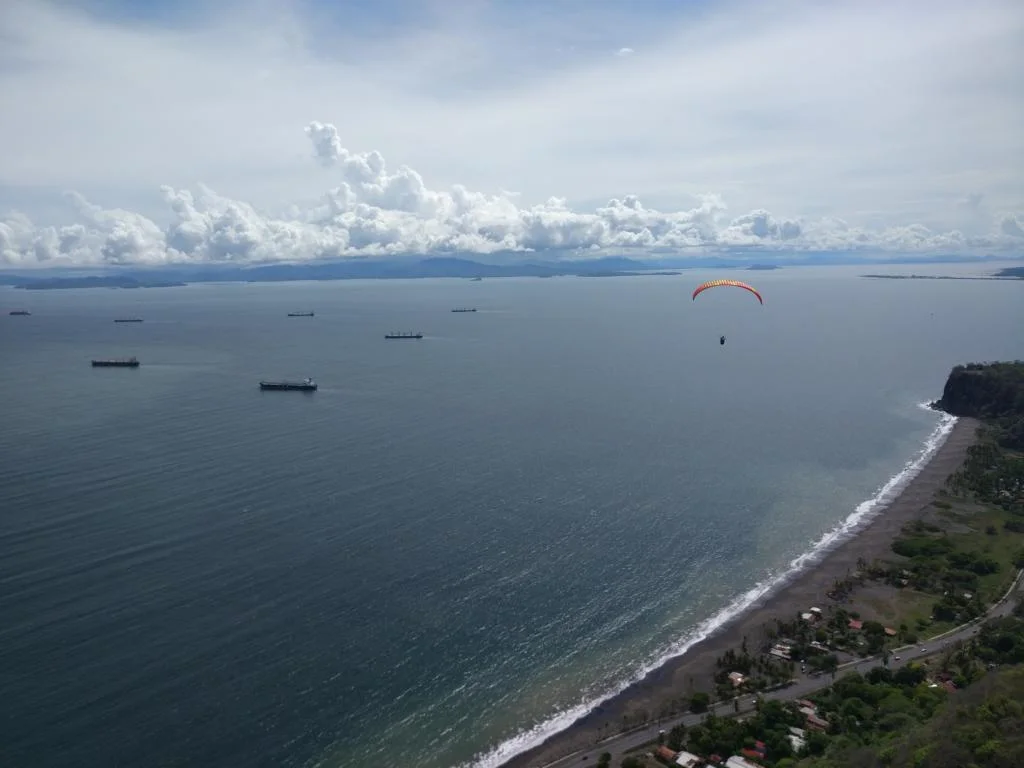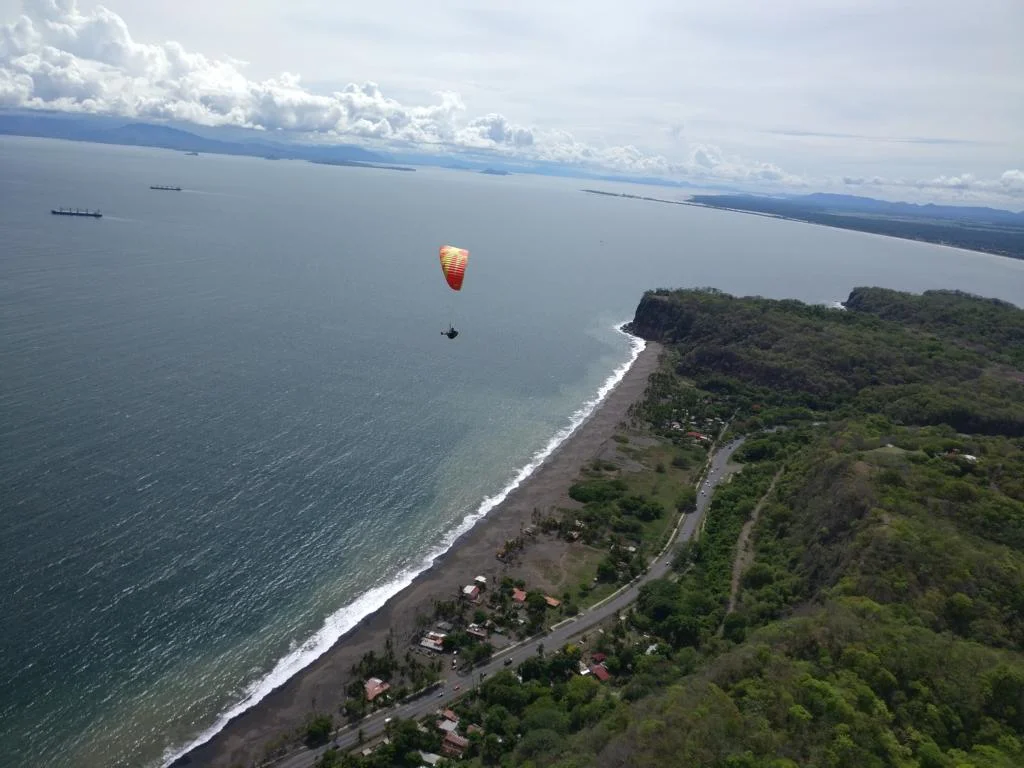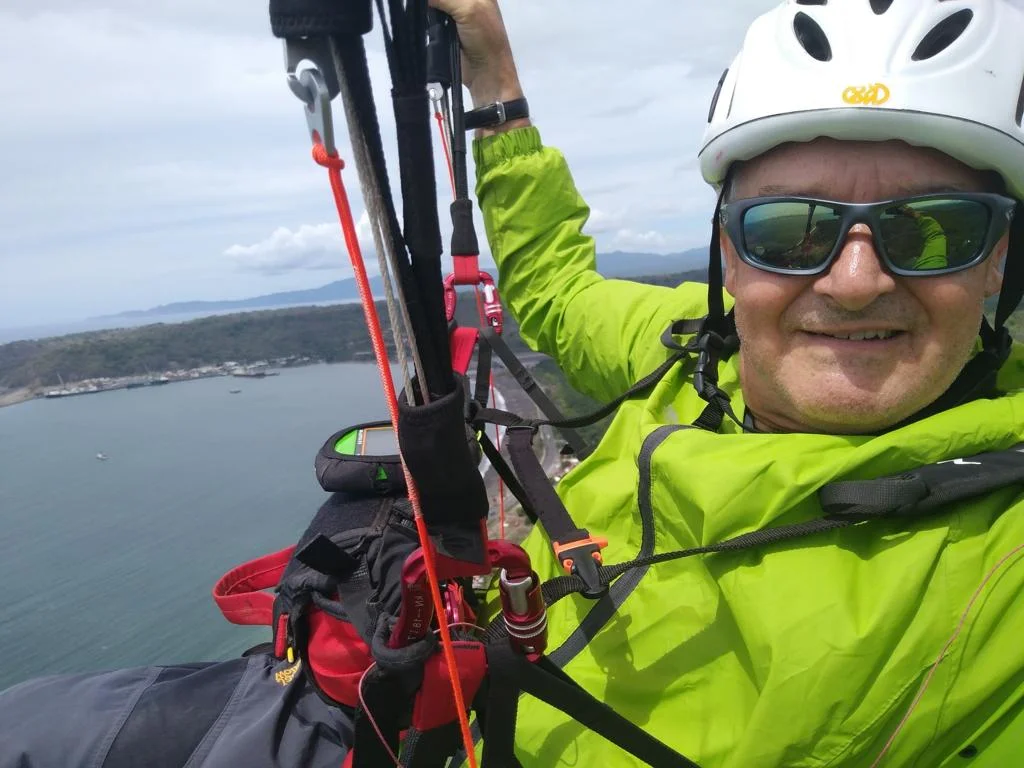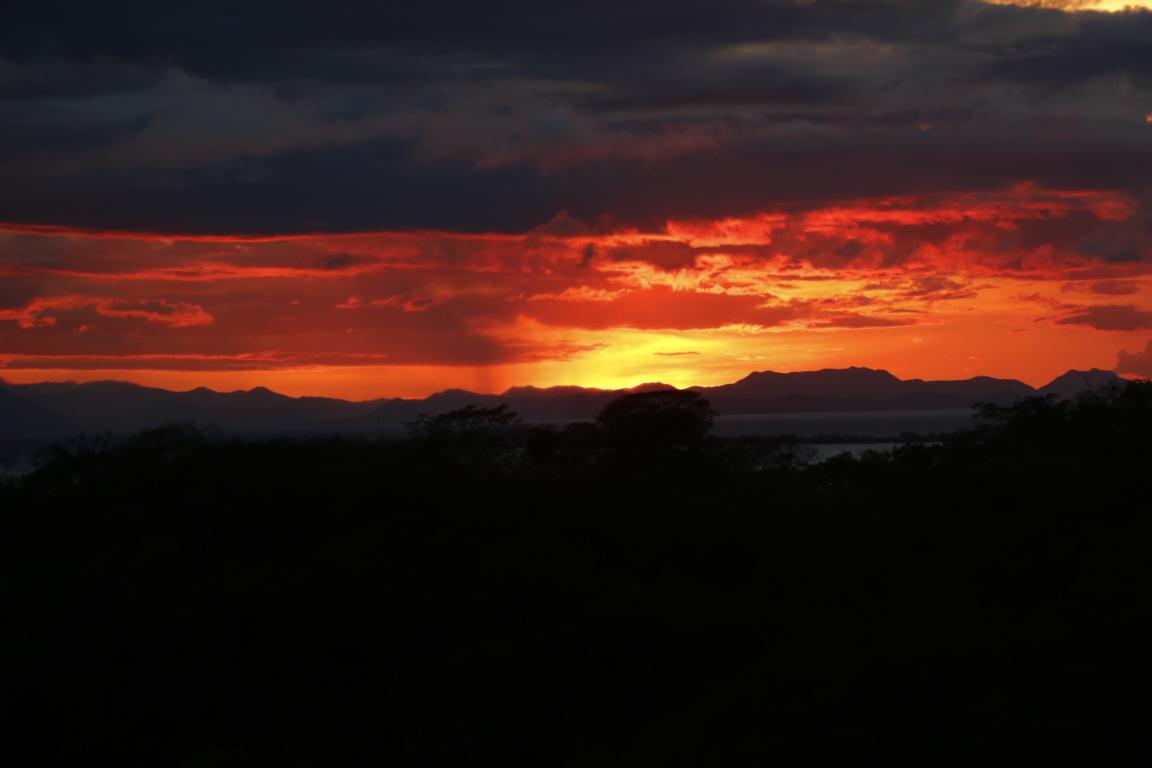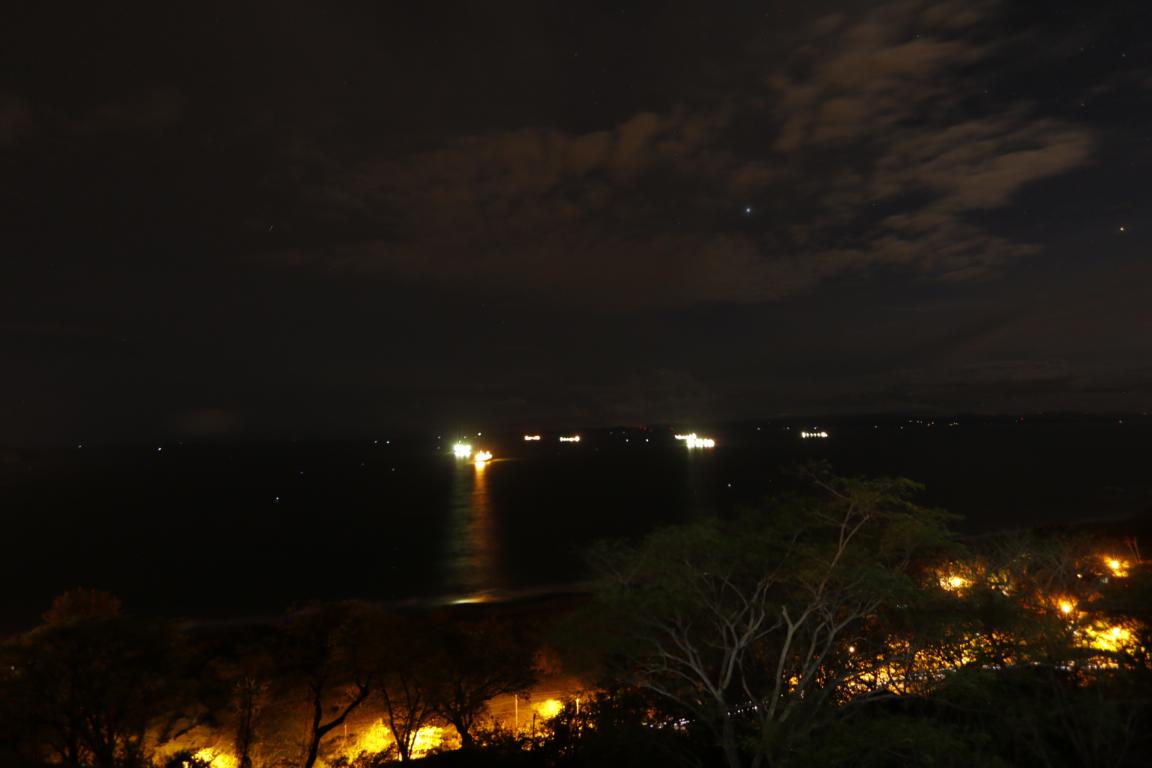Costa Rica – May 2018
Costa Rica (51,100 square km; 4.9 million inhabitants) in 1948 after a short civil war abolished the army and since that is considered the most stable country in the region. It is a middle-income country and developed democracy with one of the highest literacy rates in Latin America.
Apart from the costal region Costa Rica is very mountainous or at least hilly. The highest elevation is called Cerro Chirripó, at 3,819 meters. The climate is tropical all year round with many different microclimates depending on elevation, rainfall and topography. Costa Rica has two seasons: The dry season goes from December to April, the rainy season from May to November. I travelled at the beginning of the rainy season. The days normally start sunny, the sky becomes overcast from late morning on and rain starts in the afternoon which frequently becomes a tropical downpour. Due to the abundance of water a lushly green vegetation (rain / cloud forest) covers the whole country.
Costa Rica has six active volcanos and a couple of dozen dormant ones. With the Caribbean coast in the north-east and the Pacific in the south-west Costa Rica has an abundance of wonderful beaches. For tourists Costa Rica offers a fantastic country side, lovely beaches, a large number of national parks with an abundance of wildlife and the possibility to do a lot of outdoor sport activitis (surfing, diving, kayaking / rafting, hiking, paragliding, horseack riding, bird watching). In addition Costa Rica is considered quite a safe country, some 3 million tourists visit it every year. However, Costa Rica unfortunately is quite expensive to travel.
Costa Rica’s main attraction are nature and its 26 national parks. The country is a world leader in conservation policies with protected areas that encompass over 25 percent of its total landmass - the highest in the world.
Entering Costa Rica from the south I first visited the Corcovado National Park (424 square kilometers; established in 1975) located on the Osa-Peninsula. National Geographic has called it "the most biologically intense place on Earth in terms of biodiversity". Together with our guide Mike, Laura, an Italian tourist, and I entered the park from the east side and stayed inside the park for three days. It is a strenuous eight-hour walk (one way) from where we parked the car to the ranger station Sirena. Most of the time the path follows the coast line some 50 m inside the jungle. However, some sections one has to walk on the beach (photos show the march in and out). As you will realize later this national park is not something for the faint-hearted.
In the Corcovado NP one has a good chance to see a Puma. Actually, we did not, but the Puma saw us. Another guide later told us that he saw how a Puma for some time was trotting 100m behind us on the beach. On the way out we found fresh traces of a puma or a jaguar in the sand. Just in case you might encounter one these are the “do and don’ts”.
There are several rivers to cross which can become significantly bigger during hightide. 1.7 km before the Sirena ranger station one has to cross the Rio Claro which is the habitat of several crocodiles and sometimes also bull sharks have been spotted. The trick is to stay close together to appear as a big animal in order to discourage an attack. When we were in the middle of the Rio Claro we saw a two-meter crocodile swimming in the muddy water eye-balling at us from a distance of 30m. Fortunately it did not attack us. Photos show the Rio Claro at mid-tide and low tide. The last two pics show a four-meter American crocodile in the Rio Sirena, a river which we luckily did not have to cross.
The vegetation in the national park is tropical rain forest. Pictures show a fig tree and a strangler fig. Most of the trees have flat roots as the nutrition rich layer is only 10 to 20 cm strong.
The Sirena ranger station is the only place within the national park where tourists are allowed to stay overnight. The station can also be reached by boat and has a small grassy air strip. However, it takes special pilot skills to land here and aperantly not everybody in the past had the necessary expertise.
It is obligatory to take a guide to enter the park. Our guide was Mike Boston ( mob; +506 2735 5670; www.osaaventura.com) an Irish biologist who works in the park for more than 20 years, in particular on crocodile conversation and butterflies. His nickname is Cocodrilo Dandy (Crocodile Dandy) and he turned out to be an excellent guide.
As there was hardly any hunting in that area animals do not consider humans as a danger and let visitors come very close. The coatis (hog-nosed coon, Nasenbär) allowed us to come as close as three meters.
Trees are full with monkeys. Pictures show spider-monkeys climbing through the crowns of the trees.
We were able to come close to a (Baird's) tapir. Normally tapirs are quite shy and with their strong jaws and teeth can become dangerous for humans.
In the same pond as the tapir there also was a young spectacled caiman.
The Corcovado NP is home to 375 different species of birds, here some of them: roseate spoonbill (Rosalöffler), bare-throated tiger heron, juvenile ibis, woodpeckers.
Some animals came closer than we wanted: On the second day we had an encounter with a herd of some 30 white-lipped peccaries (Weißbartpekari). According to Mike they are considered the most dangerous animals in the jungle as they aggressively attack humans. Hiding behind the roots of a fig tree we were encircled by the peccaries for 10 minutes. While we did not really have a plan-B we finally were able to scare them away by making a lot of noise with my ski-poles.
Unlike their dangerous relatives the smaller collared peccaries are harmless and peaceful.
The agouti is related to the guinea pig
The golfo dulce poison dark frog is only 3.5 cm big but has a highly neurotoxic poison in its skin.
Walking through the jungle we found a young coral snake. It is the second most-venomous snake in the world. Its poison paralyzes the breathing muscles. Mike – living up to his nick-name Cocodrilo Dandy - caught the snake with his bare hand. However, the snake fought back and bite him. Luckily it was only a baby coral snake so the poison was not yet strong and Mike only suffered a sever pain in his hand.
The jungle is full of lizards, iguanas, butterflies and moths: anolis, basilisk lizard, owl butterfly, green urania.
As said there are 26 more national parks. The Tenorio National Park in the north of Costa Rica attracts visitors with a special visual attraction. Due to a chemical reaction of different minerals transported by the two rivers the clear water at the confluence suddenly turns into a murky blue.
The National Park Manuel Antonio demonstrates to the visitor impenetrable jungle and mangrove forest. Sloths and iguanas may cross your way and on the great beaches within the national park the coatis are anything else but shy.
Near Tarcoles at the Pacific coast the Panamericana crosses a river where several dozens of crocodiles live under the bridge.
Monte Verde located at 1,000m is famous for its cloud forest. Using bridges visitors can have a walk through the treetops in order to better understand the vertical ecosystem. Strangler figs grow from the top down using a host tree and over a process which may last several hundred years eventually kill the host tree. Sometimes nature creates structures which allow to climb up inside the tree.
Compared with other countries Costa Rica has only few archeological sites. The most important one is Guayabo, located in the central highland. It consists of 43 stone structures which are the remains of a city populated between 1000 BC and 1400 AC.
Finally, Costa Rica also has a number of nice paragliding sites. I flew in Caldera on the Pacific coast.

